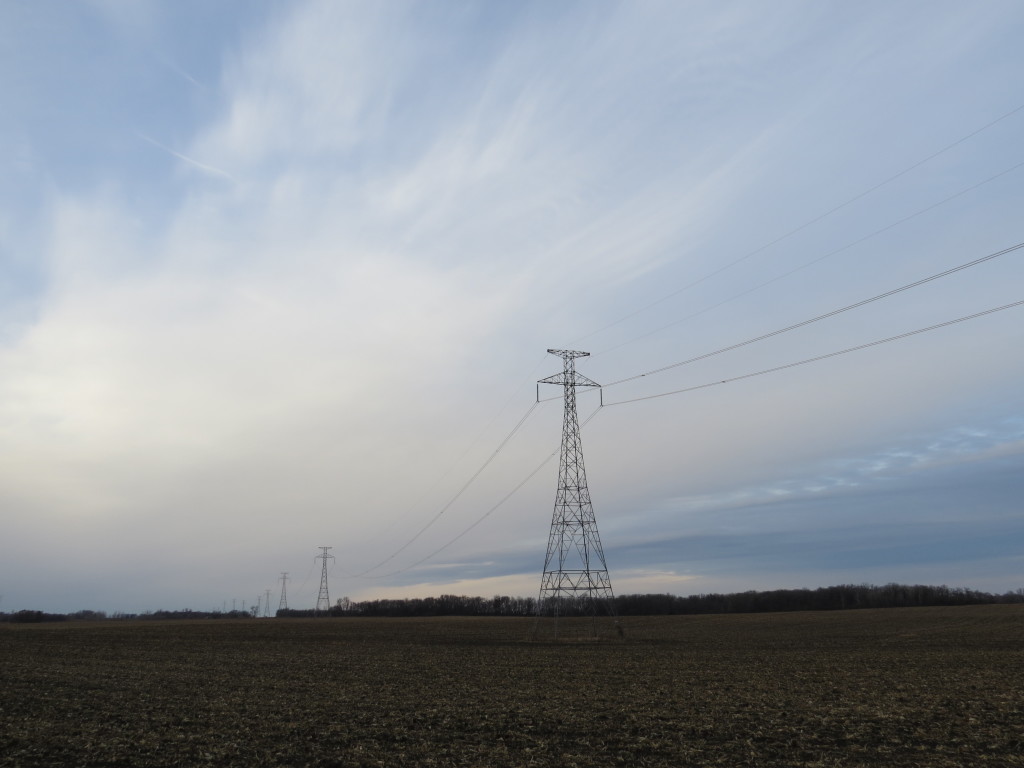Save time. Save money. Save headaches. Save the fun for another day. The longer I bird, the more rewarding I find local birding. Most anyone can see what birds they want if they have the means and time to hop in a car and drive across the state or get on a plane and go someplace new. But not everyone can see what they want in a limited geographical area even if they have all the time and money in the world. Racking up the numbers in the near-perfect 24×36 mile rectangle that is Kandiyohi County is tough. While I haven’t jumped on the popular 5-Mile Radius bandwagon, I do take my birding pretty seriously in these 864 square miles. Birding a relatively small area makes the victories all the sweeter and the misses even more anguishing. Case in point was an Eastern Whip-poor-will found by Dan Orr on April 30 in the far NW corner of the county. Dan found the bird during the day surprisingly, and not surprisingly, I was tied up with shuttling kids around to their activities. I couldn’t make the 40-minute drive until dark, which is okay considering hearing a nightjar is much more probable than seeing one. Joel Schmidt was on the scene before me having no luck finding it. Then, two minutes before I arrived, he heard it. I stayed on over an hour without hearing a whip or a will. Ugh.
Yet another stinging miss was a Summer Tanager in Randy Frederickson’s yard in May of 2017 while I was across the country. I literally got the news just after landing in Arizona. Talk about bad timing. All I had to cling to was a thin hope of another one based on Randy having seen this species in his yard a few times over the last couple decades. It turns out that my hope was not that thin. History repeated itself almost exactly a year later, except I was in the right place at the right time for once to get #258. Twice I’ve made long-distance car chases for this species, and here I had one just across town. Sadly, that story has repeated itself all too often for me with other species.
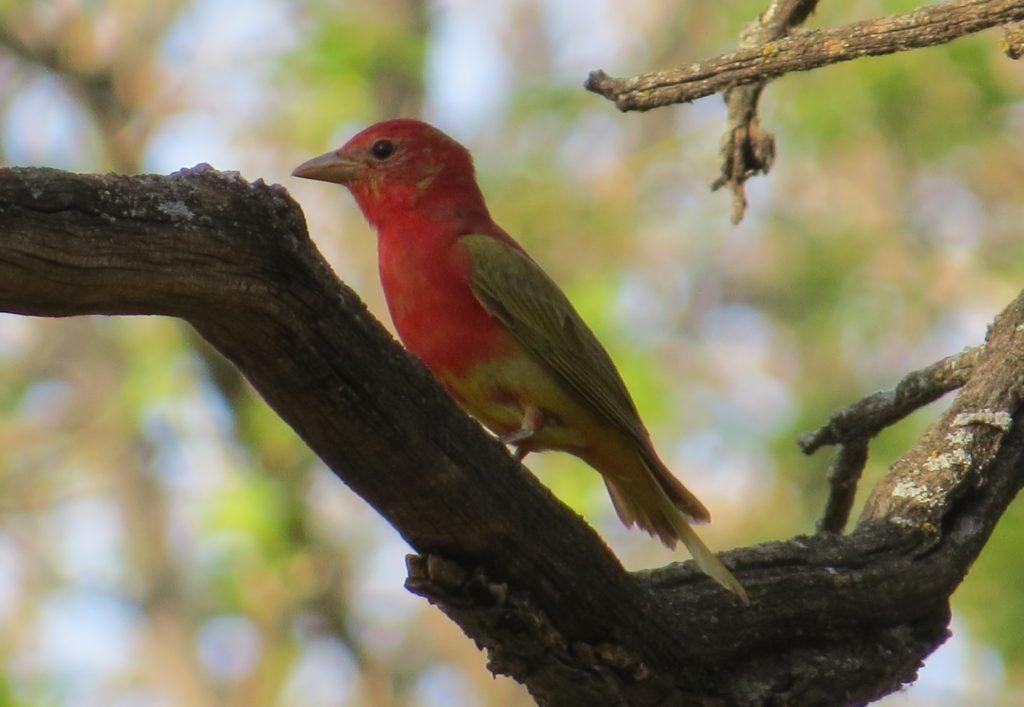
Not long after I enjoyed this Tanager with Randy and his wife in their yard, Randy and I were out birding one morning when I picked up county bird #259*. *This bird, if accepted, would be a second state record. I’ll write more on that if we have success with it being accepted. If not, just forget this paragraph even existed.
Serendipitous rarities at the local level are always received with great joy since they are completely unexpected. You can’t get too upset about the really rare birds you don’t have on your county list. However, it’s the birds that you know show up annually but are still missing from the list that really get under the skin. Two of those for me were Sanderling and Henslow’s Sparrow. My battle plan was to hit up shorebird habitat hard during the end of May to hopefully get a Sanderling, a late migrant. Then, during June, I would make it my daily chore to go beat the innumerable grasslands in the county for a Henslow’s. I was looking forward to this struggle, actually. A few visiting birders laid waste to my perfect plans by finding both my Henslow’s AND my Sanderling for me in the SAME day!
County listing gurus, Andy Nyhus and Dedrick Benz, answered my case-of-beer promotion for any non-county resident that finds me a new Kandiyohi bird when they dug up a Henslow’s Sparrow on territory in the far SE corner of the county. It was a bittersweet #260–good to finally get it, but now my June birding plans were in shambles.
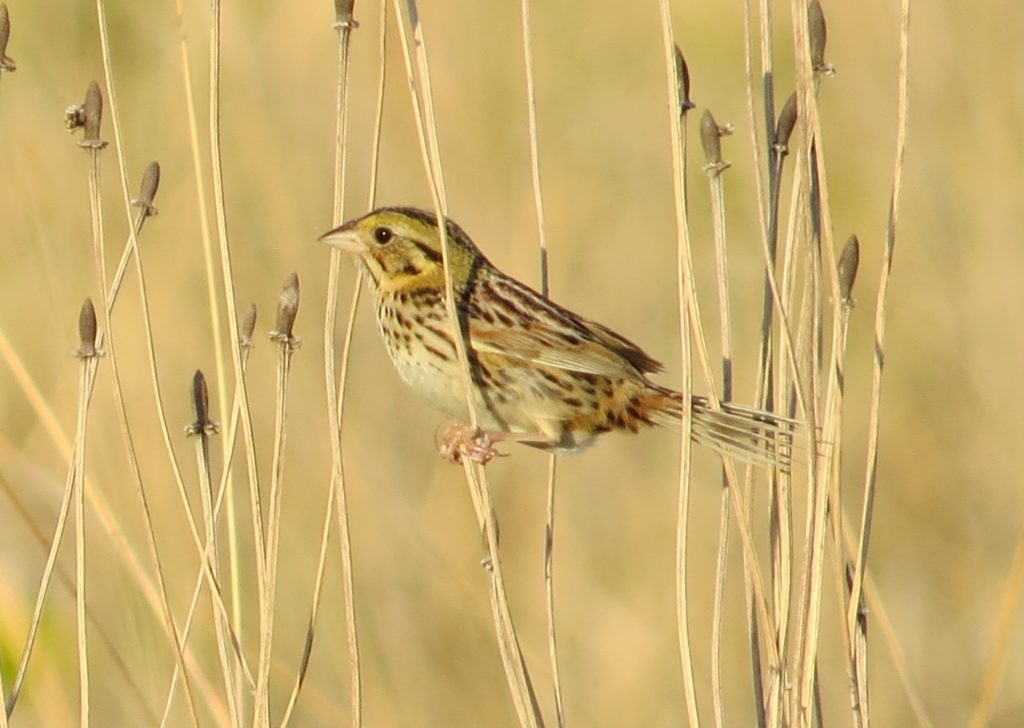 I have wanted this Sparrow for a long time. The last time one was in the county was in 2013, my first summer of birding. I did try for that one, but I was so green that I didn’t really know how to try. Plus I later found out that I was in the wrong spot by like a quarter mile. Needless to say, with this year’s find I immediately raced down to that corner of the county, making me slightly late for meeting up with a friend that morning. Getting the bird was a cinch as it could be heard from the parking lot. I spent a little time with it and then raced back to my meeting. When that meeting ended at noon, I promptly went to the liquor store to make good on a promise. I made my purchase but was disappointed to find out that Andy and Dedrick were no longer in the county to collect payment and had vanished like the DeLorean, leaving fiery trails of good birds for others to marvel at. Two of those birds were some Sanderlings and Ruddy Turnstones that same afternoon on a beach at Lake Minnewaska in neighboring Pope County. The find actually pushed me out the door that very same day to start checking similar beaches in this county. I checked several but did not go to the beach at Green Lake in Spicer. Though I thought of it, I instead went to lakes to the south. It’s a good thing that county-listing expert, Herb Dingmann, had the same hunch after ticking Andy and Dedrick’s Pope finds. He did stop at Green Lake and found the same pair of species! Twenty minutes after his call, Steve and I were on site, enjoying our latest county bird. This was #261 for me.
I have wanted this Sparrow for a long time. The last time one was in the county was in 2013, my first summer of birding. I did try for that one, but I was so green that I didn’t really know how to try. Plus I later found out that I was in the wrong spot by like a quarter mile. Needless to say, with this year’s find I immediately raced down to that corner of the county, making me slightly late for meeting up with a friend that morning. Getting the bird was a cinch as it could be heard from the parking lot. I spent a little time with it and then raced back to my meeting. When that meeting ended at noon, I promptly went to the liquor store to make good on a promise. I made my purchase but was disappointed to find out that Andy and Dedrick were no longer in the county to collect payment and had vanished like the DeLorean, leaving fiery trails of good birds for others to marvel at. Two of those birds were some Sanderlings and Ruddy Turnstones that same afternoon on a beach at Lake Minnewaska in neighboring Pope County. The find actually pushed me out the door that very same day to start checking similar beaches in this county. I checked several but did not go to the beach at Green Lake in Spicer. Though I thought of it, I instead went to lakes to the south. It’s a good thing that county-listing expert, Herb Dingmann, had the same hunch after ticking Andy and Dedrick’s Pope finds. He did stop at Green Lake and found the same pair of species! Twenty minutes after his call, Steve and I were on site, enjoying our latest county bird. This was #261 for me.
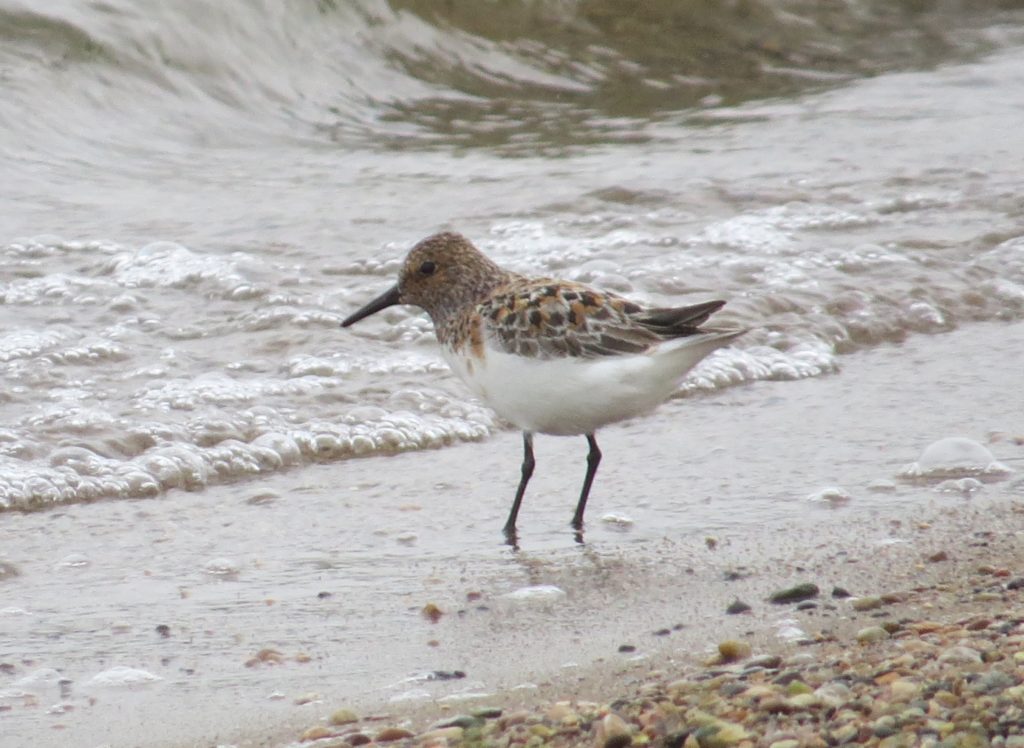
Ruddy Turnstone is not a shabby bird either, only my second in the county.
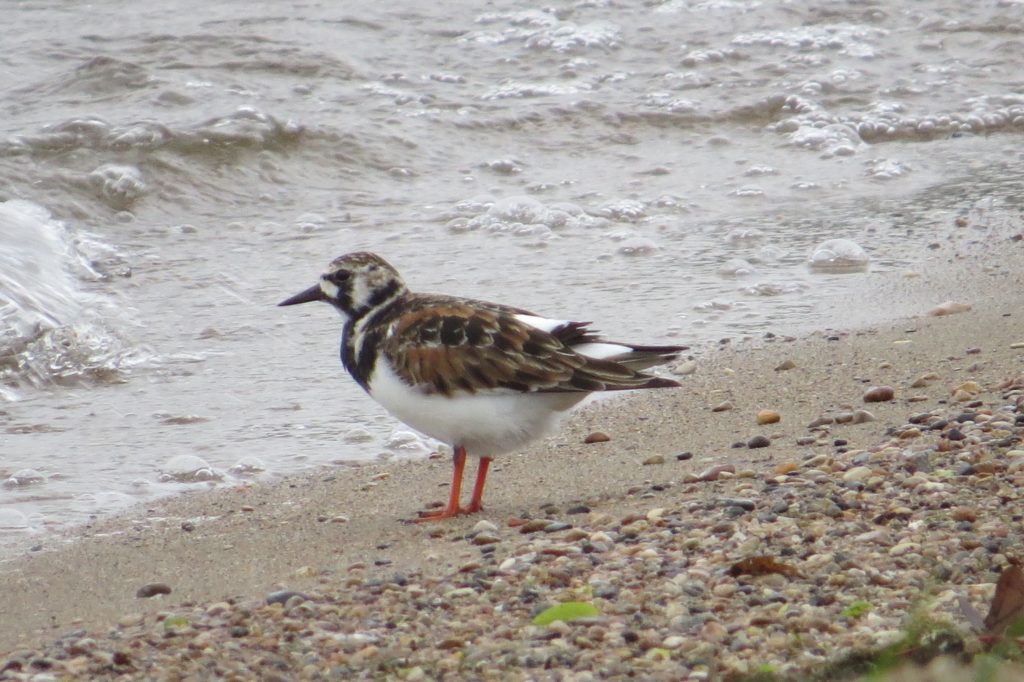
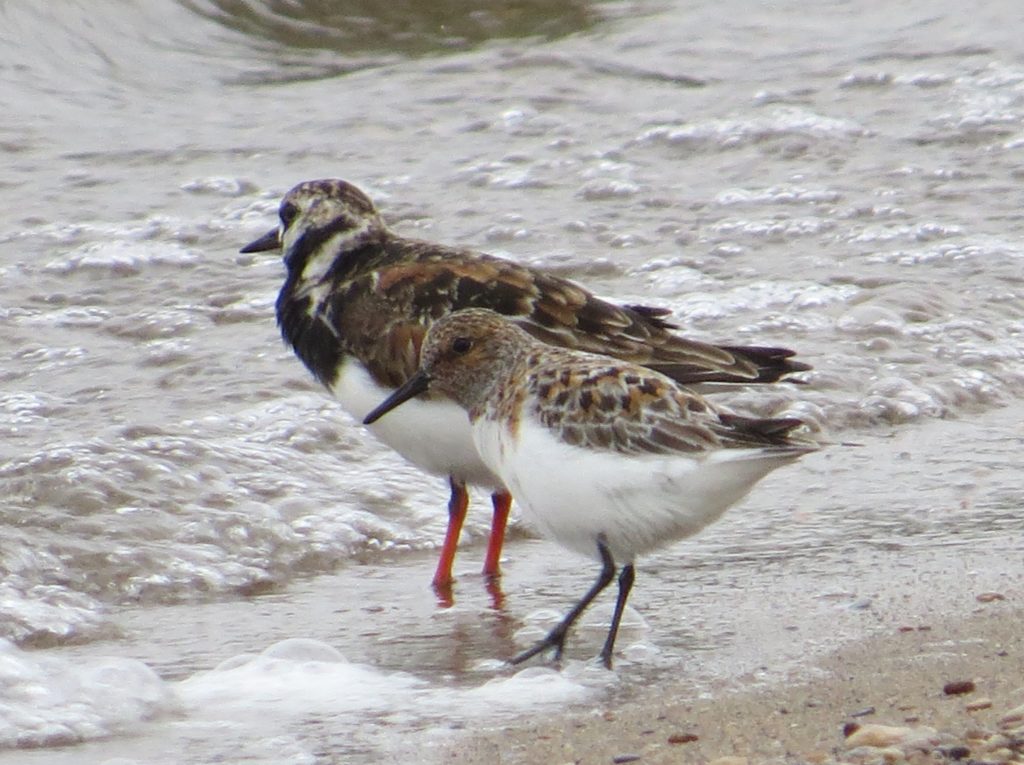
So just like that I was out of birding targets for the immediate future. I almost didn’t know what to do with myself. At my current number for the county, I am essentially waiting on vagrants to show up to get the number higher. There are a couple more regular hold-outs which I will pursue come fall and winter, but what does one do now? I have never understood the appeal of 87-county listing, but maybe this is it how it begins–the local list gets saturated with good birds and one must look across borders for new tics to keep the thrill alive. Or maybe it happens innocently when a slew of good birds shows up at the ponds at work in neighboring Meeker County. The ponds have been drawn down this year making it tidy little hotspot during migration.
A confiding pair of Northern Pintails that hung out for a week was a fun Meeker tic.
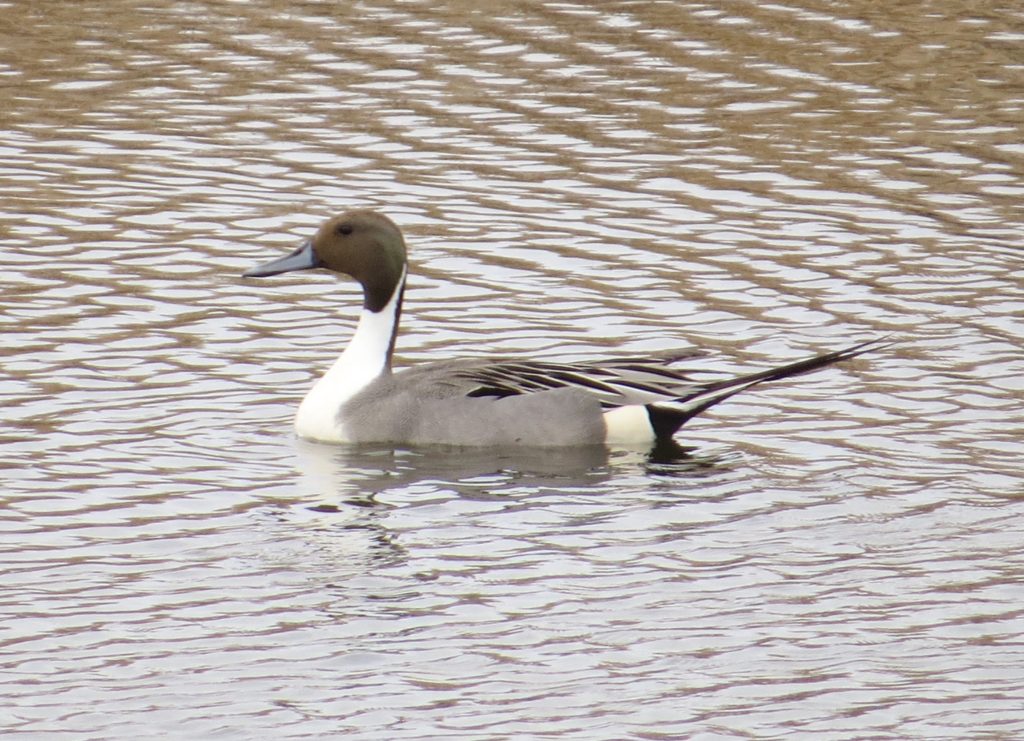 Fun as the Pintails were, nothing could make the Meeker slope more slippery like the 1-2-3 punch of Willet, Snowy Egret, and Caspian Tern. The latter two were seen on the same day as I was hurriedly leaving work to chase the Curlew Sandpiper.
Fun as the Pintails were, nothing could make the Meeker slope more slippery like the 1-2-3 punch of Willet, Snowy Egret, and Caspian Tern. The latter two were seen on the same day as I was hurriedly leaving work to chase the Curlew Sandpiper.
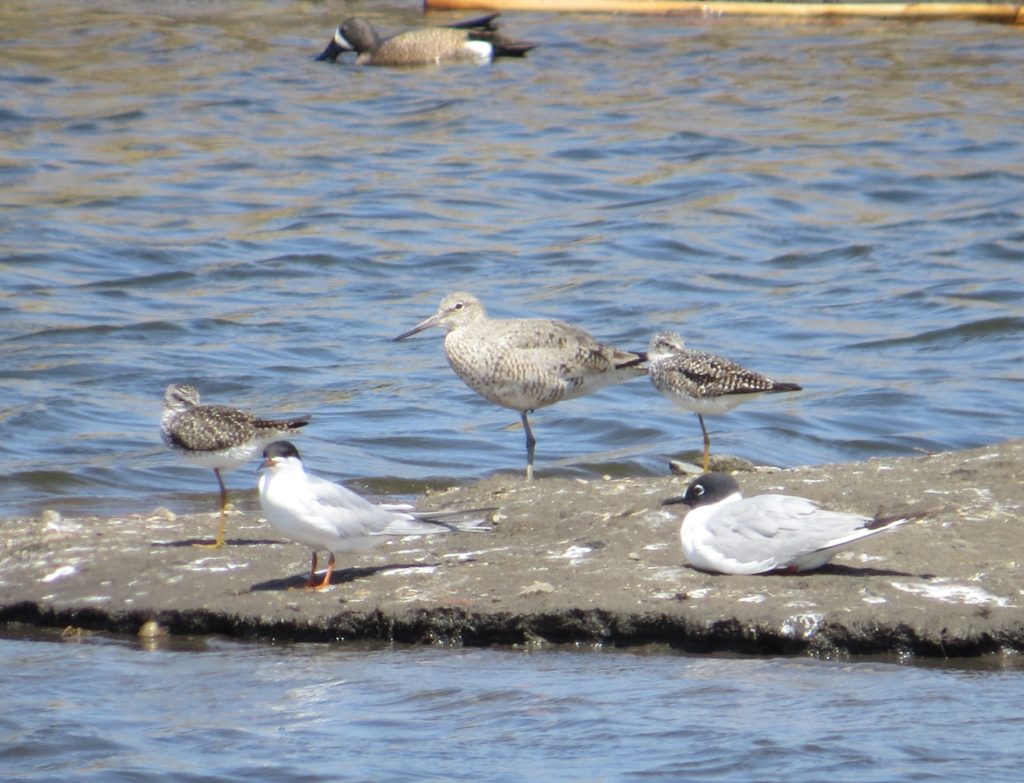 After work one day, coworker and birding buddy Brad Nelson had seen some smaller Egrets fly over and land at the ponds but wasn’t able to investigate. He asked if I could check it out. Though the Curlew Sandpiper was the priority, I told him I could give it a quick once-over. It’s a good thing, too, because Brad’s suspicion on the Egrets was right. This pair of Snowy Egrets became our first eBird flagged rarity for work, and it allowed Brad to tie the record for being #1 in Meeker.
After work one day, coworker and birding buddy Brad Nelson had seen some smaller Egrets fly over and land at the ponds but wasn’t able to investigate. He asked if I could check it out. Though the Curlew Sandpiper was the priority, I told him I could give it a quick once-over. It’s a good thing, too, because Brad’s suspicion on the Egrets was right. This pair of Snowy Egrets became our first eBird flagged rarity for work, and it allowed Brad to tie the record for being #1 in Meeker.
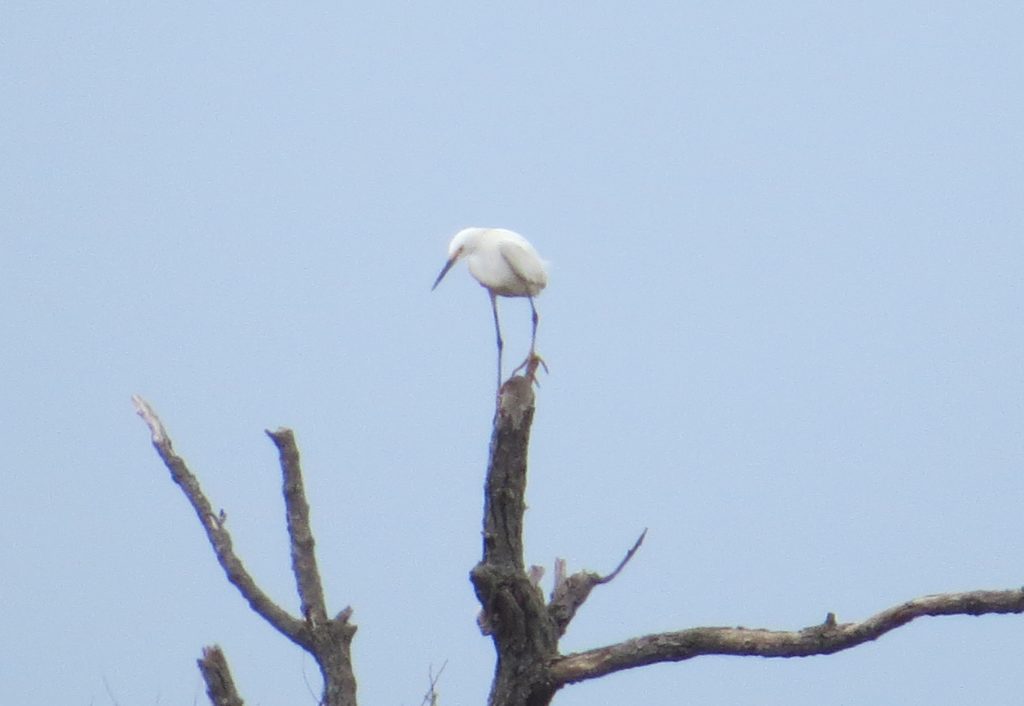 As I scanned the ponds in my haste to get to the Curlew, I nearly missed this Caspian Tern trying to blend in with the Forster’s. Caspian is the better of the two Terns here, and it was the bird that officially crowned Brad Nelson the King of Meeker County. Congrats, Brad!
As I scanned the ponds in my haste to get to the Curlew, I nearly missed this Caspian Tern trying to blend in with the Forster’s. Caspian is the better of the two Terns here, and it was the bird that officially crowned Brad Nelson the King of Meeker County. Congrats, Brad!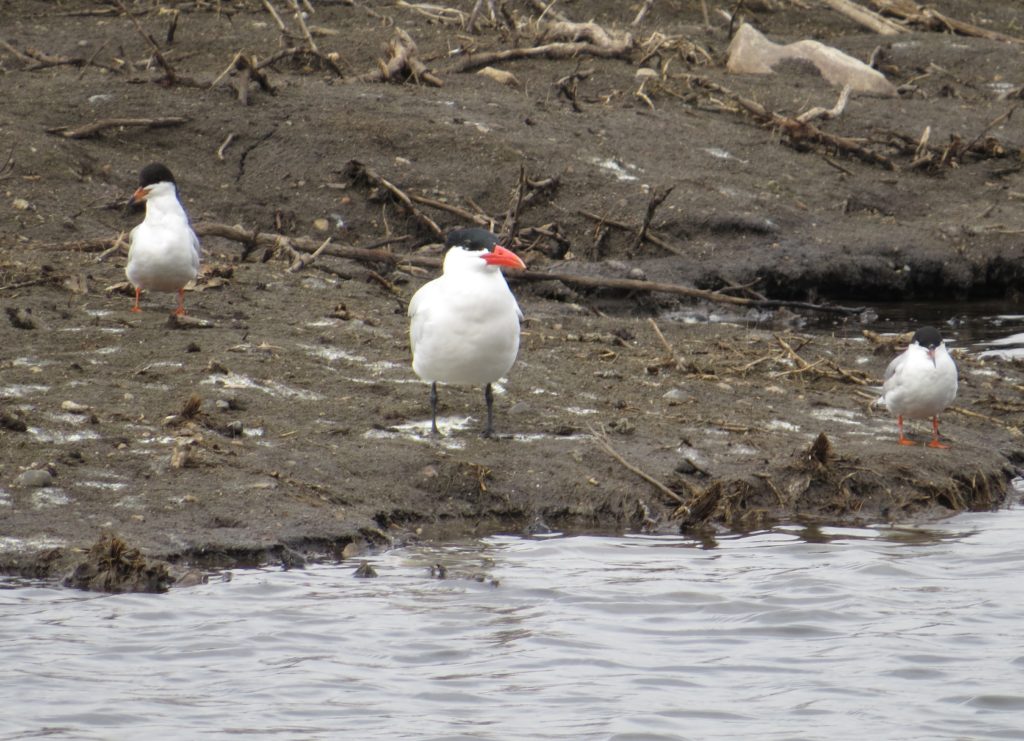 Perhaps the county listing starts innocently with “just a quick trip” 6 miles from the county line to pick up Dan Orr’s Stearns County Mockingbirds.
Perhaps the county listing starts innocently with “just a quick trip” 6 miles from the county line to pick up Dan Orr’s Stearns County Mockingbirds.
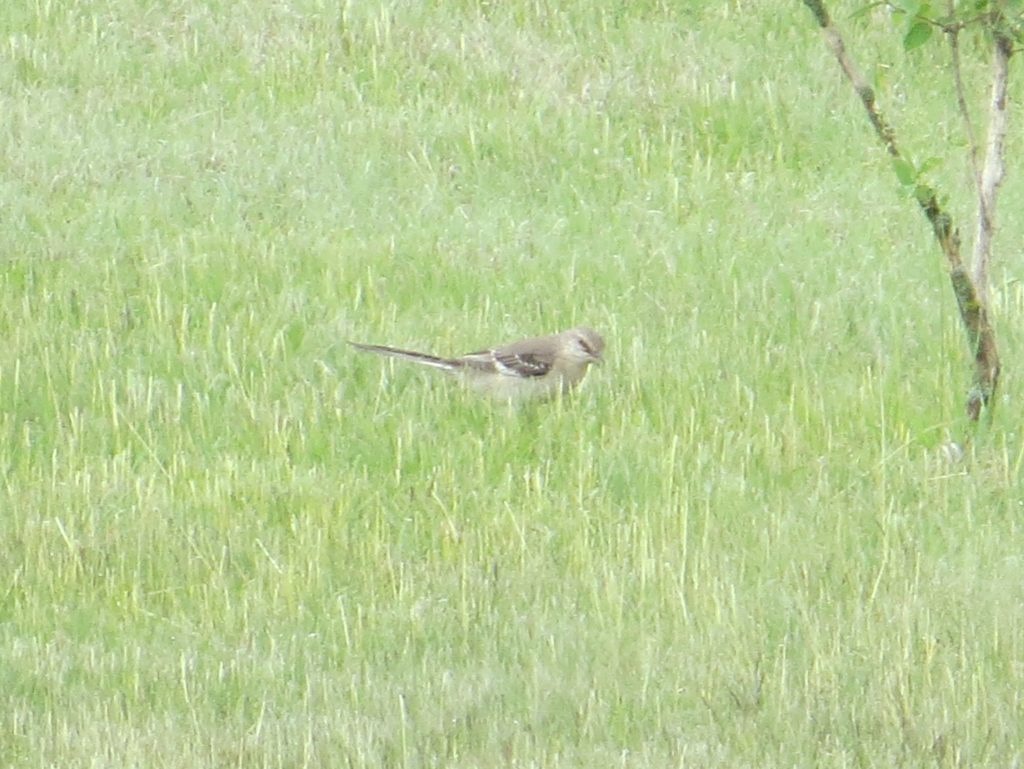 Or maybe it happens when you are driving down the Kandi-Swift County line road and find yourself staring at the Swift side of the line. It’s a good thing I did because it netted me my first real good looks and photos of a Sora. This felt like a lifer, honestly.
Or maybe it happens when you are driving down the Kandi-Swift County line road and find yourself staring at the Swift side of the line. It’s a good thing I did because it netted me my first real good looks and photos of a Sora. This felt like a lifer, honestly.
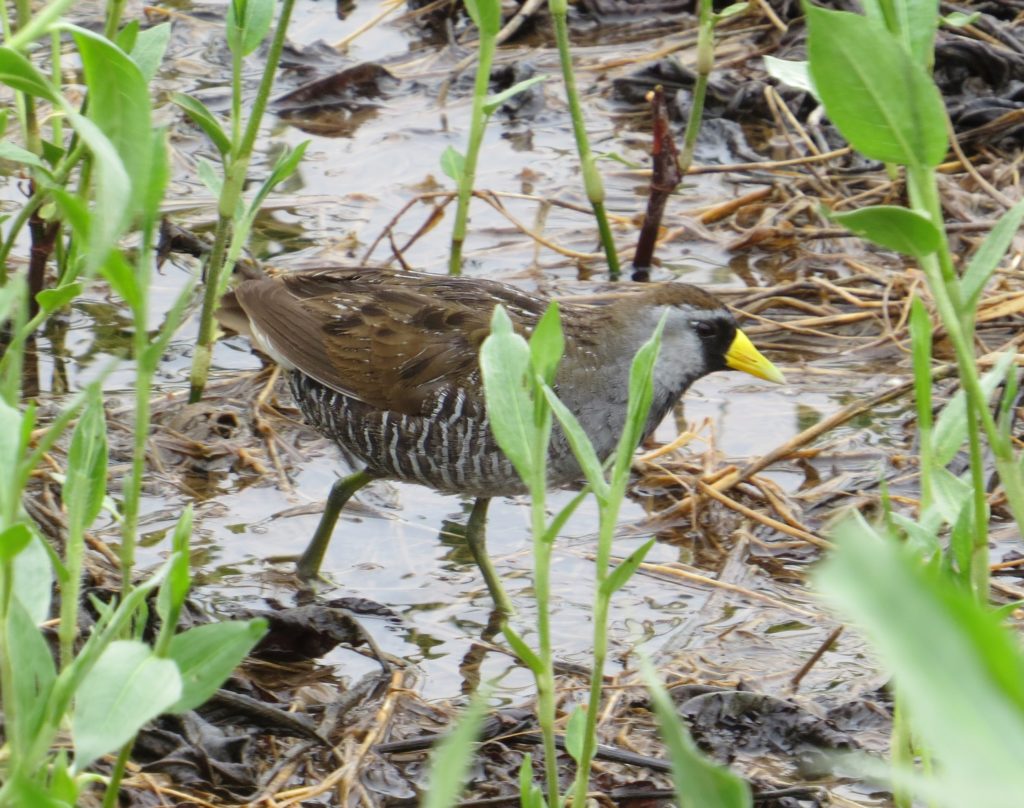 The birding action is too hot at home to be worried about other counties. I’m not and don’t anticipate to be an active 87-lister, though it is fun to add tics when I travel. This spring/summer has produced an abundance of good birds right here in Kandiyohi County, even if they were not new to me. In fact, for the first time ever, I managed to go above the 200 mark in a single year with half the year still to go! Here are some of the more fun finds I’ve encountered along the way.
The birding action is too hot at home to be worried about other counties. I’m not and don’t anticipate to be an active 87-lister, though it is fun to add tics when I travel. This spring/summer has produced an abundance of good birds right here in Kandiyohi County, even if they were not new to me. In fact, for the first time ever, I managed to go above the 200 mark in a single year with half the year still to go! Here are some of the more fun finds I’ve encountered along the way.
Perhaps winning the award for Biggest Surprise was this very late Snowy Owl (April 26!). I had chased some Short-eared Owls (a more expected species at this time) and instead found this guy. Every Minnesota birder will tell you they have looked at countless Wal-Mart bags in fields thinking they had a Snowy Owl. Given the time period, I was expecting this white mass to actually be a Wal-Mart bag. Nope. This was my fifth Kandiyohi Snowy Owl of this past winter/spring.
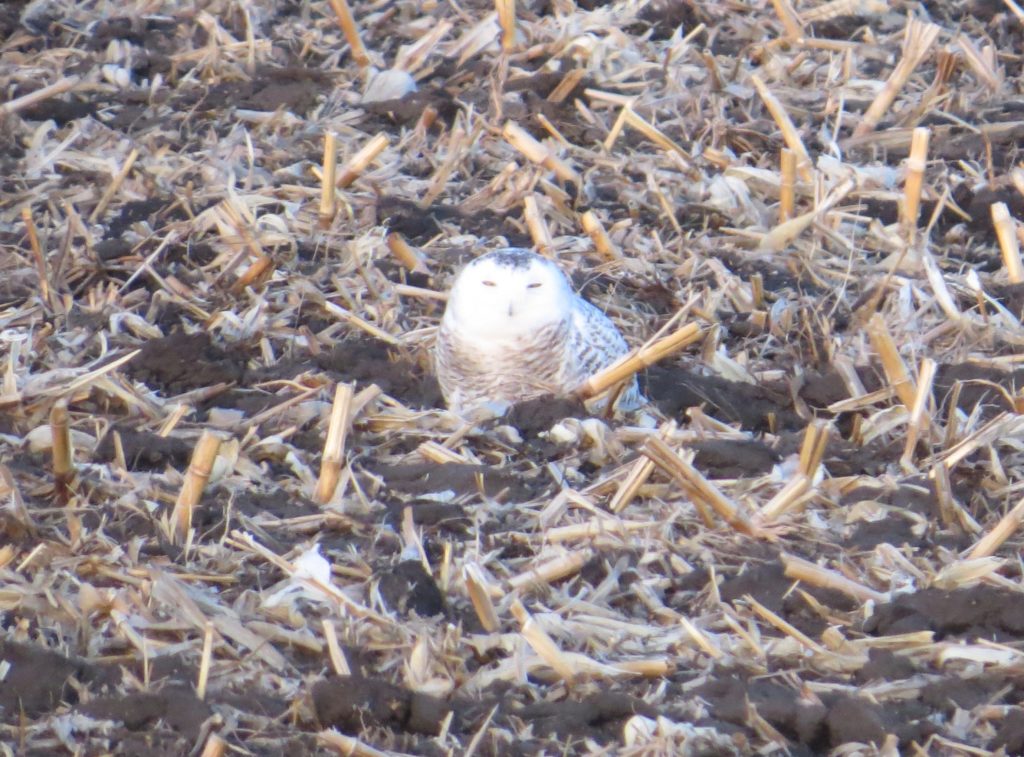 Another, “What’s that doing here right now?” bird was a presumed nesting pair of White-winged Crossbills this spring found by Steve Gardner in the same place I found a flock last November.
Another, “What’s that doing here right now?” bird was a presumed nesting pair of White-winged Crossbills this spring found by Steve Gardner in the same place I found a flock last November.
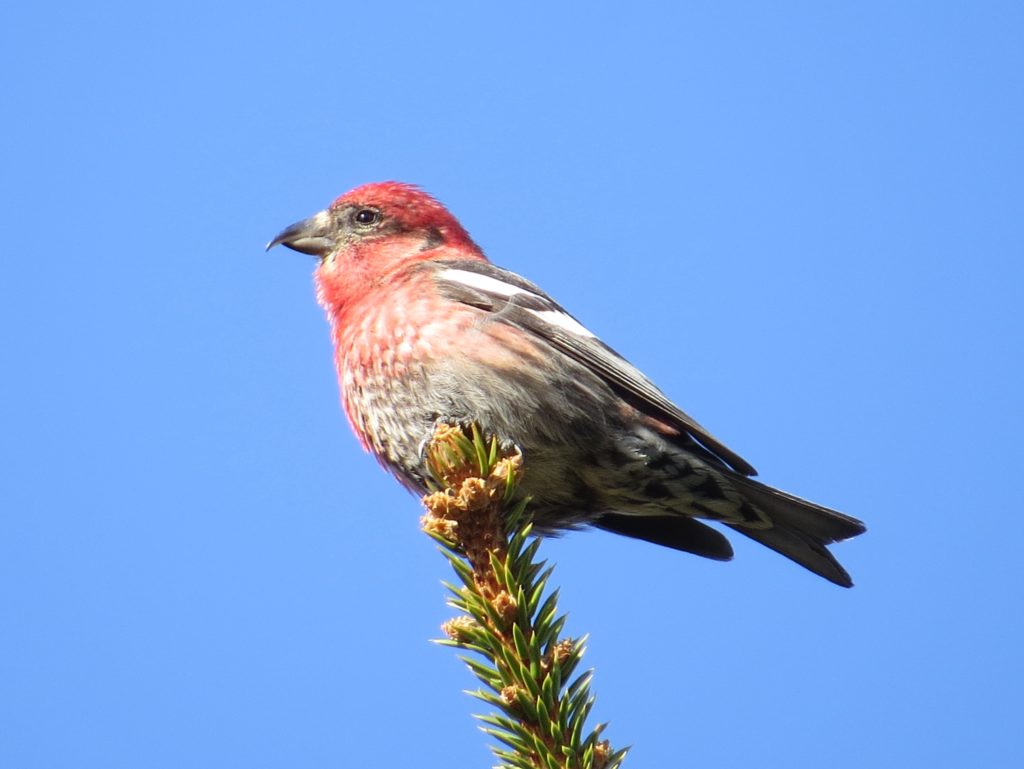
It was good to connect with two different Red-headed Woodpeckers in the county this year already–not a bird to be taken for granted here by any means.
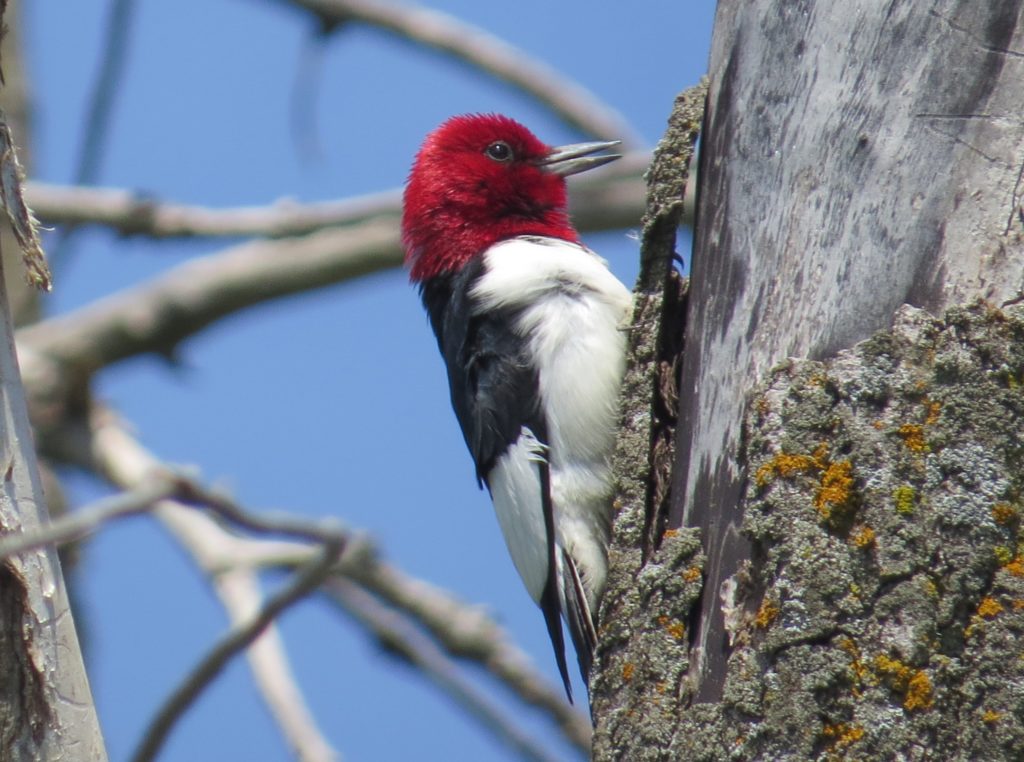 Though not a rare bird for Kandiyohi County, it’s always good to bump into a Scarlet Tanager too.
Though not a rare bird for Kandiyohi County, it’s always good to bump into a Scarlet Tanager too.
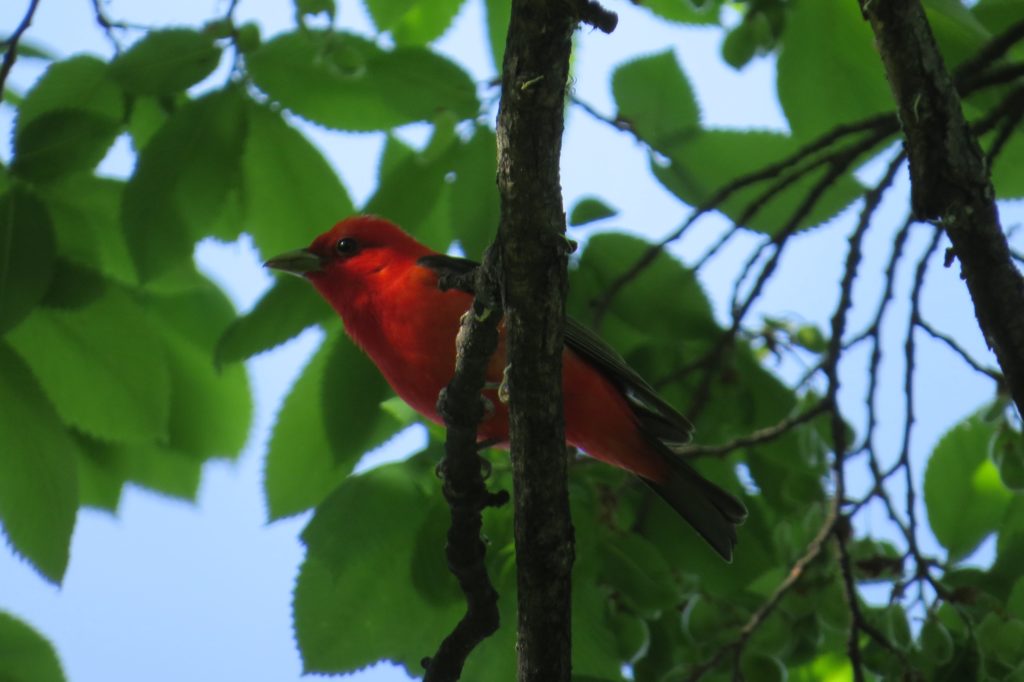 This spring/summer I have many county Seconds, meaning I’ve seen/heard a bird for the second time ever in the county. I was pretty thrilled to discover my second Loggerhead Shrike for the county. I’ve only seen a handful in the entire state, so this was pretty special.
This spring/summer I have many county Seconds, meaning I’ve seen/heard a bird for the second time ever in the county. I was pretty thrilled to discover my second Loggerhead Shrike for the county. I’ve only seen a handful in the entire state, so this was pretty special.
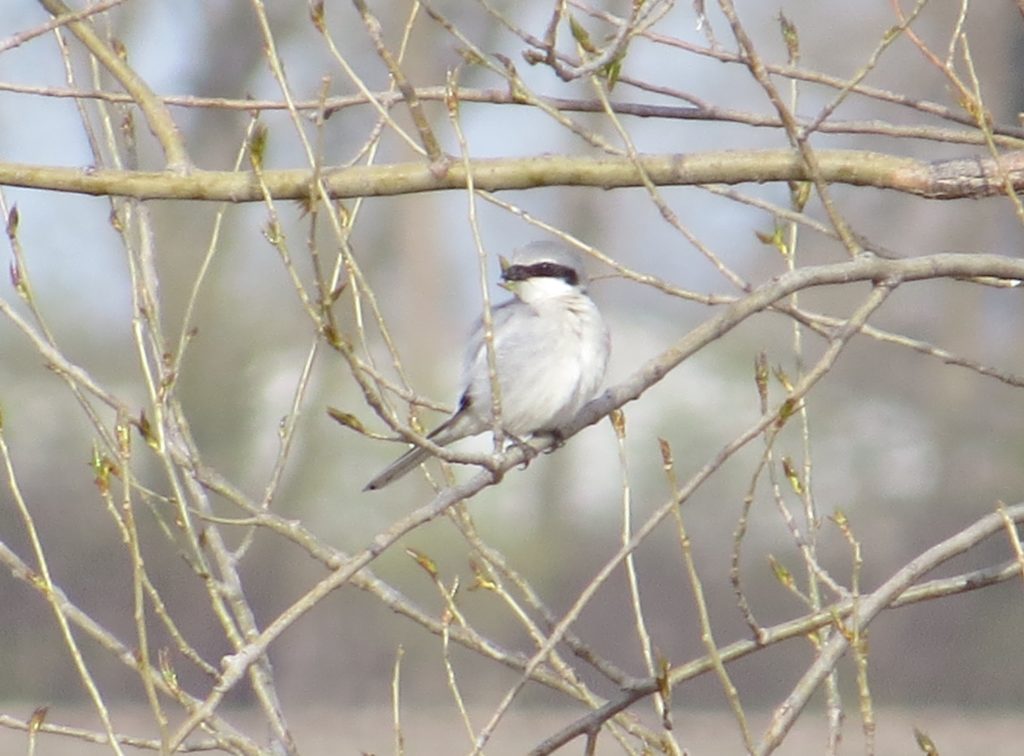
Speaking of only seeing a handful of a species in the state, another Second happened when I was looking for my county Sanderling at the Blomkest sewage ponds. I kicked up a pair of Gray Partridge as I hiked the barbwire perimeter. The exact same scenario played out for me in this spot just two years ago.
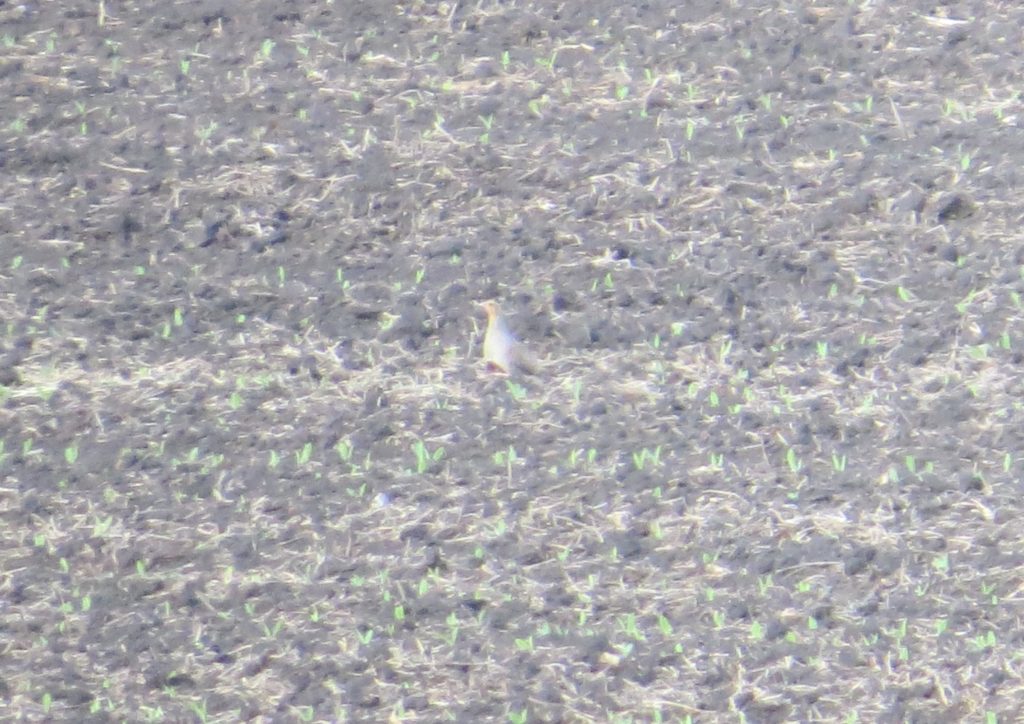
My favorite Second occurred when I was looking for a year bird, the Orchard Oriole. The Orchard was not a Second, but still a fun bird.
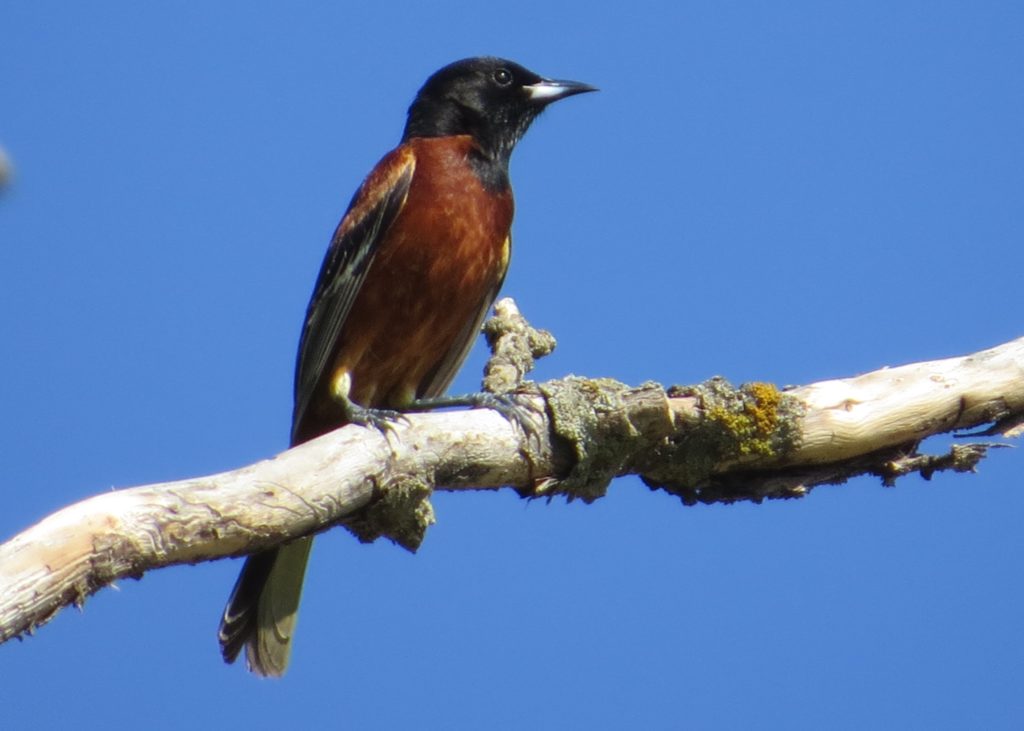 I saw this Orchard Oriole along a road between two gravel pits that I have walked many times in the past looking for a county record Blue Grosbeak. Since the record was found last summer and since it’s still not Blue Grosbeak season in my mind, I was not even thinking about that species. The thing about birding is that good finds sometimes happen when you least expect them. I was pretty pumped to finally (after all these years) get a personally found second Kandiyohi County record Blue Grosbeak.
I saw this Orchard Oriole along a road between two gravel pits that I have walked many times in the past looking for a county record Blue Grosbeak. Since the record was found last summer and since it’s still not Blue Grosbeak season in my mind, I was not even thinking about that species. The thing about birding is that good finds sometimes happen when you least expect them. I was pretty pumped to finally (after all these years) get a personally found second Kandiyohi County record Blue Grosbeak.
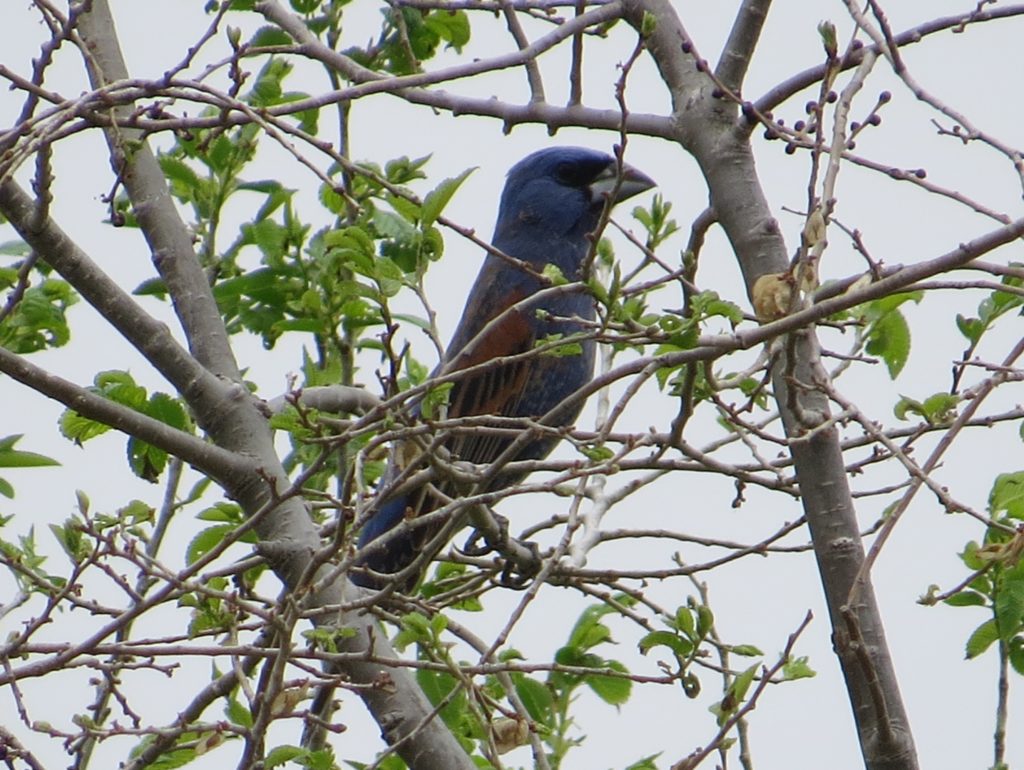 I didn’t have to wait long to get my second county Summer Tanager. County-listing legends, John Hockema and Chris Hockema, found this first-year male at Mt. Tom at Sibley State Park. Incredibly, other observers found a second Summer Tanager with this one.
I didn’t have to wait long to get my second county Summer Tanager. County-listing legends, John Hockema and Chris Hockema, found this first-year male at Mt. Tom at Sibley State Park. Incredibly, other observers found a second Summer Tanager with this one.
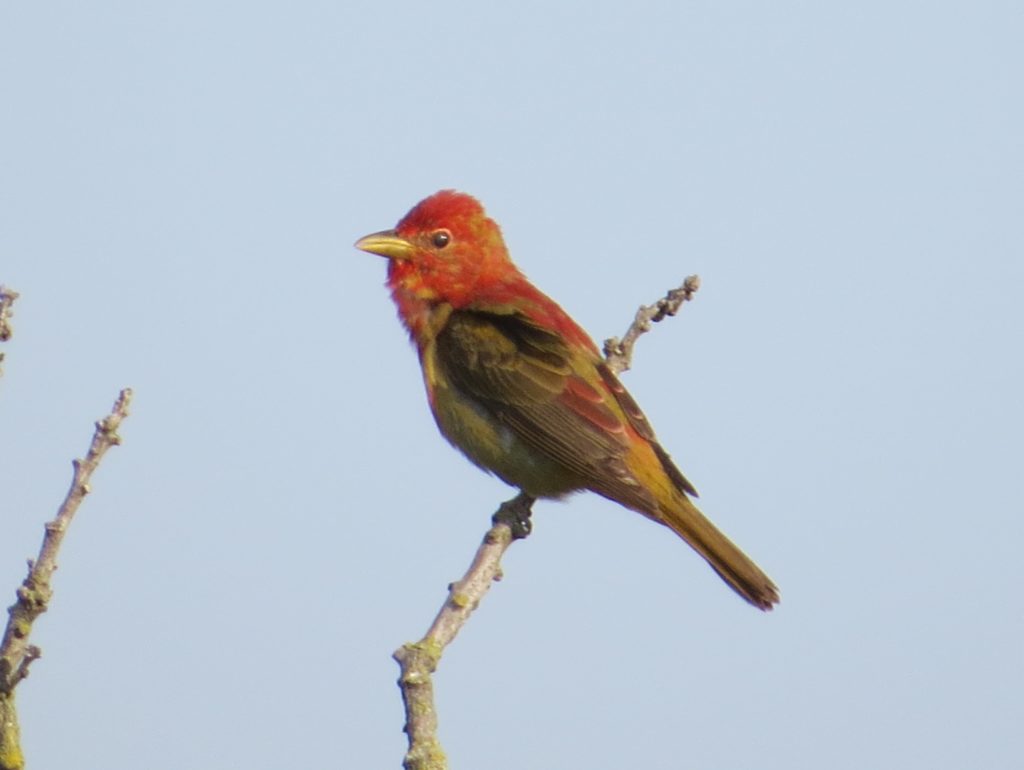 The Hockema Bros. followed this up immediately with another incredible find at Mt. Tom–my second county Eastern Towhee.
The Hockema Bros. followed this up immediately with another incredible find at Mt. Tom–my second county Eastern Towhee.
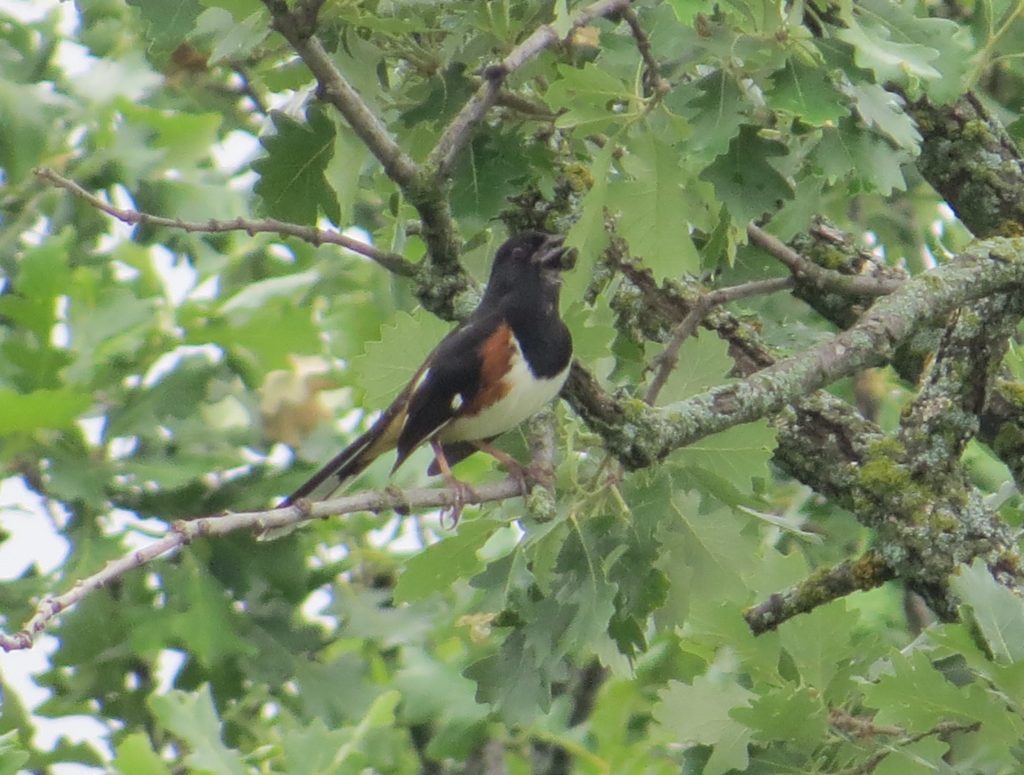 Continuing this list of Seconds was my second county observation and first county visual of a Yellow-billed Cuckoo in Randy’s magical yard.
Continuing this list of Seconds was my second county observation and first county visual of a Yellow-billed Cuckoo in Randy’s magical yard.
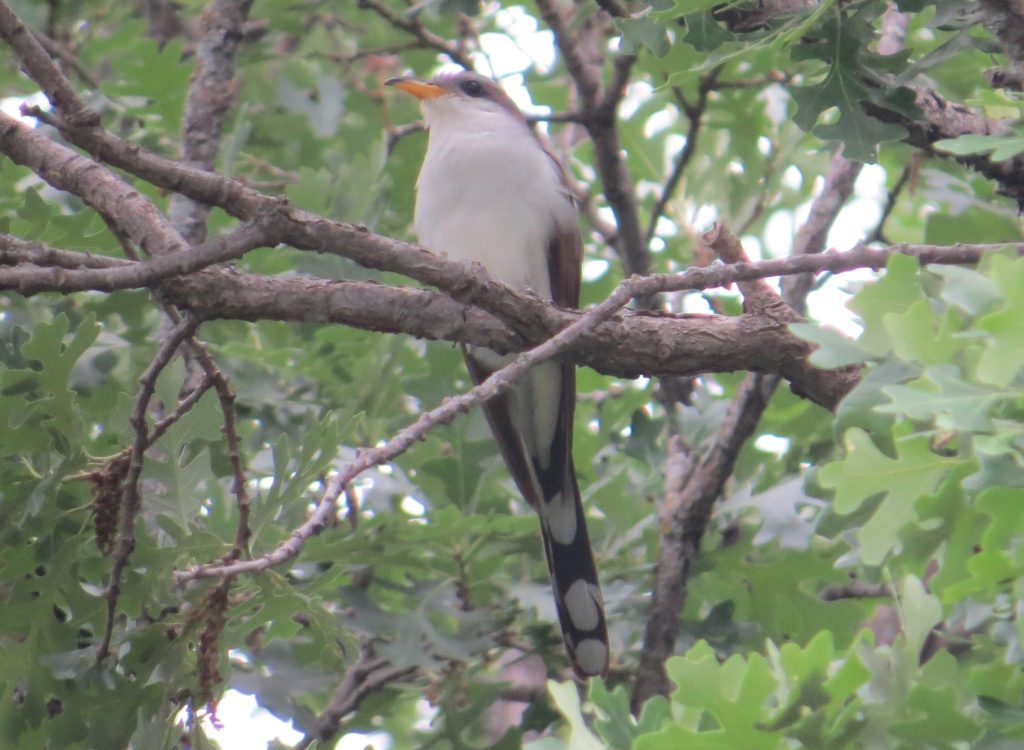 This Hudsonian Godwit was my fourth observation of this species in the county, but this was only my second time seeing one in breeding plumage.
This Hudsonian Godwit was my fourth observation of this species in the county, but this was only my second time seeing one in breeding plumage.
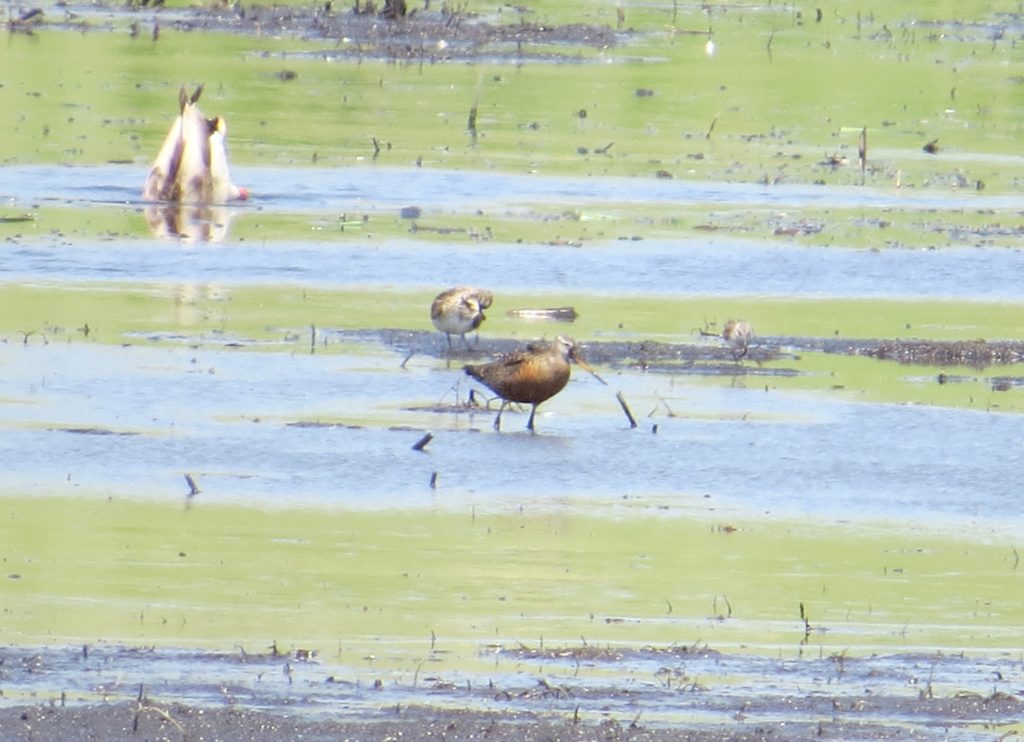 Birding locally this spring has been absolutely incredible and proof that you really don’t have to go far to find great things. Other fun finds on the road to 200 and beyond included Least Bitterns, Eastern Meadowlarks, Lark Sparrows, a Cerulean Warbler, and more. Even the new yard has had some great action with Common Nighthawks circling over, Purple Finches stopping by the feeders, and a Wood Thrush waking me up one morning with its serenade.
Birding locally this spring has been absolutely incredible and proof that you really don’t have to go far to find great things. Other fun finds on the road to 200 and beyond included Least Bitterns, Eastern Meadowlarks, Lark Sparrows, a Cerulean Warbler, and more. Even the new yard has had some great action with Common Nighthawks circling over, Purple Finches stopping by the feeders, and a Wood Thrush waking me up one morning with its serenade.
Birding has definitely slowed down the last couple weeks, which is a good thing so I can work on getting caught up on this blog and on various non-birding projects. Next post (posts?) will highlight an incredible birding trip Steve and I took to Arizona back in April.

 Since that comment was written, I have knocked off all those ducks but one–the Barrow’s Goldeneye, a bird considered casual in Minnesota occurring roughly every 5 years. As I am getting to the end of my normal MN birds, BAGO was rapidly moving its way up to the top of the list of my most-wanted birds. Last year I chased a female BAGO in Fergus Falls but failed. This year there have been a couple other reports but nothing I considered reliable and therefore chaseable. Well, a little over two weeks ago, Adam Roesch birded at the Mississippi River in Champlin–quite aways upstream from his beloved patch–and made a stunning discovery. Among the myriad of Common Goldeneye, Adam found and photographed a beautiful male Barrow’s Goldeneye. And with that find, Adam submitted his first ever eBird checklist. Talk about an entrance.
Since that comment was written, I have knocked off all those ducks but one–the Barrow’s Goldeneye, a bird considered casual in Minnesota occurring roughly every 5 years. As I am getting to the end of my normal MN birds, BAGO was rapidly moving its way up to the top of the list of my most-wanted birds. Last year I chased a female BAGO in Fergus Falls but failed. This year there have been a couple other reports but nothing I considered reliable and therefore chaseable. Well, a little over two weeks ago, Adam Roesch birded at the Mississippi River in Champlin–quite aways upstream from his beloved patch–and made a stunning discovery. Among the myriad of Common Goldeneye, Adam found and photographed a beautiful male Barrow’s Goldeneye. And with that find, Adam submitted his first ever eBird checklist. Talk about an entrance.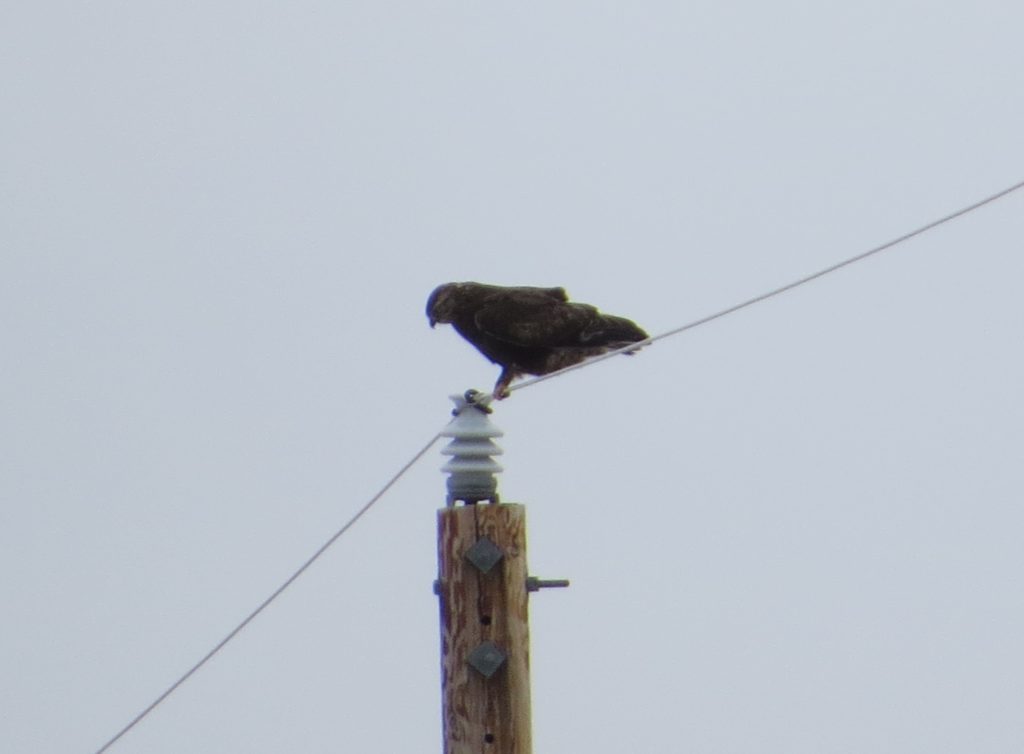
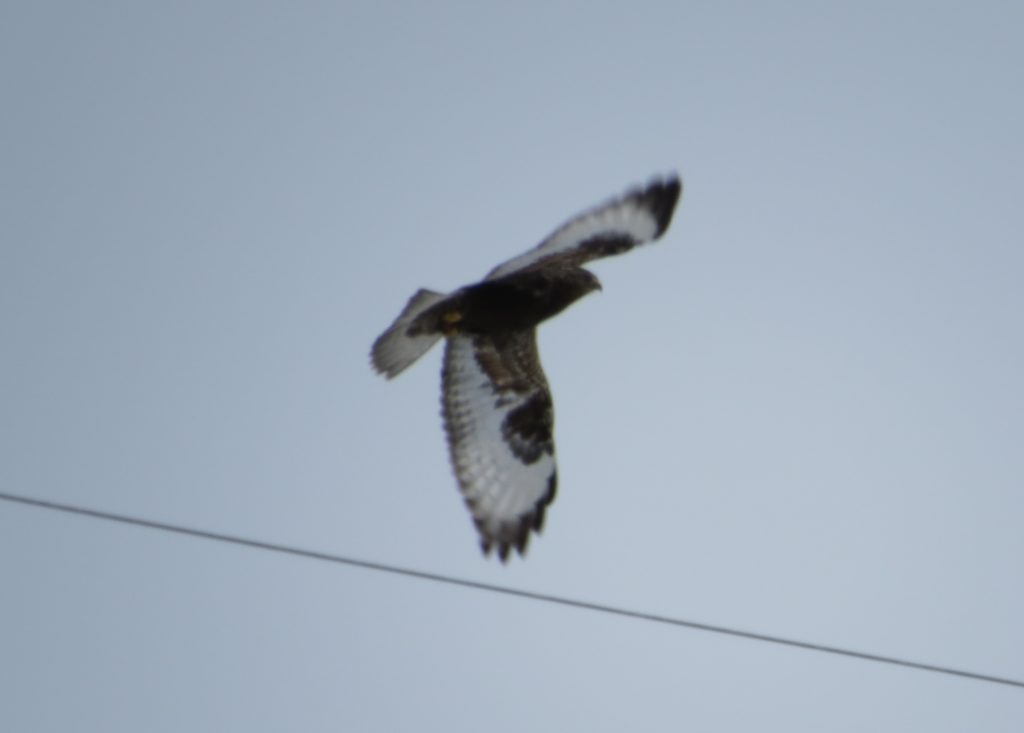 For the second time in as many weekends, we arrived at Anoka’s Peninsula Point Park to scan the Mississippi for the good Goldeneye.
For the second time in as many weekends, we arrived at Anoka’s Peninsula Point Park to scan the Mississippi for the good Goldeneye.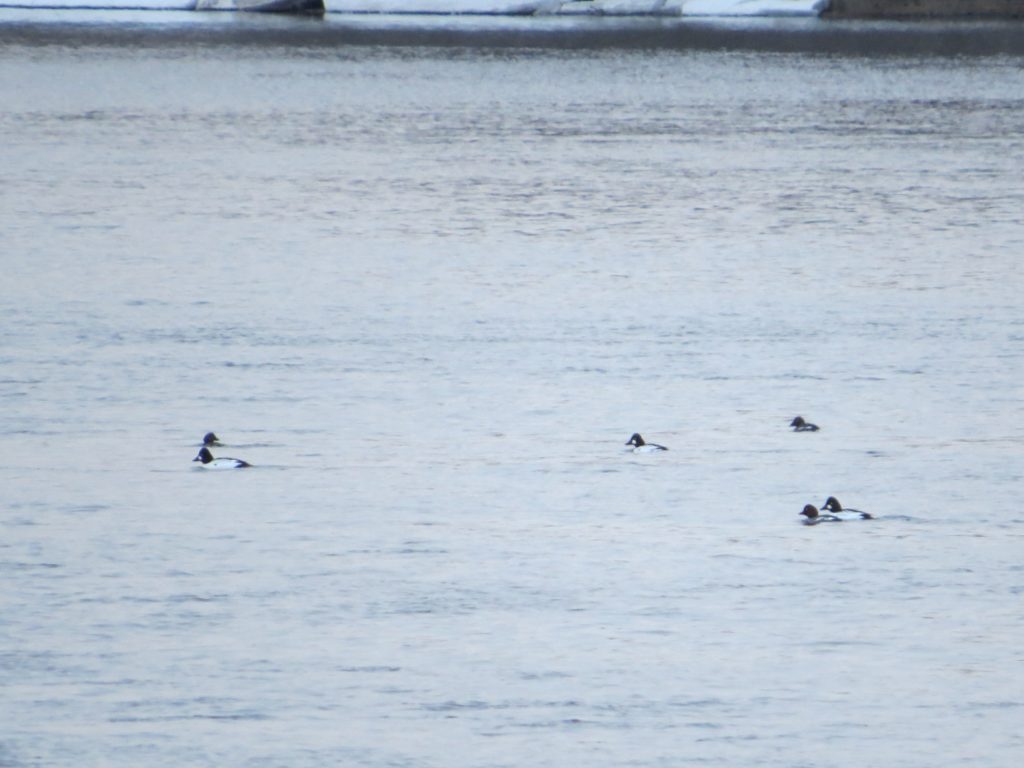
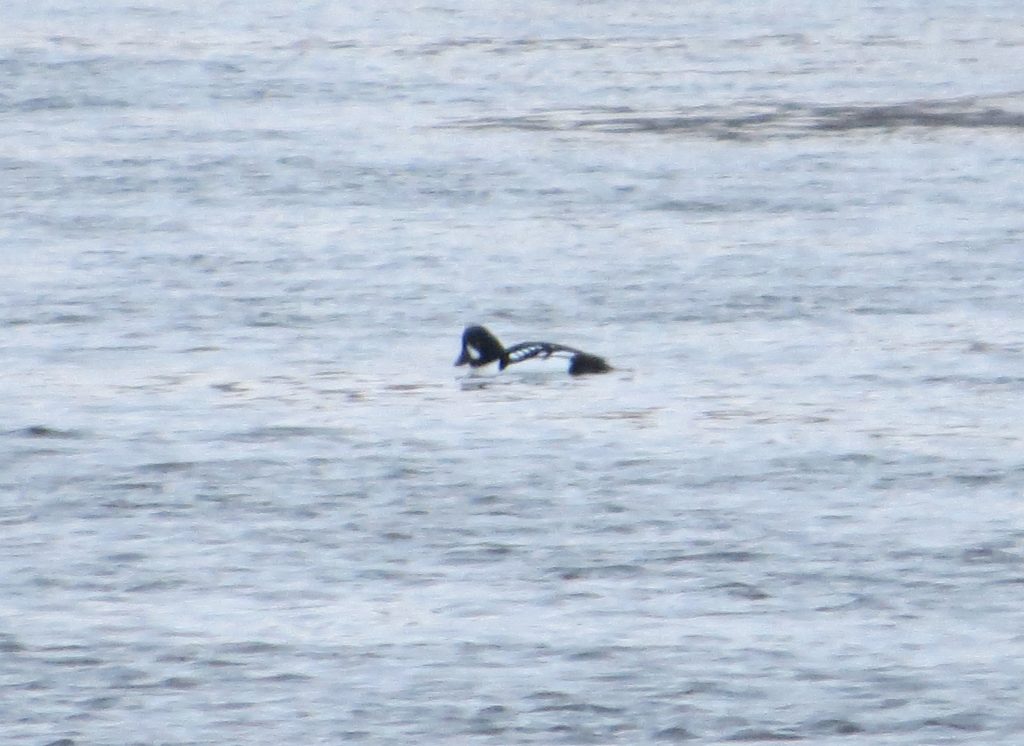 There’s just something that I absolutely love about getting duck lifers in the cold months.
There’s just something that I absolutely love about getting duck lifers in the cold months.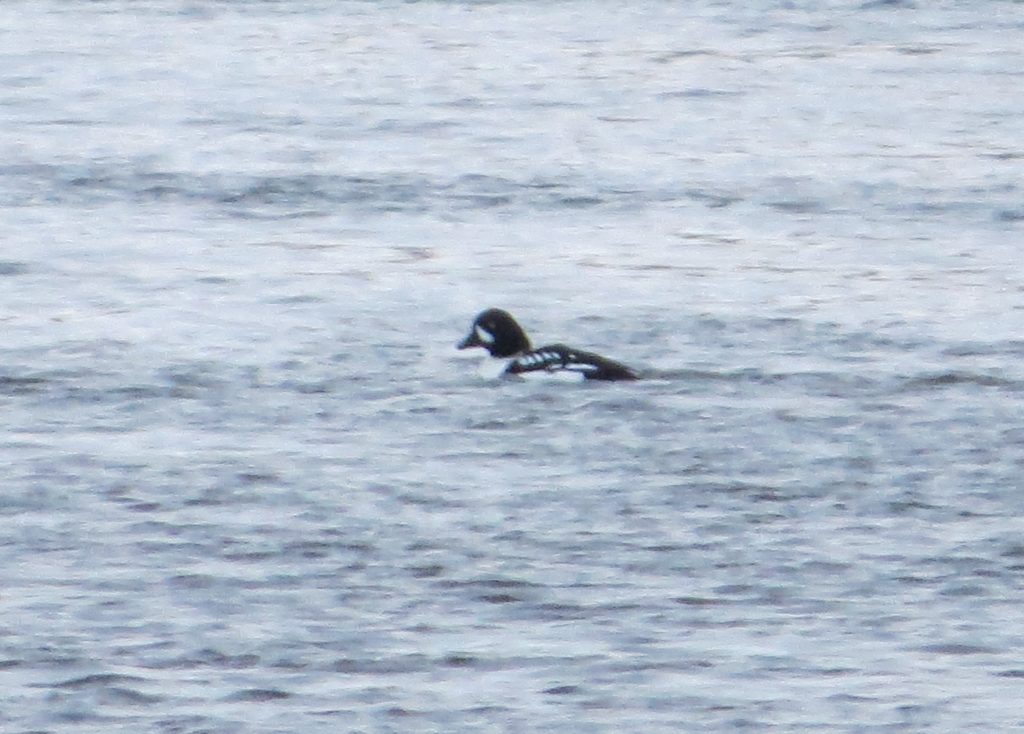
 I’m not lying. This skyline view of Minneapolis is literally what this Snowy Owl can see from its bizarre winter territory. I am used to looking for Snowies in urban environments, but nothing quite like this. Snowy Owls aren’t that hard to spot in places like this, yet I was having a hard time, a really hard time. I finally ran into another birder who clued me in to this sneaky Snowy’s hideout.
I’m not lying. This skyline view of Minneapolis is literally what this Snowy Owl can see from its bizarre winter territory. I am used to looking for Snowies in urban environments, but nothing quite like this. Snowy Owls aren’t that hard to spot in places like this, yet I was having a hard time, a really hard time. I finally ran into another birder who clued me in to this sneaky Snowy’s hideout. See it? Yeah, I didn’t either without help.
See it? Yeah, I didn’t either without help.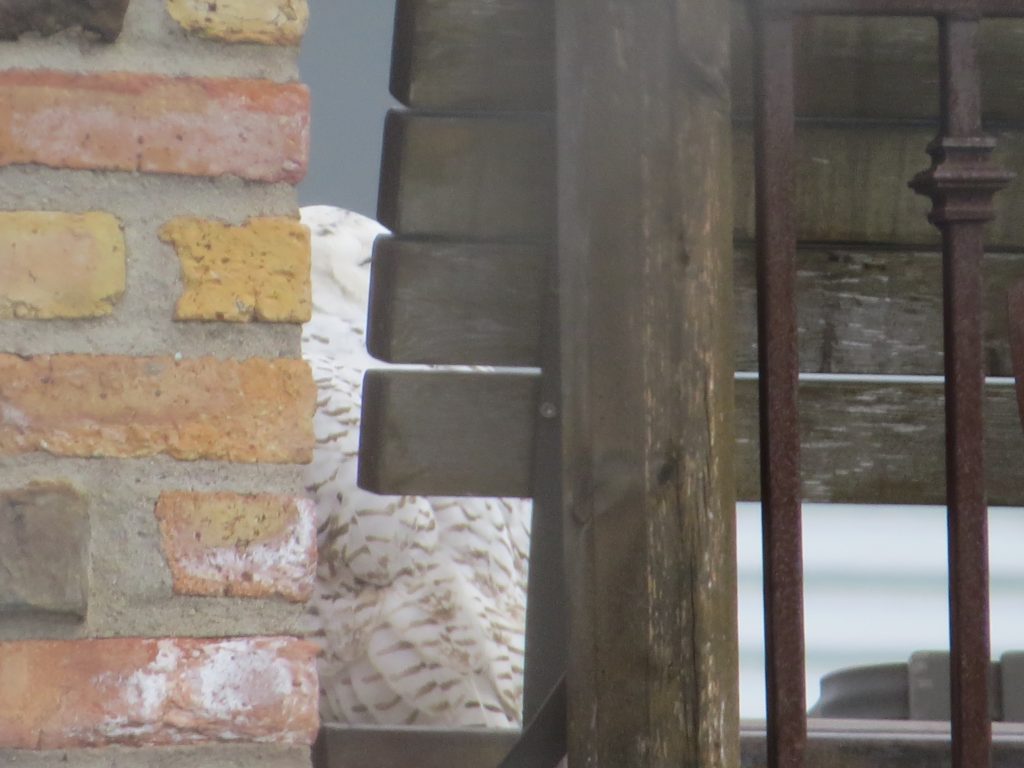 Never have I seen an Owl, Snowy or otherwise, so well fortified. Camouflaged, yes, but not entrenched. I tried every which angle and every side of the building for a shot.
Never have I seen an Owl, Snowy or otherwise, so well fortified. Camouflaged, yes, but not entrenched. I tried every which angle and every side of the building for a shot.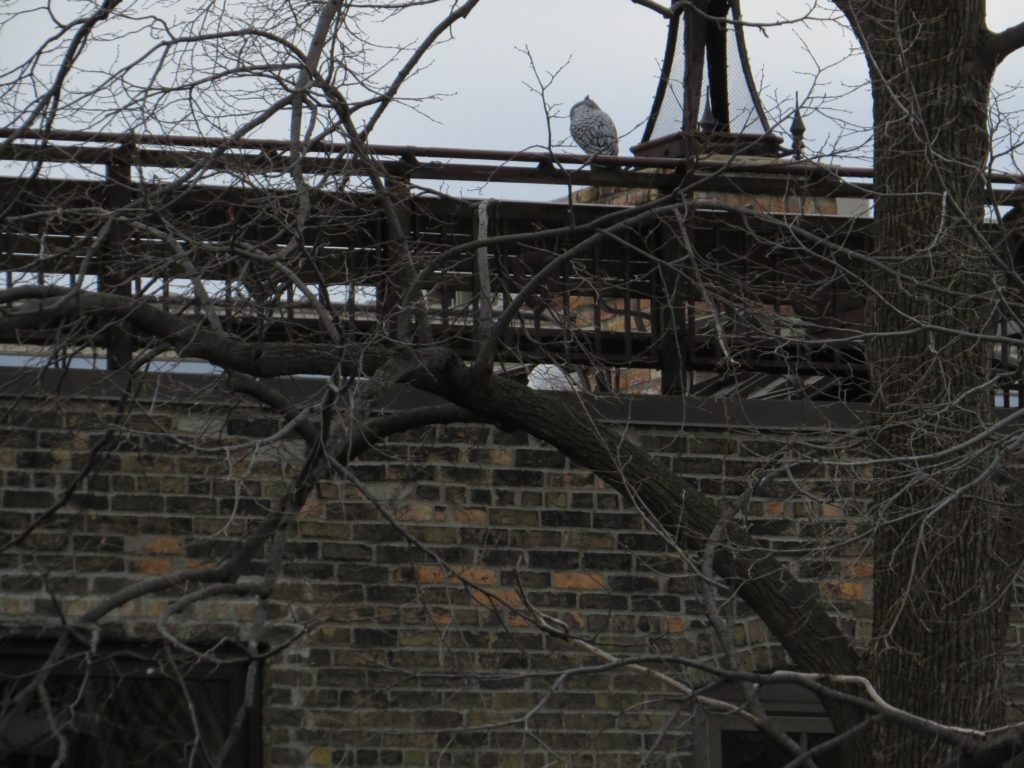
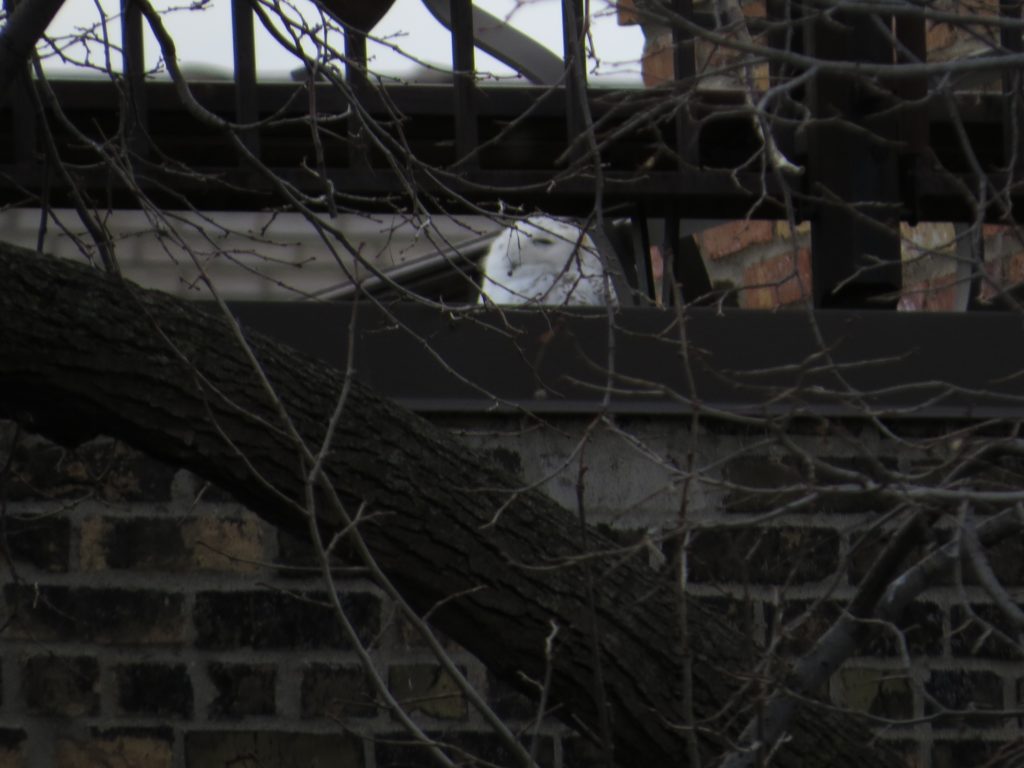 The non-birding-totally-birding metro trip was a success by any standard. It was back to rural west-cental MN where more adventure awaited in the days to come. We’ll save that for the next post, but to close things out, here’s a Great Horned Owl the kids and I saw on the ride back home.
The non-birding-totally-birding metro trip was a success by any standard. It was back to rural west-cental MN where more adventure awaited in the days to come. We’ll save that for the next post, but to close things out, here’s a Great Horned Owl the kids and I saw on the ride back home.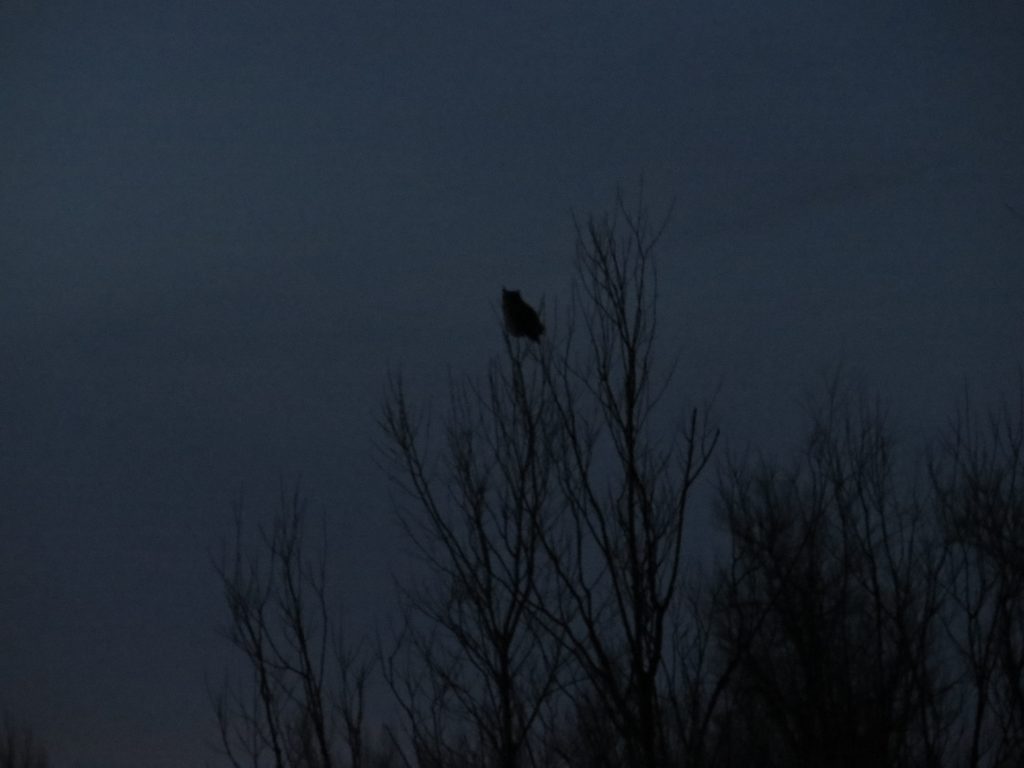
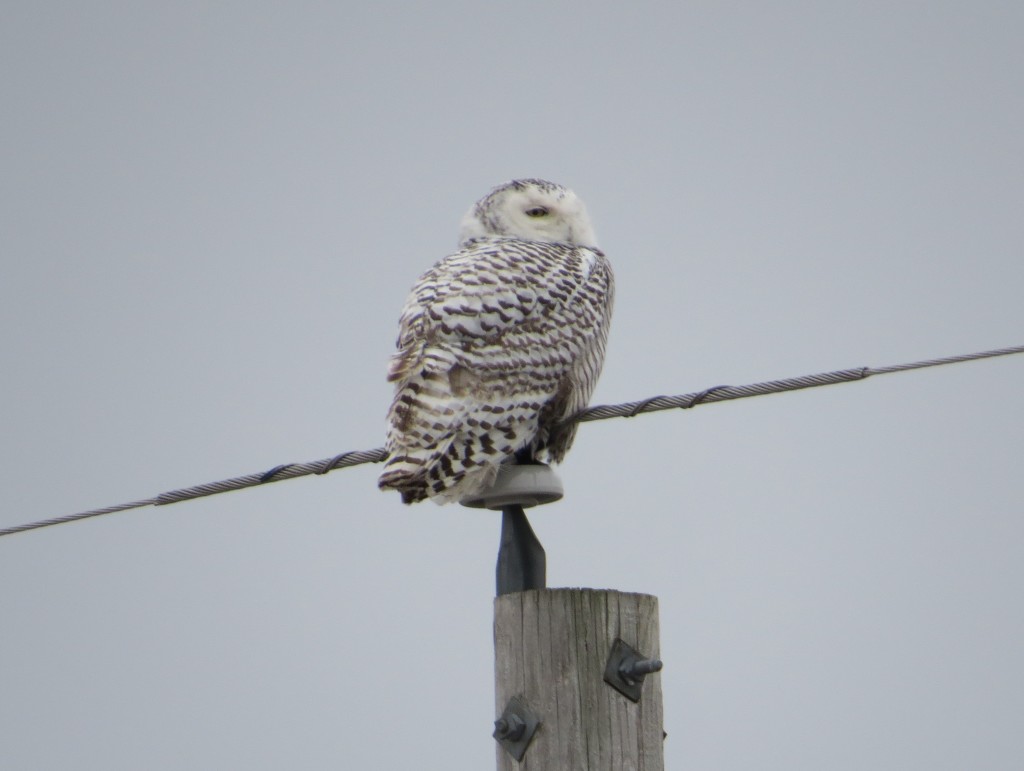 Long-time readers of ABWCH may recall that two years ago, my coworkers and students were feeding me sightings nearly daily of a crazy number of Snowy Owls. Those were the gold old days of the first of two consecutive irruption years. Fellow teacher, Bonnie, spotted this one this past weekend. Bonnie has a way with the SNOW–she found me two of them a couple years ago.
Long-time readers of ABWCH may recall that two years ago, my coworkers and students were feeding me sightings nearly daily of a crazy number of Snowy Owls. Those were the gold old days of the first of two consecutive irruption years. Fellow teacher, Bonnie, spotted this one this past weekend. Bonnie has a way with the SNOW–she found me two of them a couple years ago.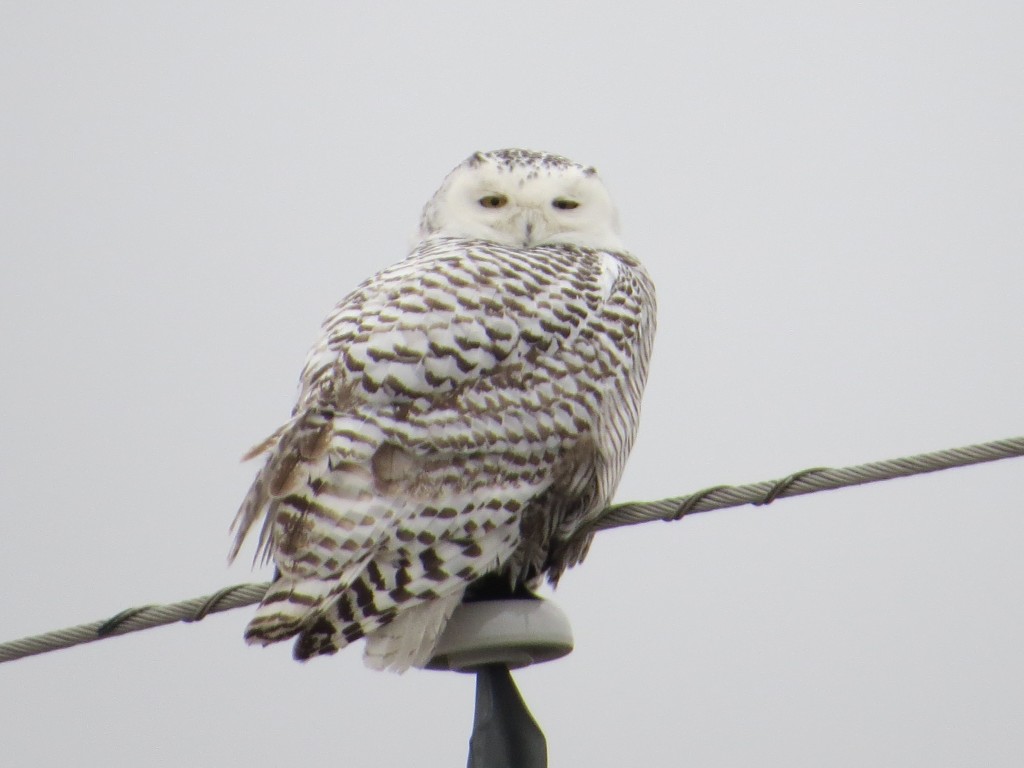 Despite this being a non-irruption year, I’ve had reports this winter of at least 5 Snowy Owls in my two-county birding area. This, however, is the first local one I’ve seen this season. Fellow teacher and birding friend Brad relocated Bonnie’s find Monday morning. Brad did the Minnesota-nice birder thing of babysitting it until I got on scene. Another birding/teacher friend, Theresa, also joined the mix. Monday was a scheduled day off for all of us, yet here we were holding a staff meeting in the open countryside. It was a pretty good meeting.
Despite this being a non-irruption year, I’ve had reports this winter of at least 5 Snowy Owls in my two-county birding area. This, however, is the first local one I’ve seen this season. Fellow teacher and birding friend Brad relocated Bonnie’s find Monday morning. Brad did the Minnesota-nice birder thing of babysitting it until I got on scene. Another birding/teacher friend, Theresa, also joined the mix. Monday was a scheduled day off for all of us, yet here we were holding a staff meeting in the open countryside. It was a pretty good meeting.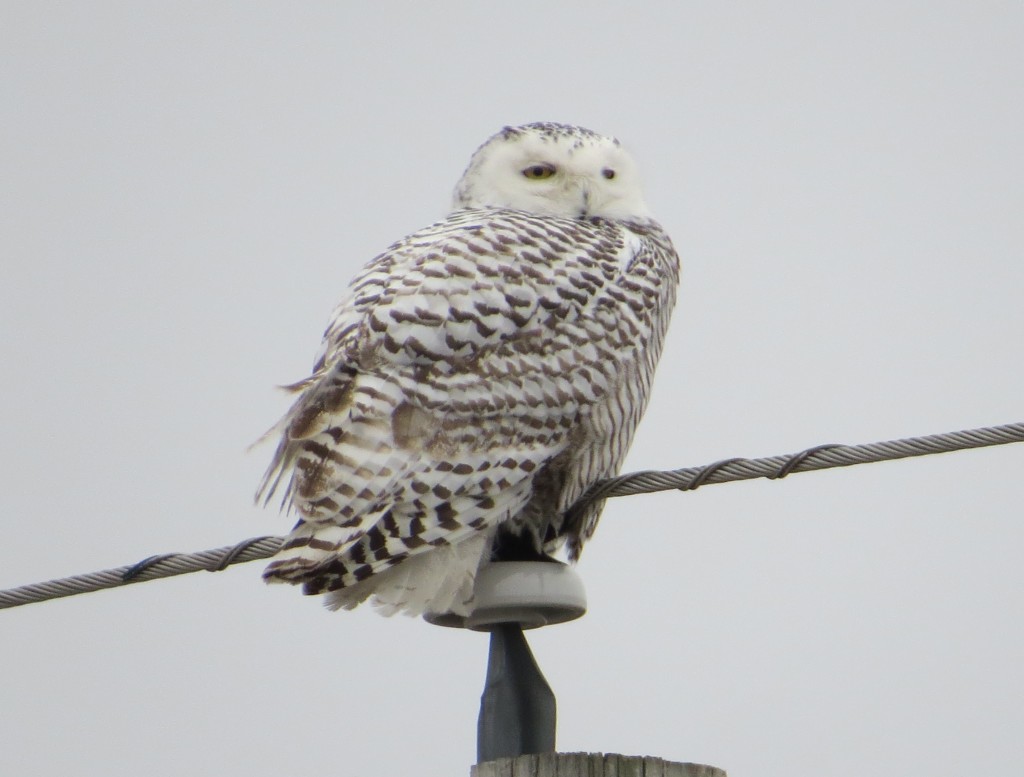 After this meeting of the minds, I actually went off to a real meeting at school. But then it was back to birding business as I traveled up to Sherburne National Wildlife Refuge that same day to look for the White-winged Crossbills that have become very reliable there. My previous lifer-sighting was a quick glimpse at a female; I was wanting to see and photograph a male.
After this meeting of the minds, I actually went off to a real meeting at school. But then it was back to birding business as I traveled up to Sherburne National Wildlife Refuge that same day to look for the White-winged Crossbills that have become very reliable there. My previous lifer-sighting was a quick glimpse at a female; I was wanting to see and photograph a male.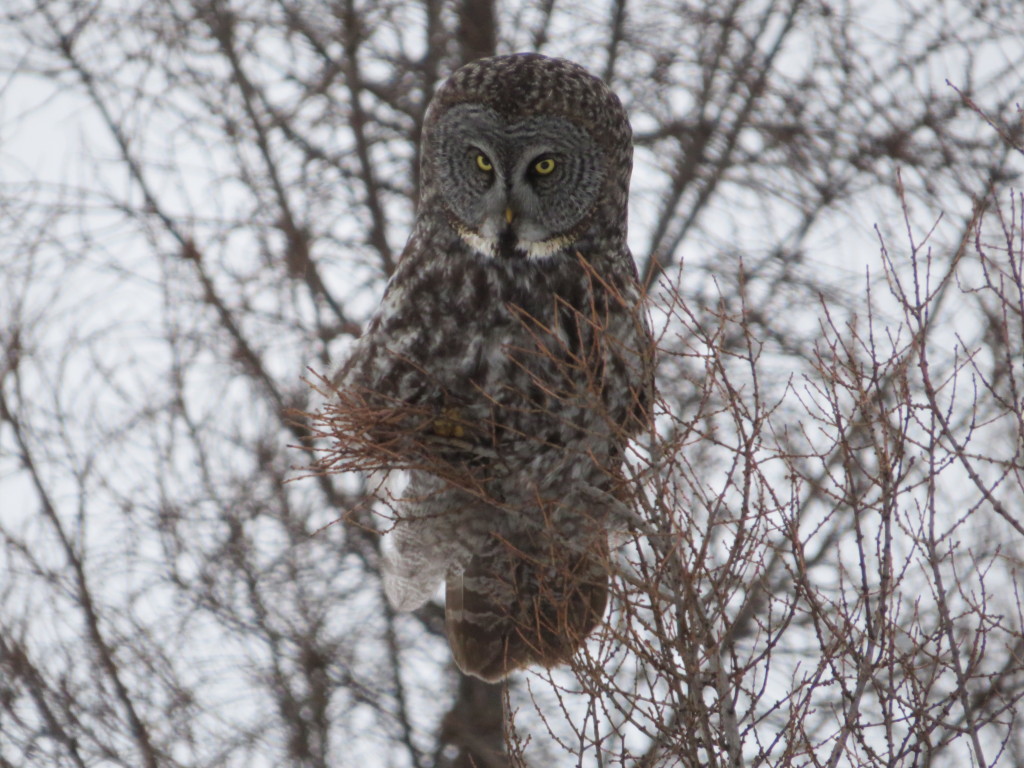
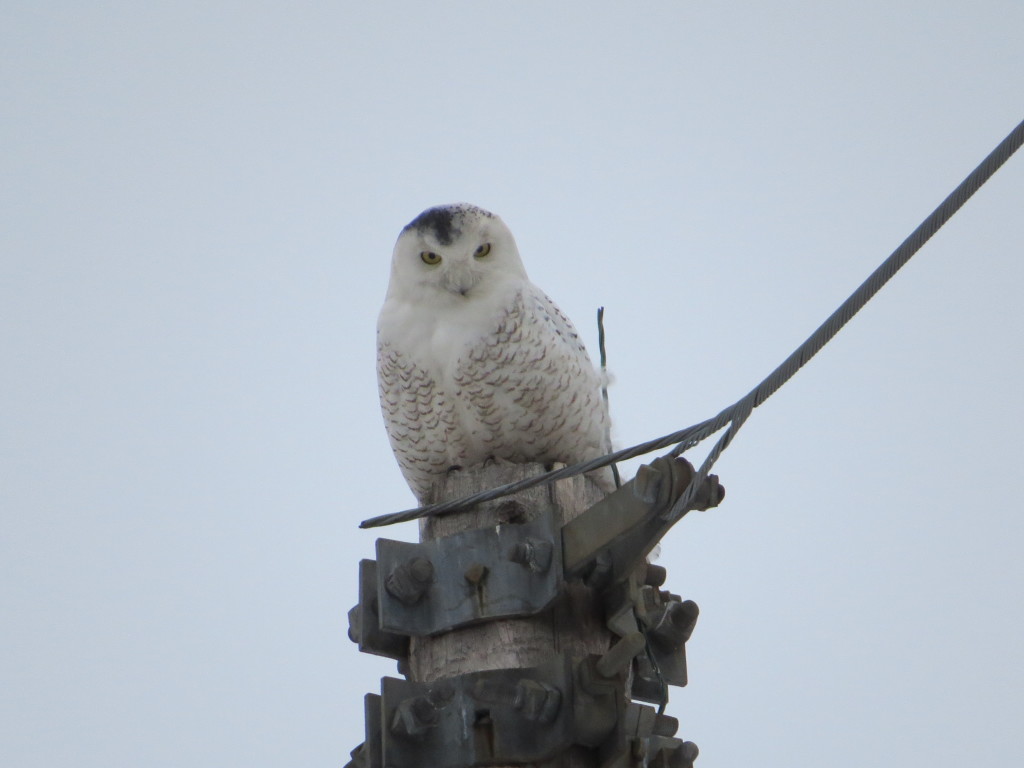
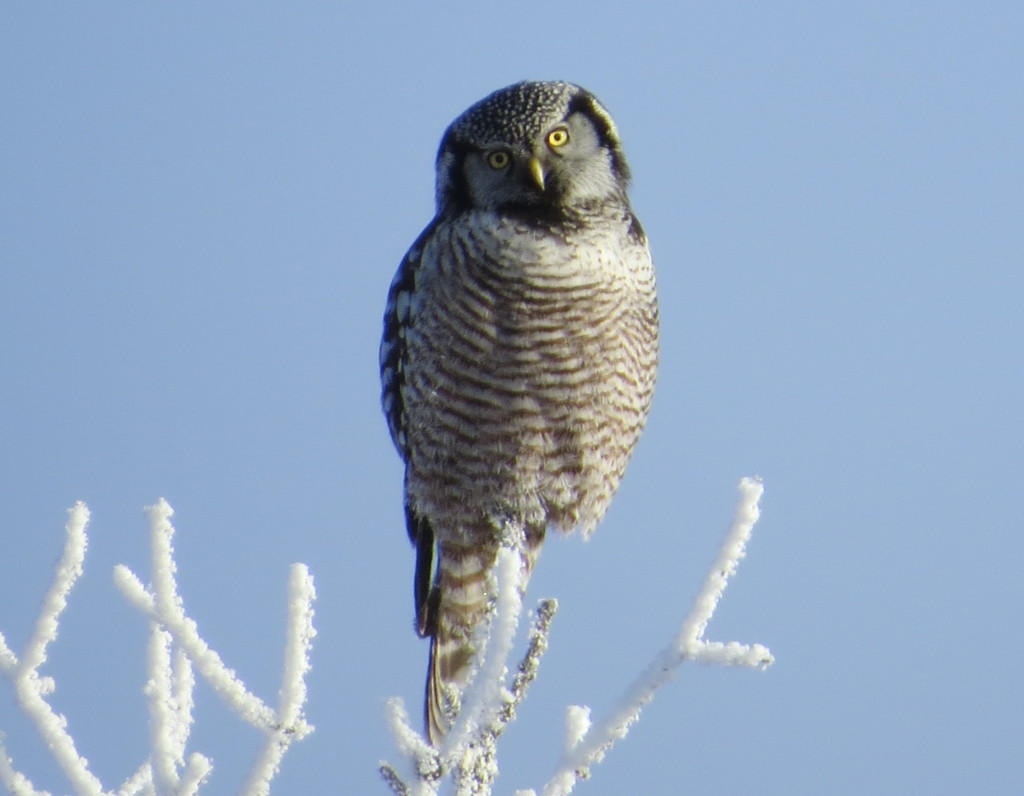
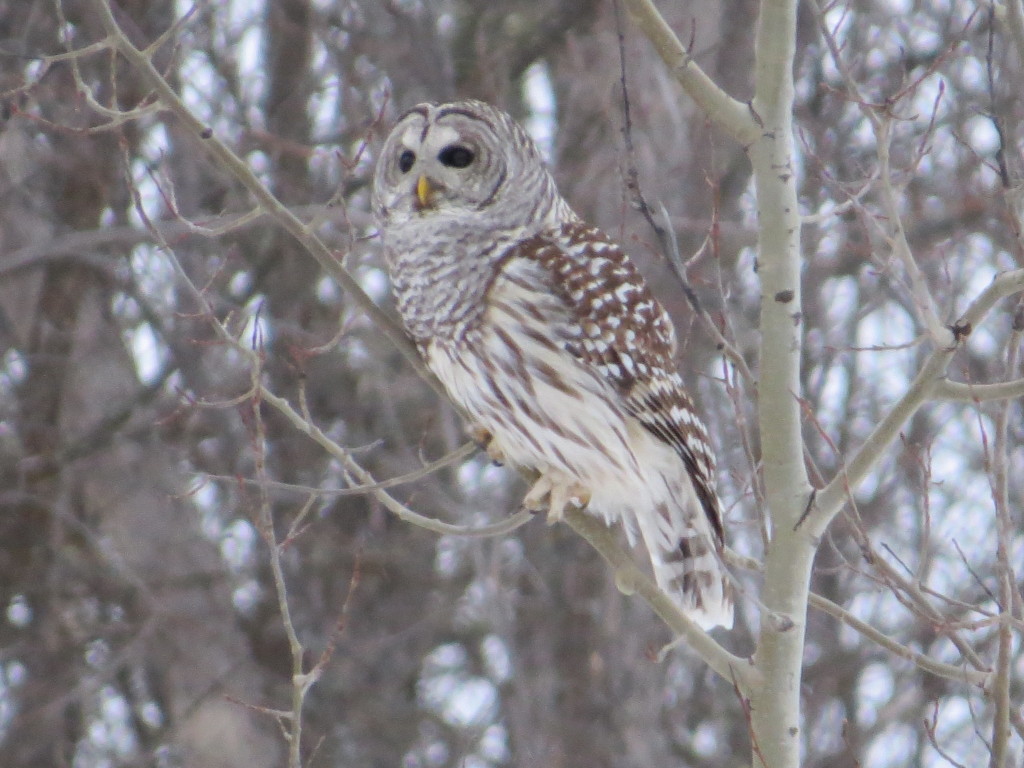
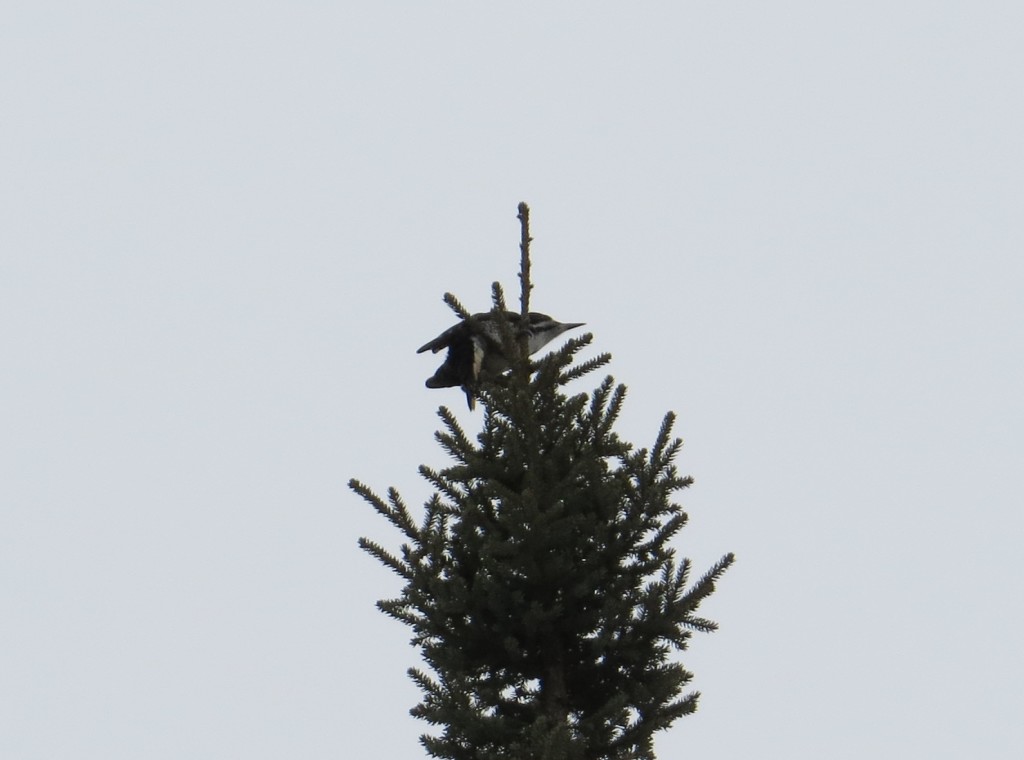 Something even more amazing happened while we tried to lure out this guy–a second Black-back showed up! There was a male and a female! Unfortunately I never did see that classic field mark of the yellow crown on the male, but Tommy and Gordon each got to see it. I will continue to search for these birds until I finally see that and finally get good photos of this species.
Something even more amazing happened while we tried to lure out this guy–a second Black-back showed up! There was a male and a female! Unfortunately I never did see that classic field mark of the yellow crown on the male, but Tommy and Gordon each got to see it. I will continue to search for these birds until I finally see that and finally get good photos of this species.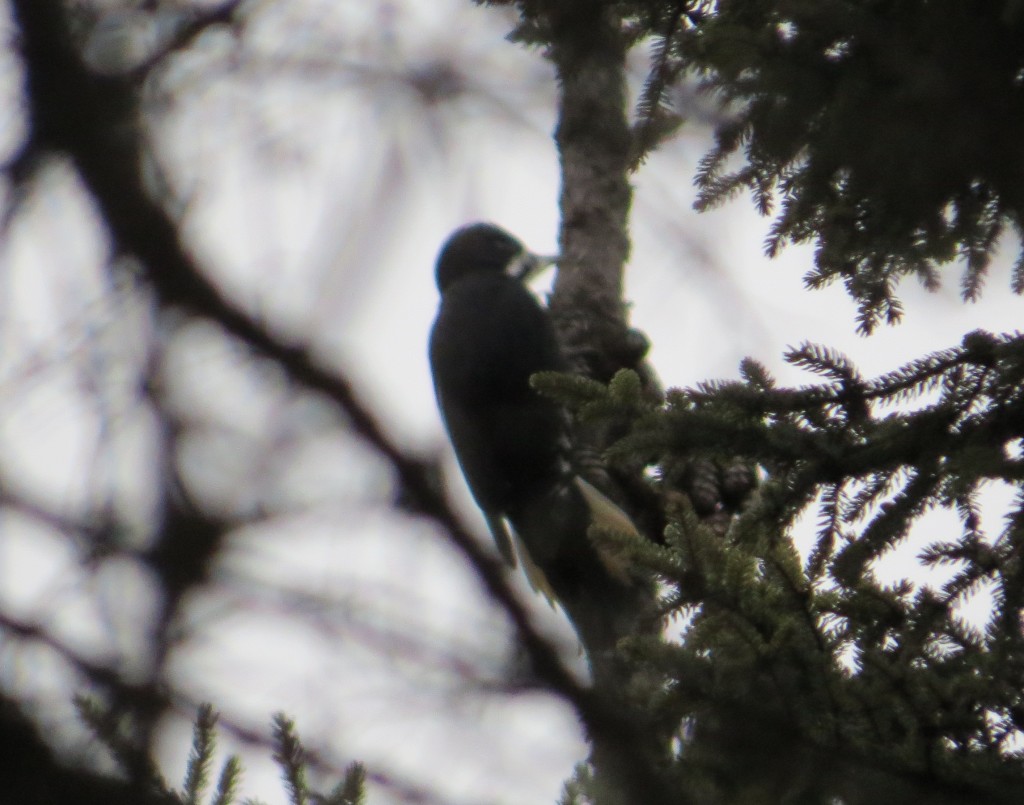
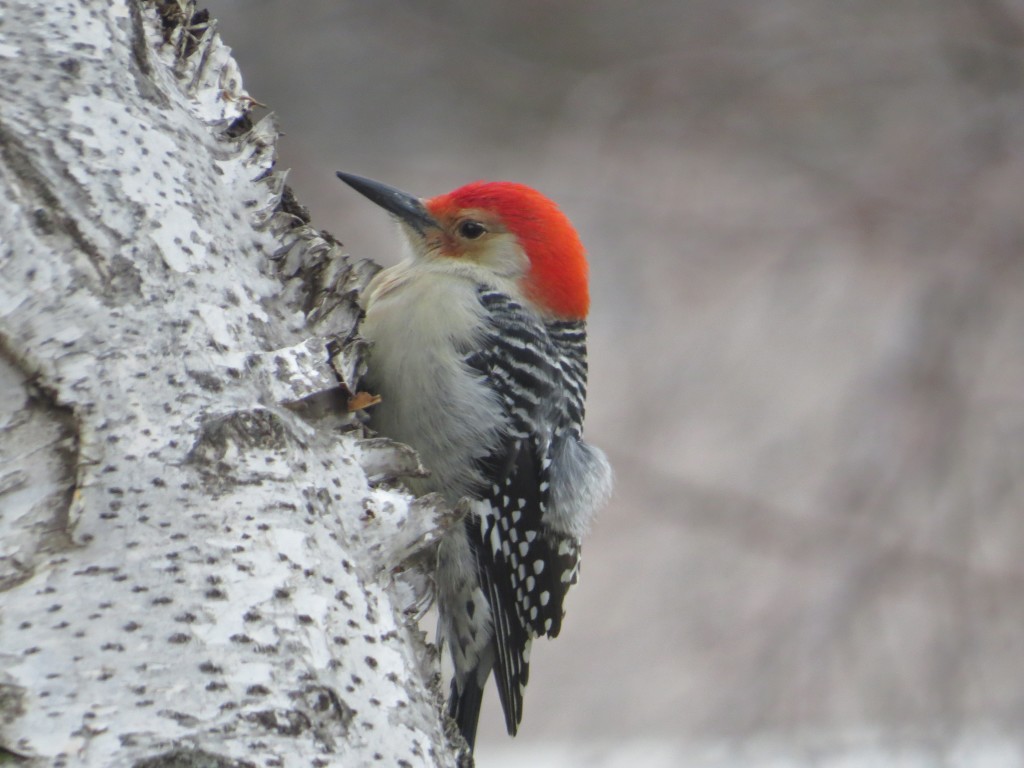
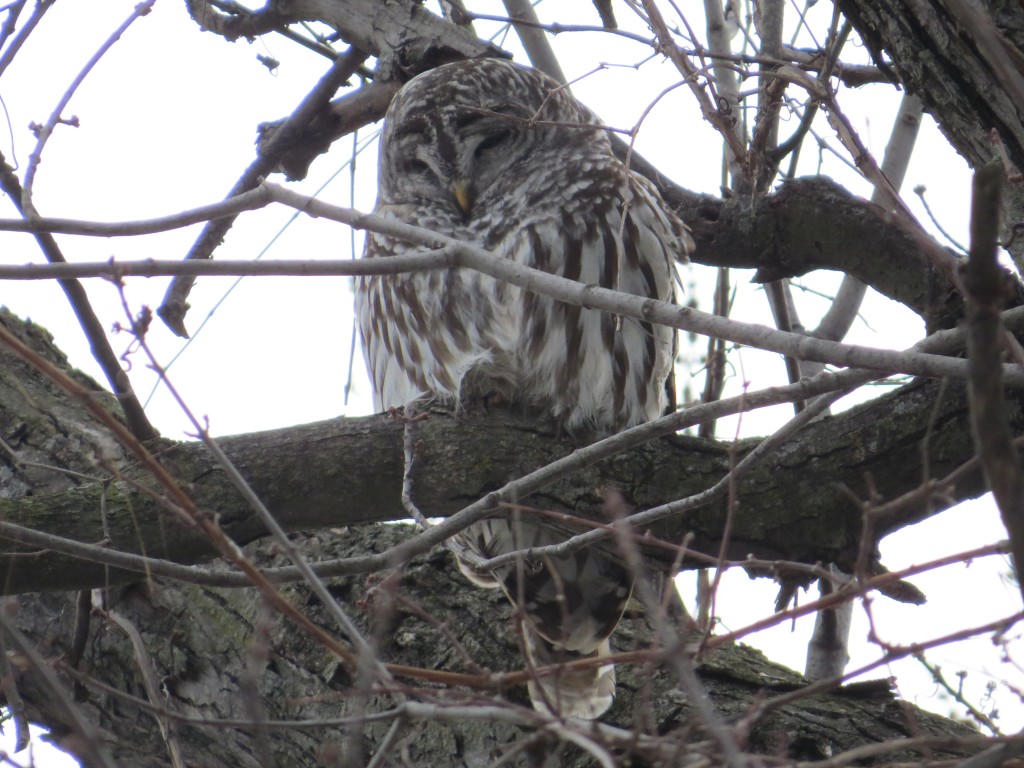
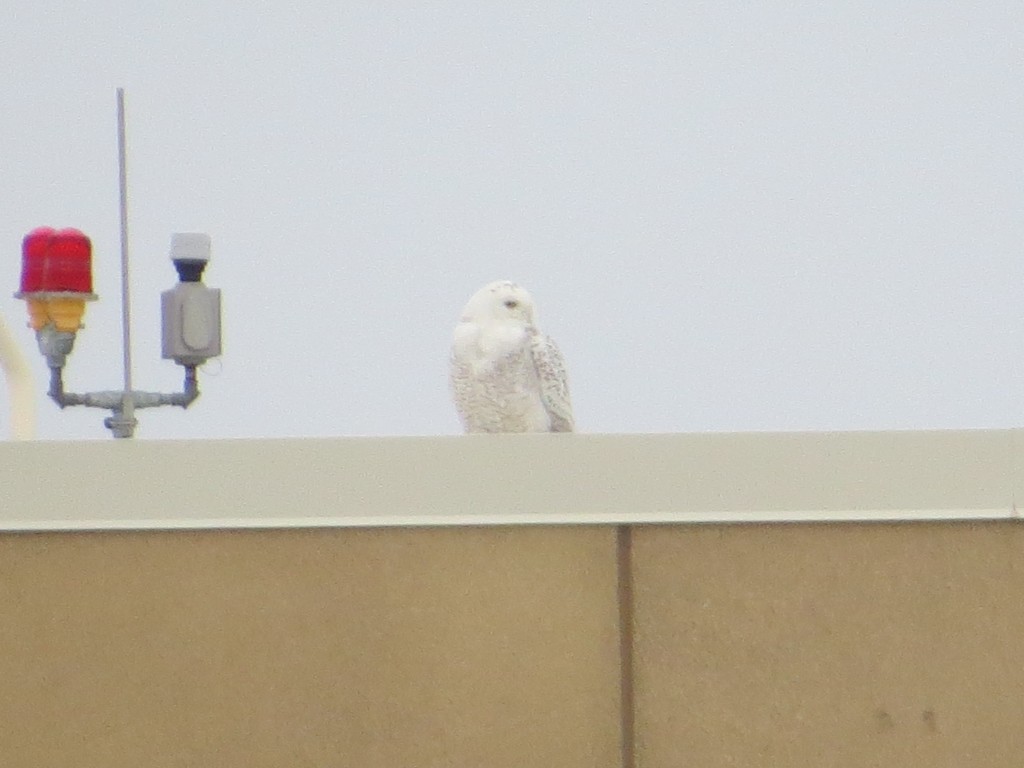

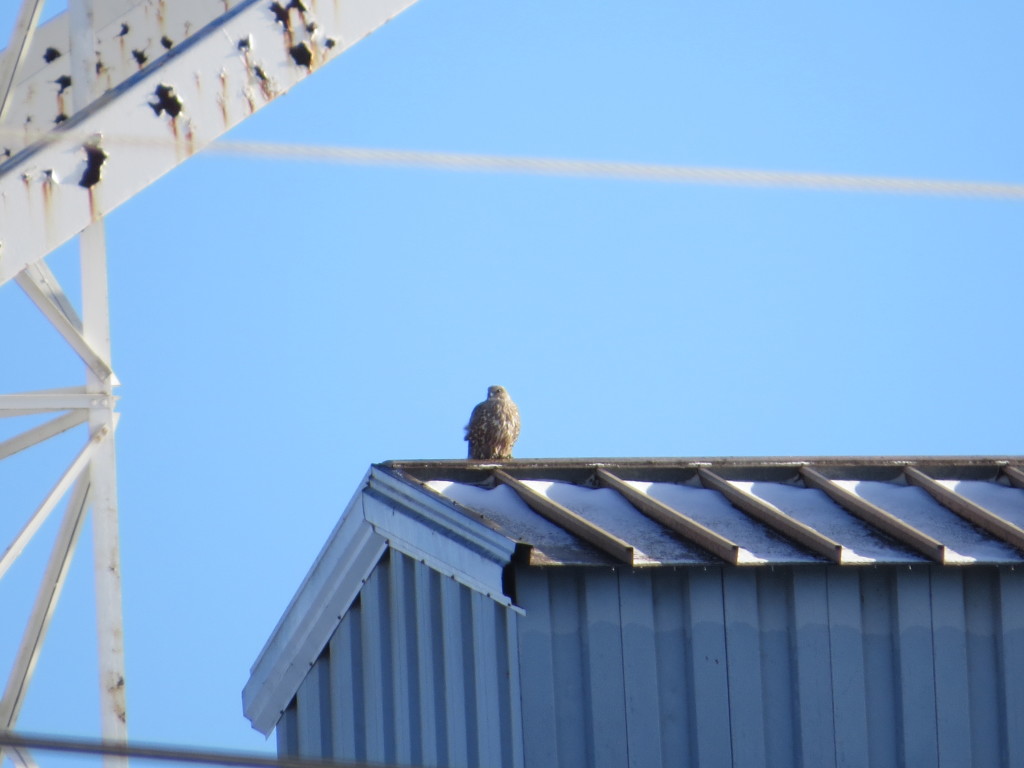
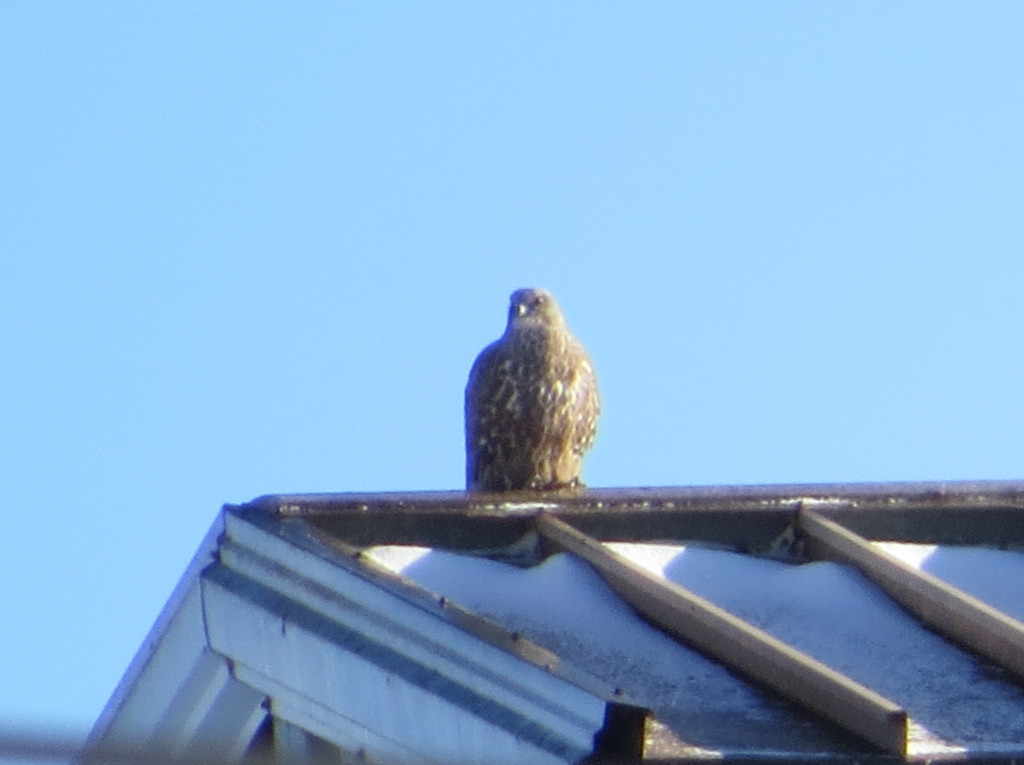 After this, we made a stop at Canal Park in Duluth to see what was going on Gull-wise. The guys picked up a handsome Thayer’s Gull lifer, but that was about it. I couldn’t even muster up a Black Duck for the guys. I did, however, do my Minnesota duty and made Tommy and Gordon skip rocks in Lake Superior.
After this, we made a stop at Canal Park in Duluth to see what was going on Gull-wise. The guys picked up a handsome Thayer’s Gull lifer, but that was about it. I couldn’t even muster up a Black Duck for the guys. I did, however, do my Minnesota duty and made Tommy and Gordon skip rocks in Lake Superior.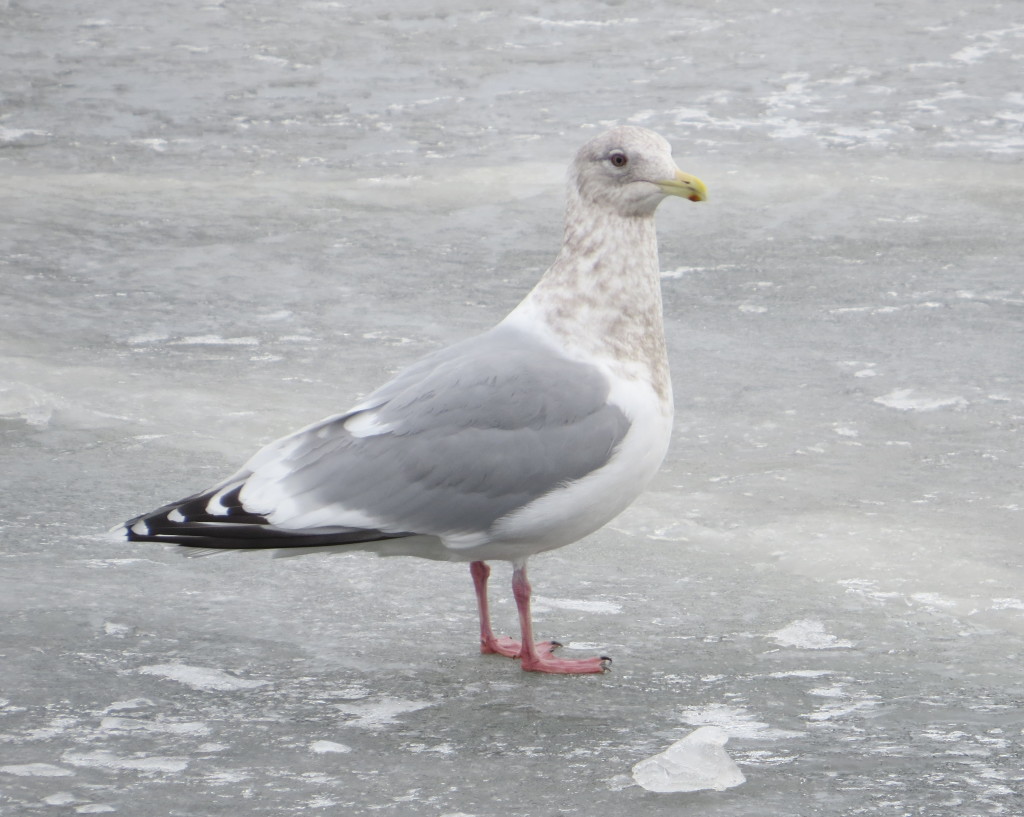
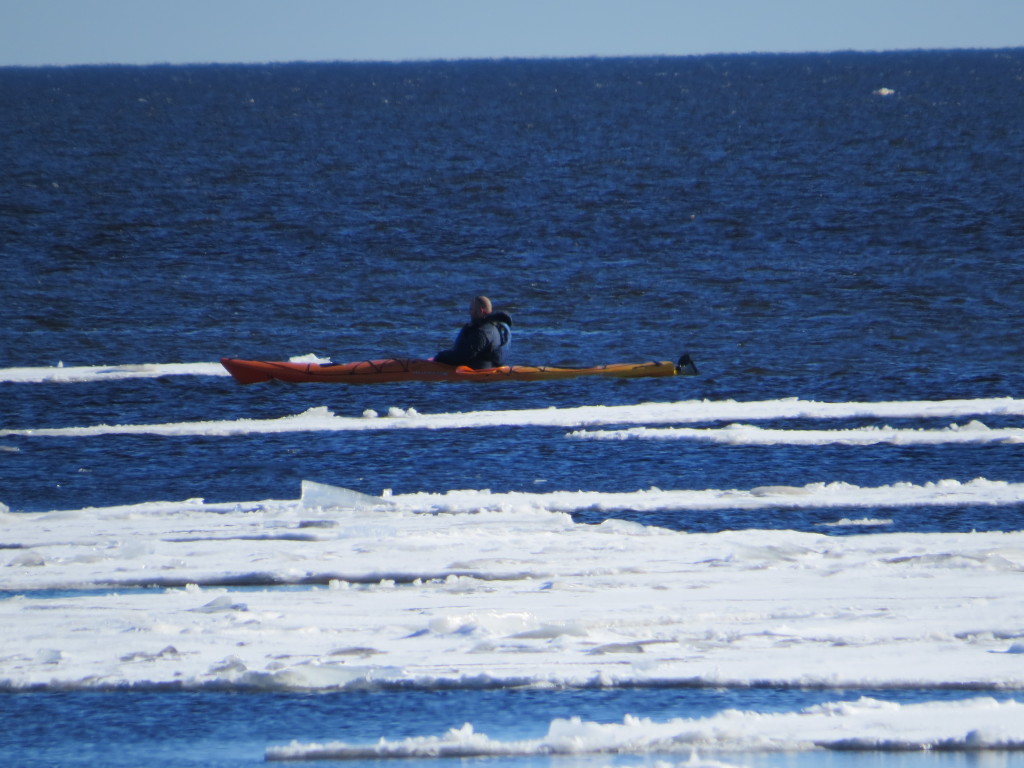
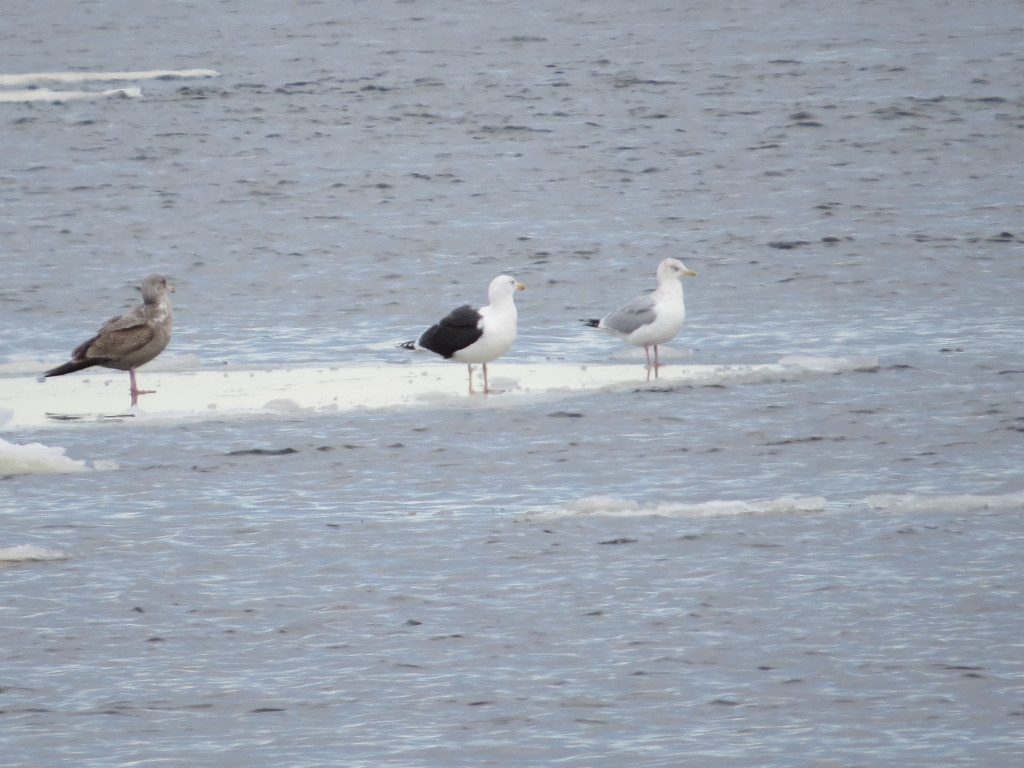 Tommy and Gordon quickly tallied this lifer as well as the Iceland Gull lifer. They also got to witness the spontaneous birder parties that happen at Canal Park as the who’s who of Duluth birders show up to enjoy the Gulls, look for the really wacko stuff (Ivory Gull, Black-legged Kittiwake), toss bread out to bring the Gulls closer, take orders for what Gulls everybody is still looking for, and generally be friendly tutors to those of us still illiterate in Gull identification. Peder Svingen, Clinton Nienhaus, and John Richardson were all on hand this particular afternoon to confirm species ID and point out the cool Gulls from the Herring herd. Even when some of us were distracted with trying to get a THGU/Lighthouse combo pic…
Tommy and Gordon quickly tallied this lifer as well as the Iceland Gull lifer. They also got to witness the spontaneous birder parties that happen at Canal Park as the who’s who of Duluth birders show up to enjoy the Gulls, look for the really wacko stuff (Ivory Gull, Black-legged Kittiwake), toss bread out to bring the Gulls closer, take orders for what Gulls everybody is still looking for, and generally be friendly tutors to those of us still illiterate in Gull identification. Peder Svingen, Clinton Nienhaus, and John Richardson were all on hand this particular afternoon to confirm species ID and point out the cool Gulls from the Herring herd. Even when some of us were distracted with trying to get a THGU/Lighthouse combo pic…
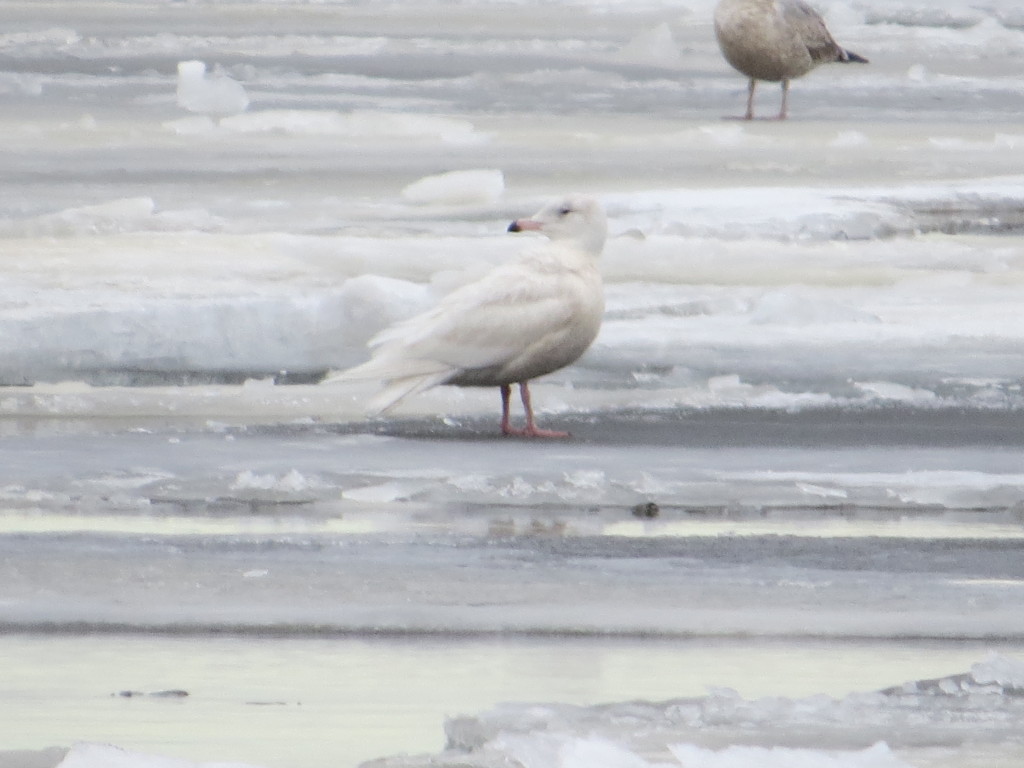

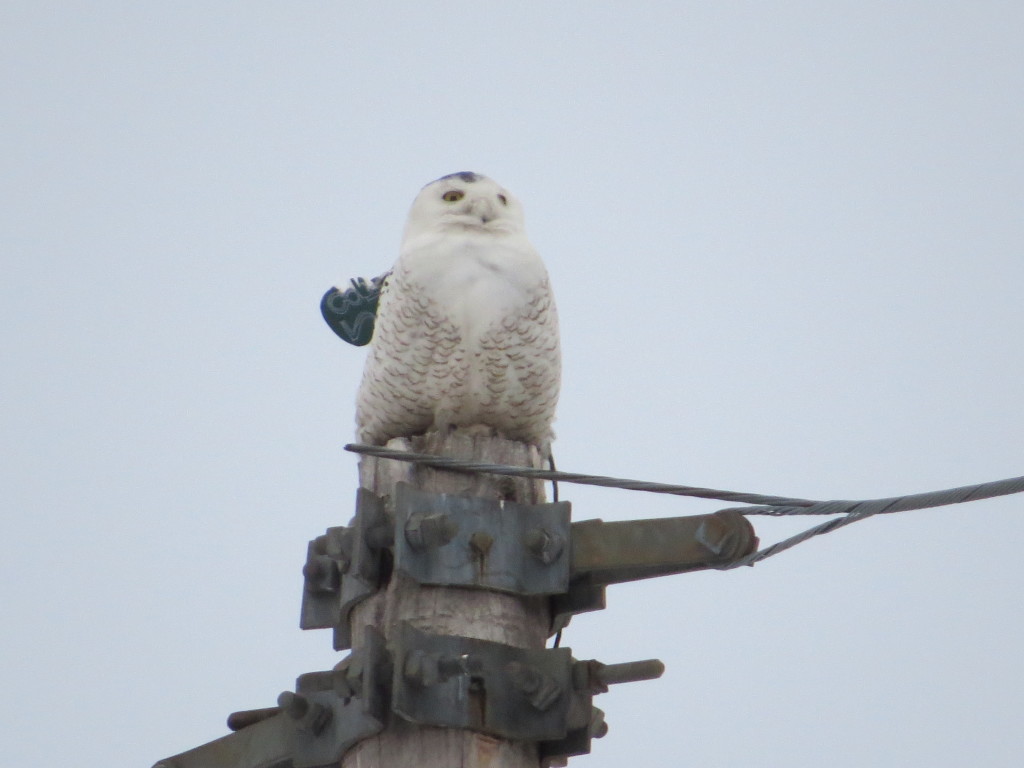 The wing tags help Dave monitor and identify the Owls from afar without having to stress them with recapture. Here is the first Snowy Owl we saw just before #28 above.
The wing tags help Dave monitor and identify the Owls from afar without having to stress them with recapture. Here is the first Snowy Owl we saw just before #28 above.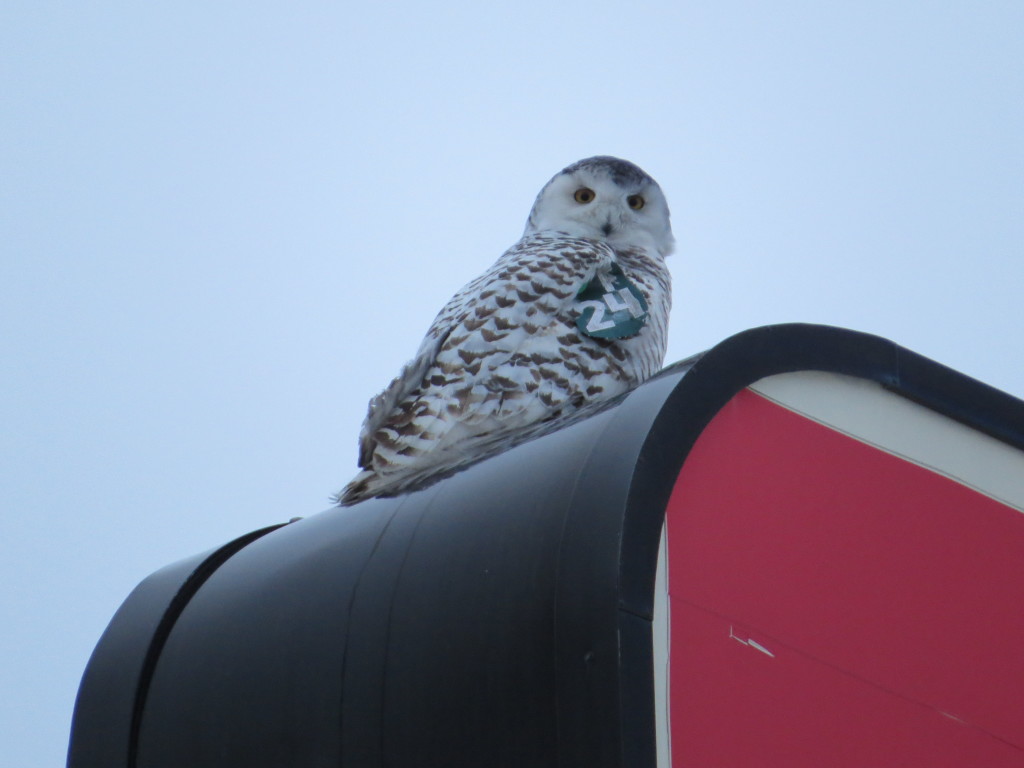 I wish Tommy and Gordon could have seen unmarked Snowy Owls, but a marked Snowy seen is better than an unmarked Snowy not seen! Ironically, these were the first marked Snowy Owls I had ever seen in real life. Tommy and Gordon did get to gain an appreciation for the types of urban habitats these birds often winter in.
I wish Tommy and Gordon could have seen unmarked Snowy Owls, but a marked Snowy seen is better than an unmarked Snowy not seen! Ironically, these were the first marked Snowy Owls I had ever seen in real life. Tommy and Gordon did get to gain an appreciation for the types of urban habitats these birds often winter in. It was another rocking day of birding in the north that met or even exceeded expectations. Notable misses included American Black Duck and Bohemian Waxwing. On a sad, personal note, my Kittiwake lifer did not make an appearance. Here is a run-down of the second day’s lifers:
It was another rocking day of birding in the north that met or even exceeded expectations. Notable misses included American Black Duck and Bohemian Waxwing. On a sad, personal note, my Kittiwake lifer did not make an appearance. Here is a run-down of the second day’s lifers: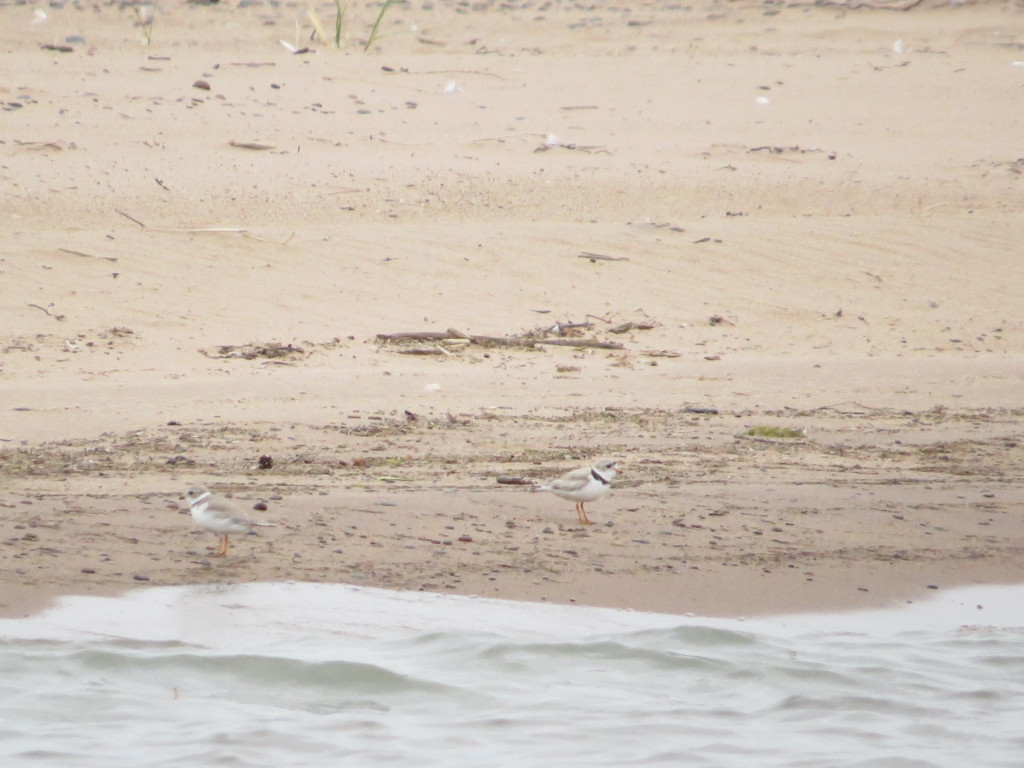
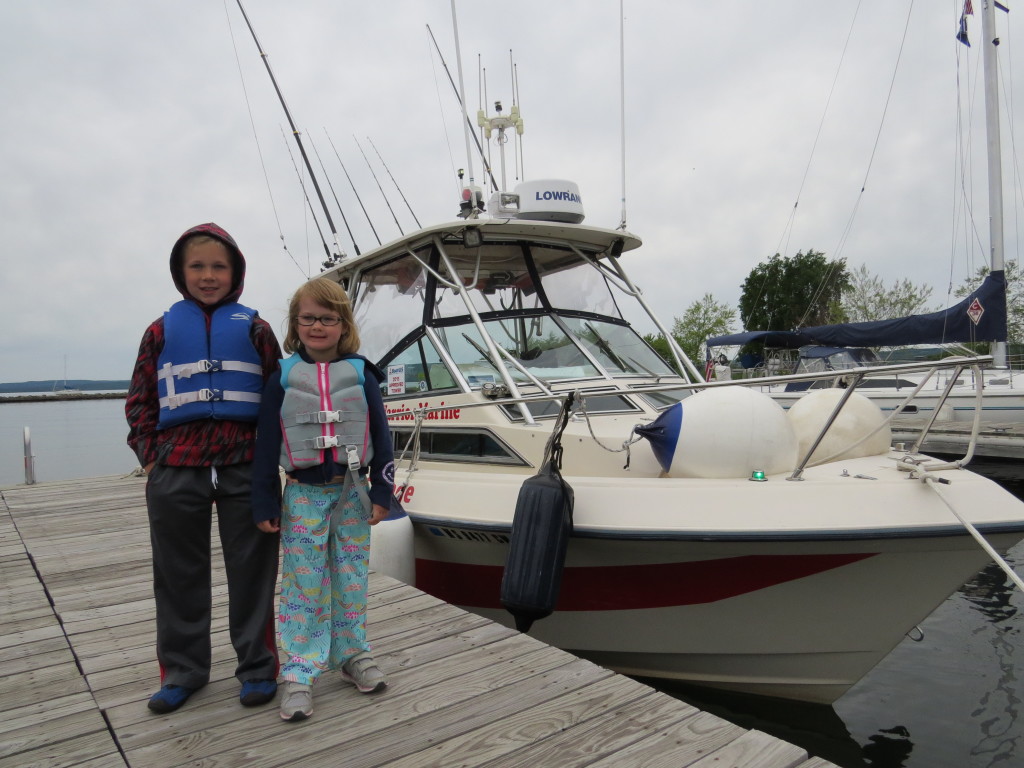
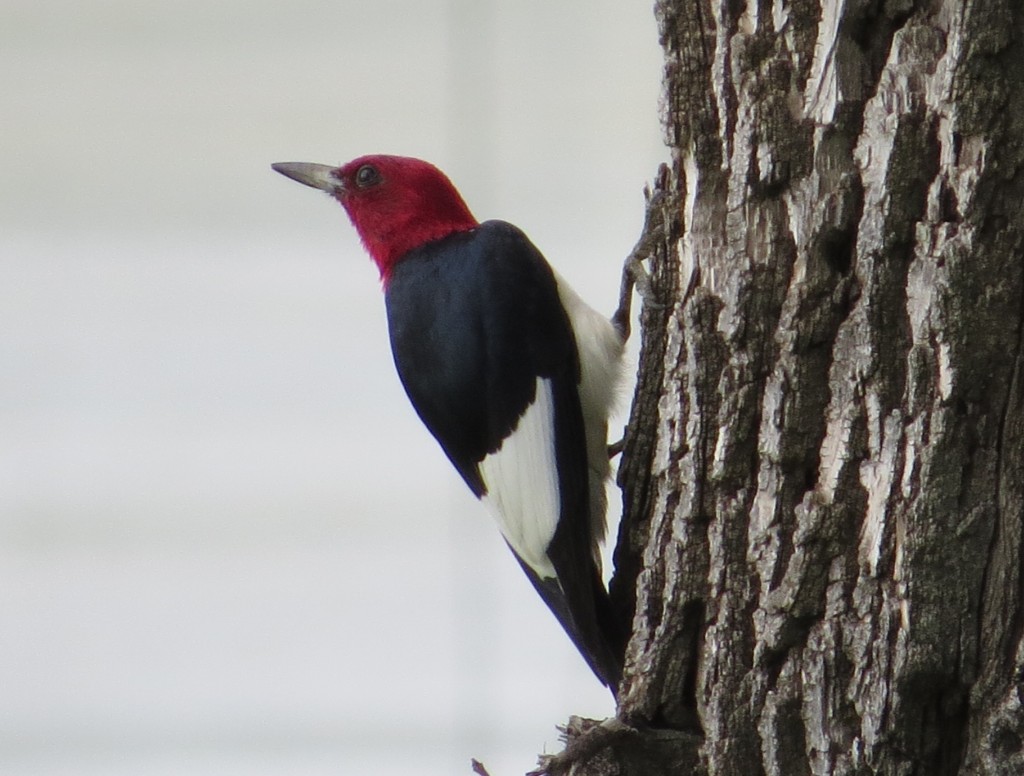
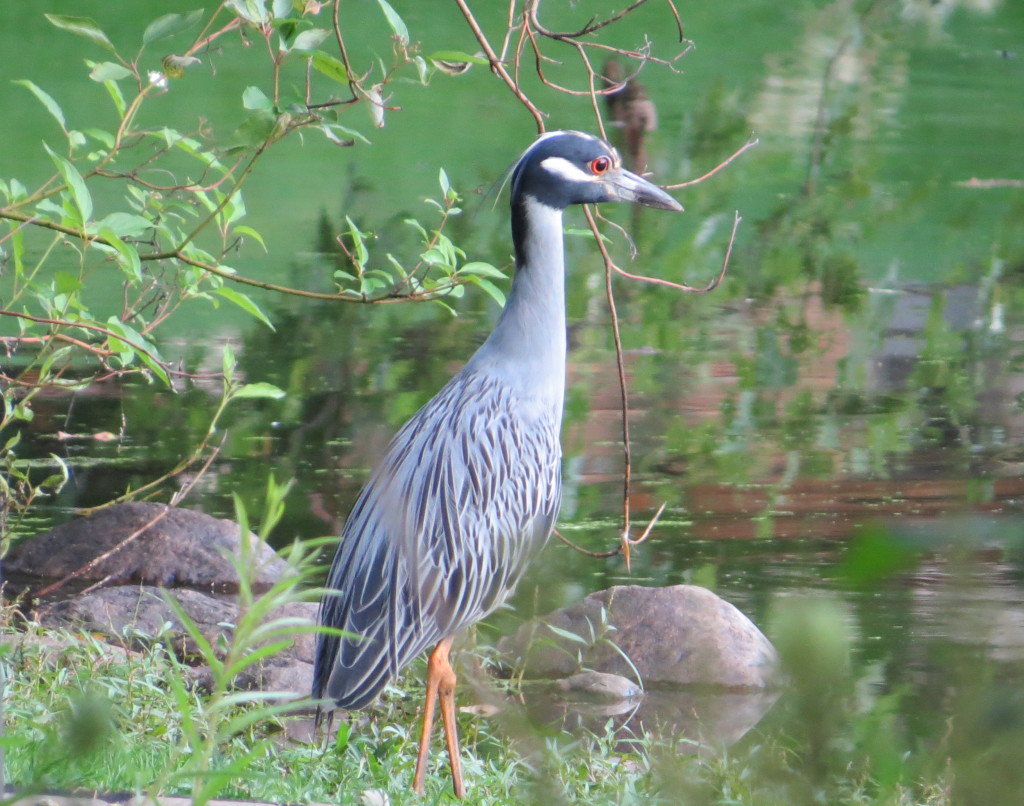
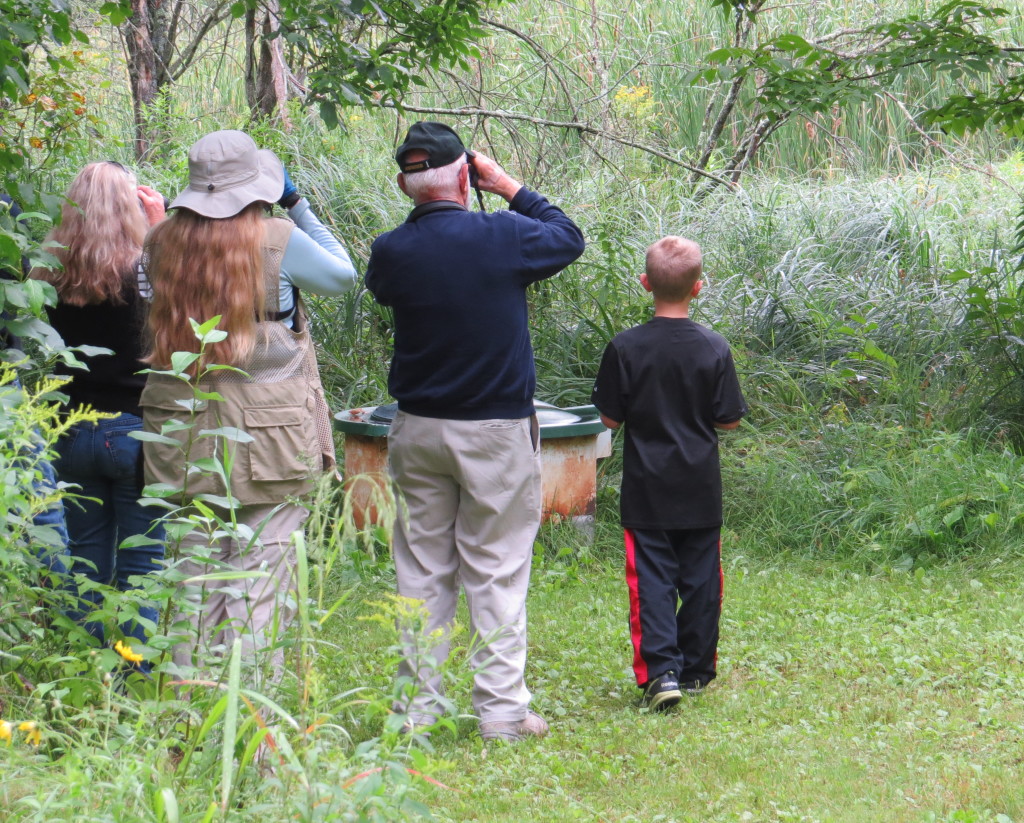
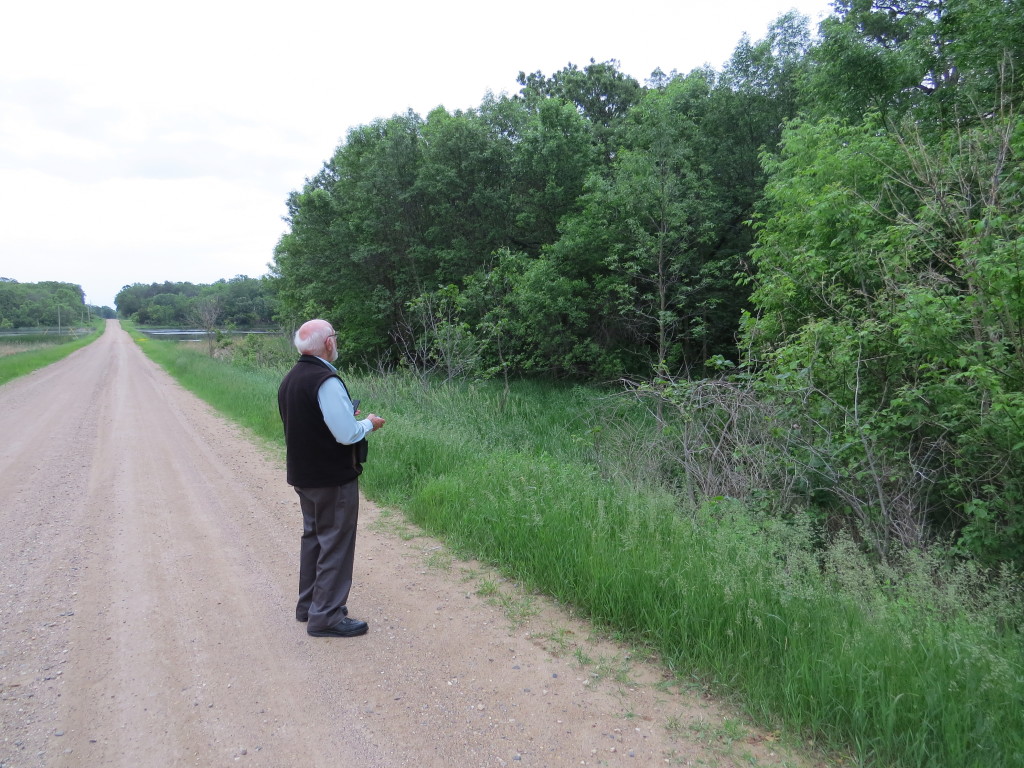
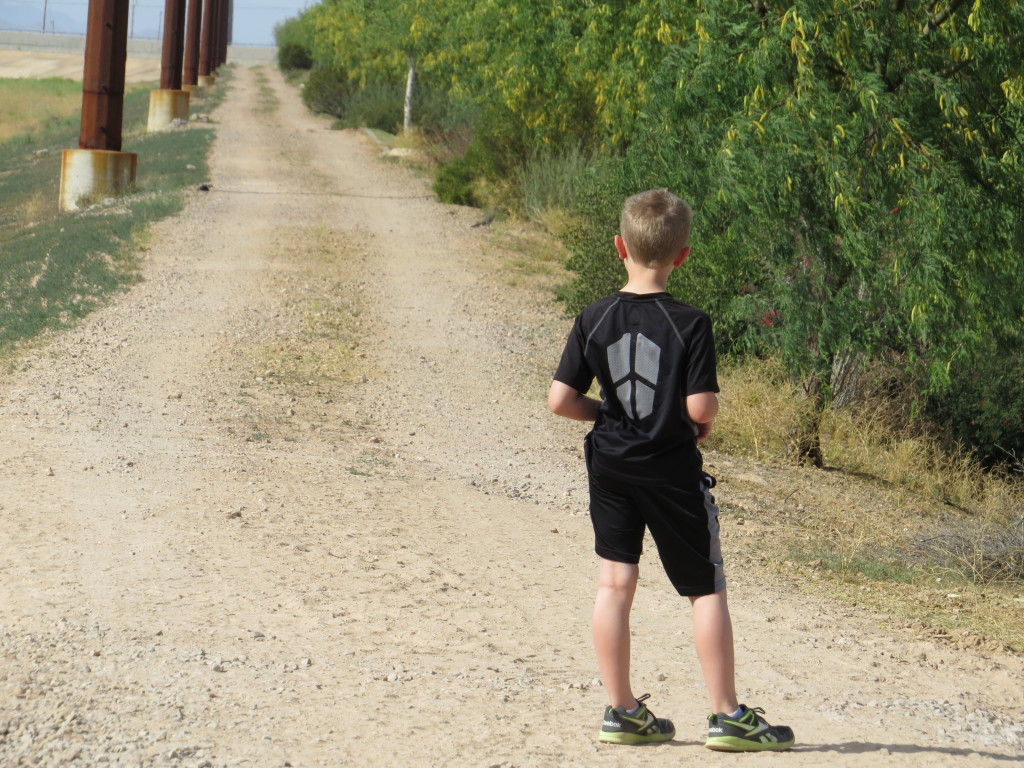
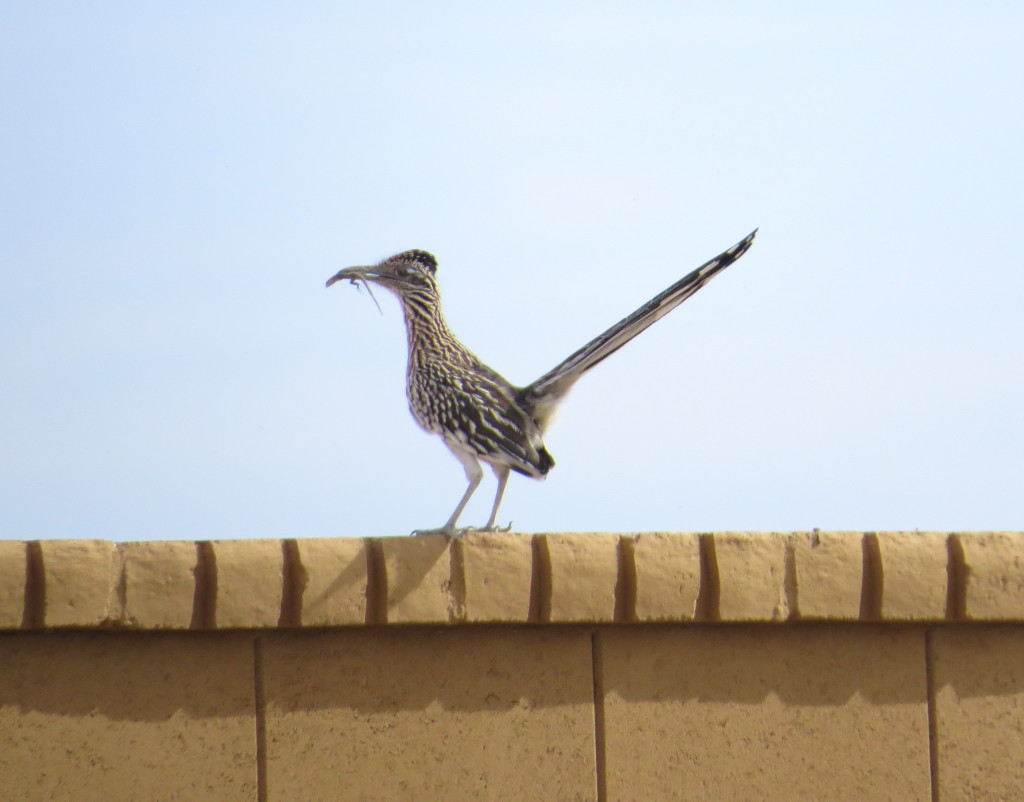
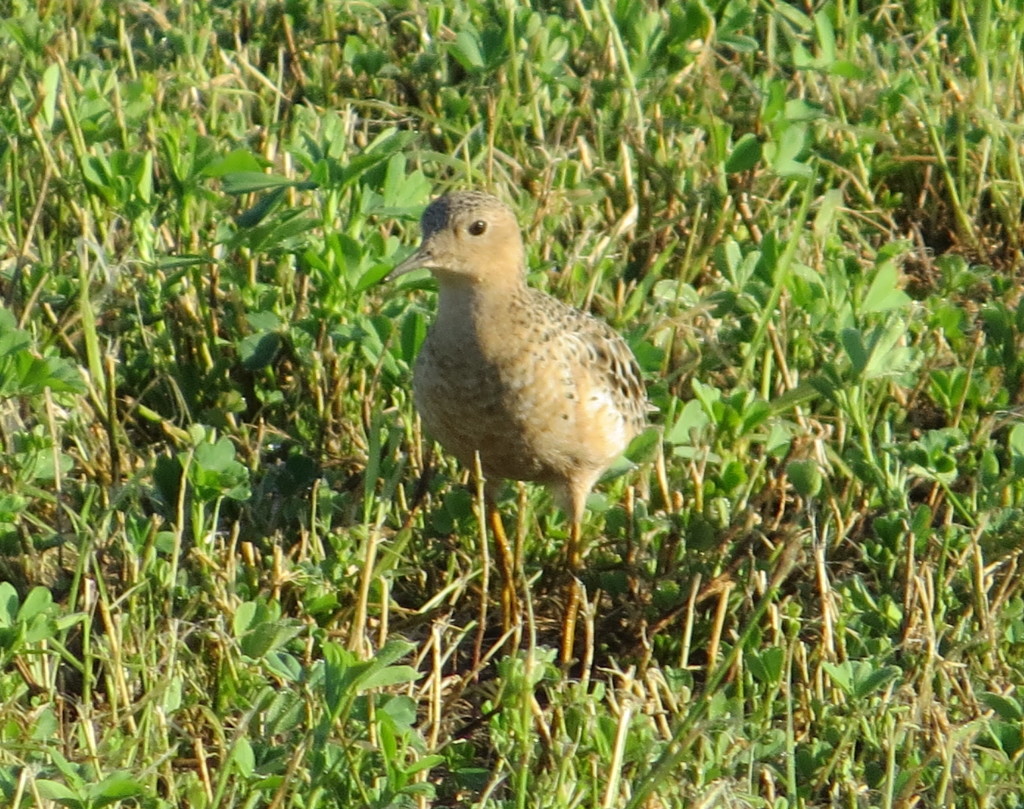
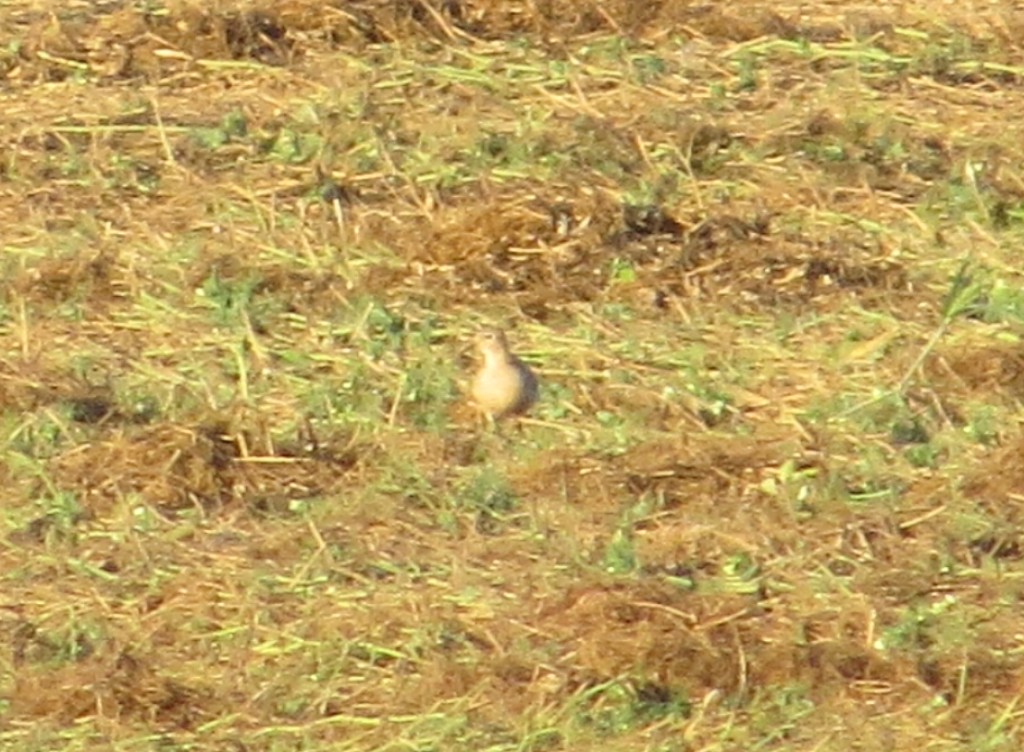
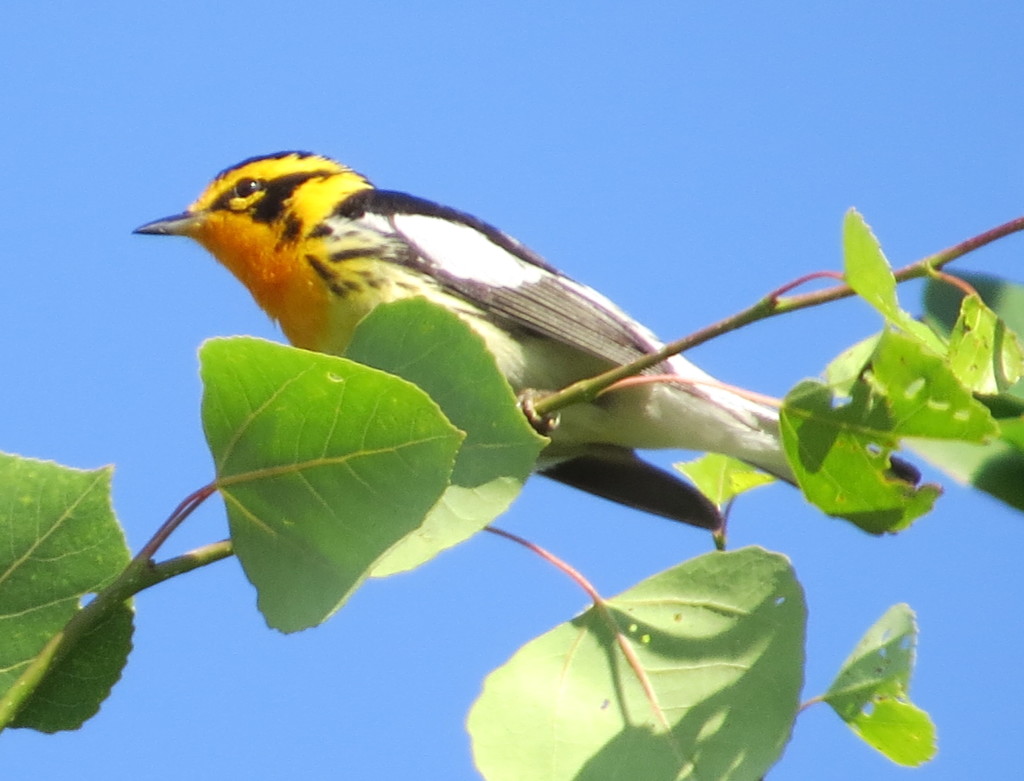
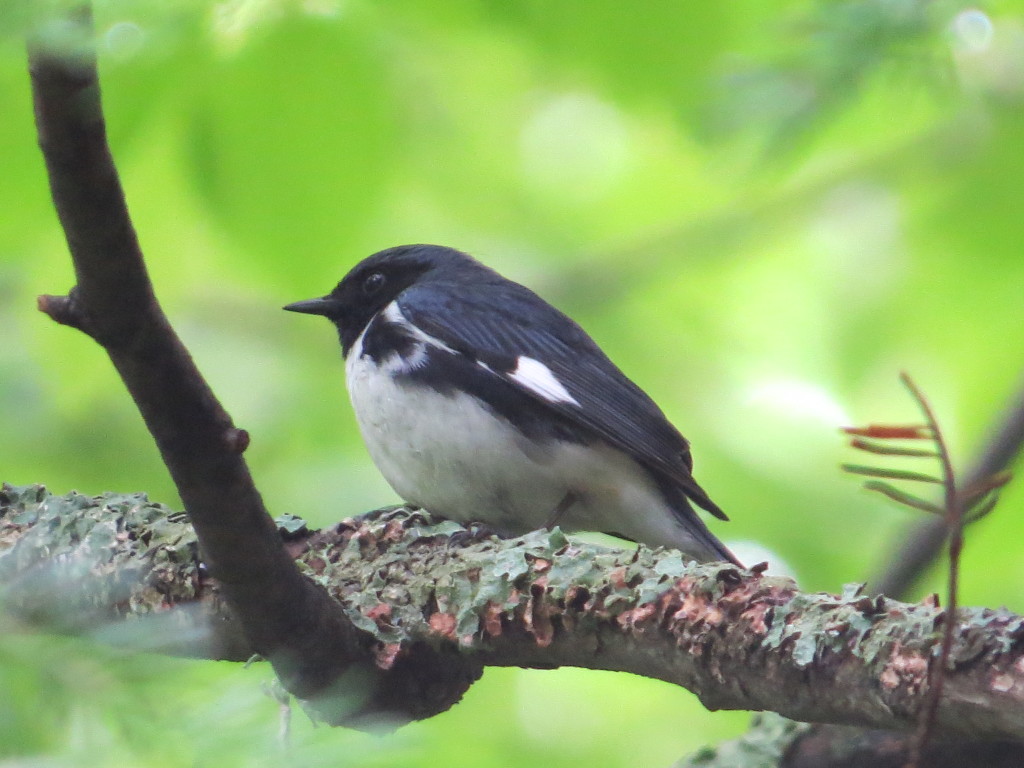
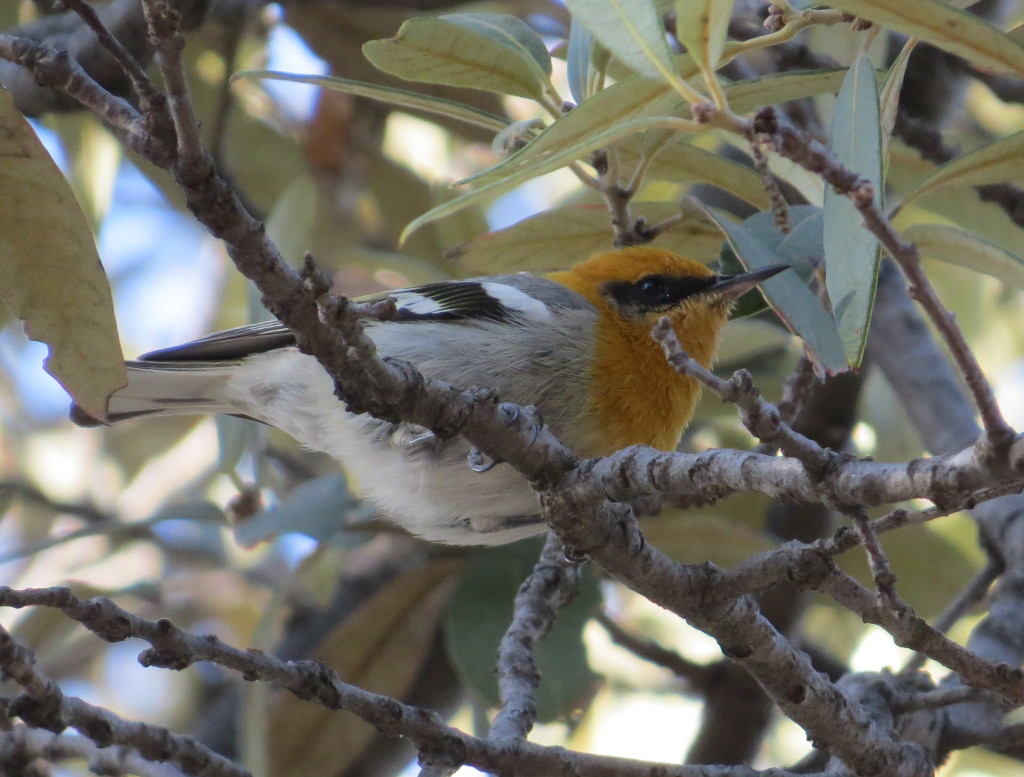
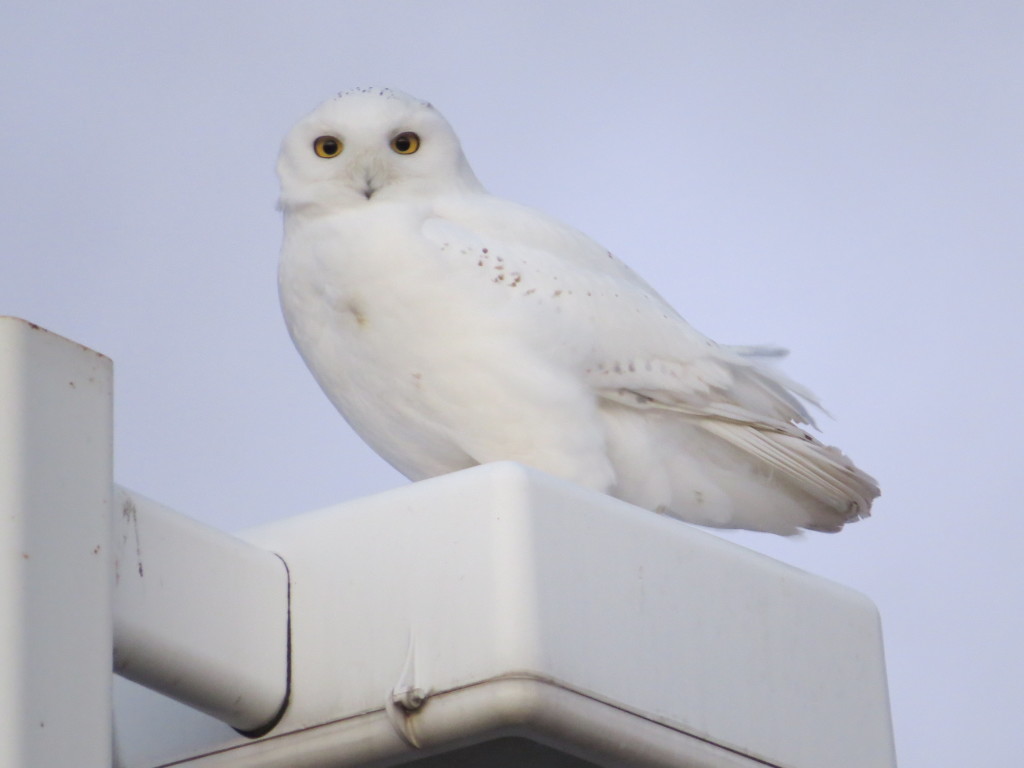
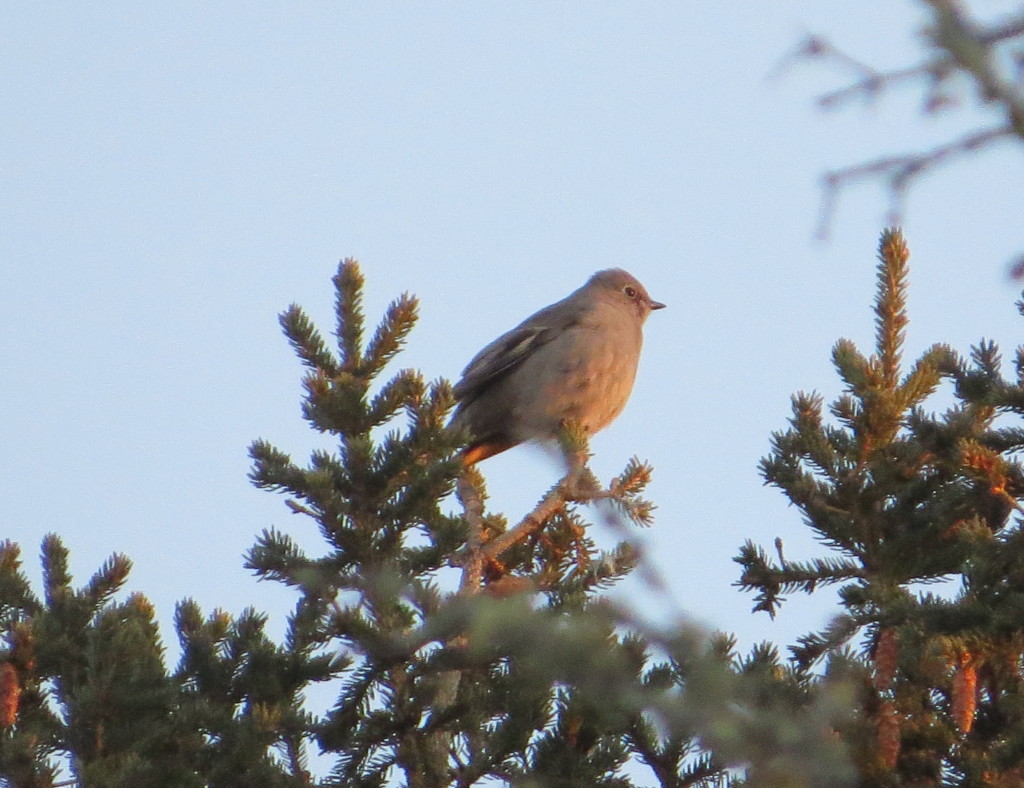 My first lifer for 2015 was a Townsend’s Solitaire, but that’s not why this bird is here. The reason this bird made the cut is that I found one on my own in the old hometown. That’s a pretty sweet feeling on multiple levels.
My first lifer for 2015 was a Townsend’s Solitaire, but that’s not why this bird is here. The reason this bird made the cut is that I found one on my own in the old hometown. That’s a pretty sweet feeling on multiple levels.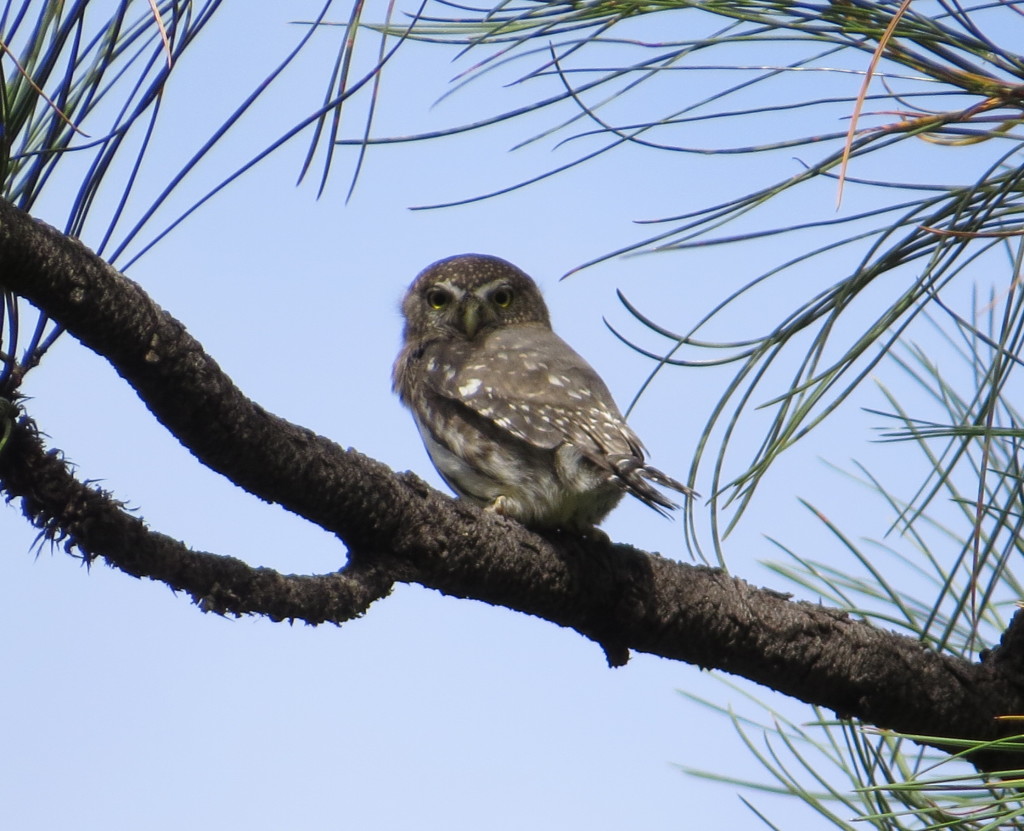 I had five Owl lifers in 2015. In an ordinary year, they’d all deserve one of the top 10 slots. Spotted Owl should probably occupy this slot because of its threatened status, but I just really enjoyed seeing this Pygmy in Hunter Canyon. This tiny Owl was cool just by itself, but the experience made it even better. This is just one of the dozens of life birds that Tommy DeBardeleben and Gordon Karre found for us. Just as much fun as seeing these birds was becoming friends with these guys. There is no doubt that we will have many more adventures together in 2016.
I had five Owl lifers in 2015. In an ordinary year, they’d all deserve one of the top 10 slots. Spotted Owl should probably occupy this slot because of its threatened status, but I just really enjoyed seeing this Pygmy in Hunter Canyon. This tiny Owl was cool just by itself, but the experience made it even better. This is just one of the dozens of life birds that Tommy DeBardeleben and Gordon Karre found for us. Just as much fun as seeing these birds was becoming friends with these guys. There is no doubt that we will have many more adventures together in 2016.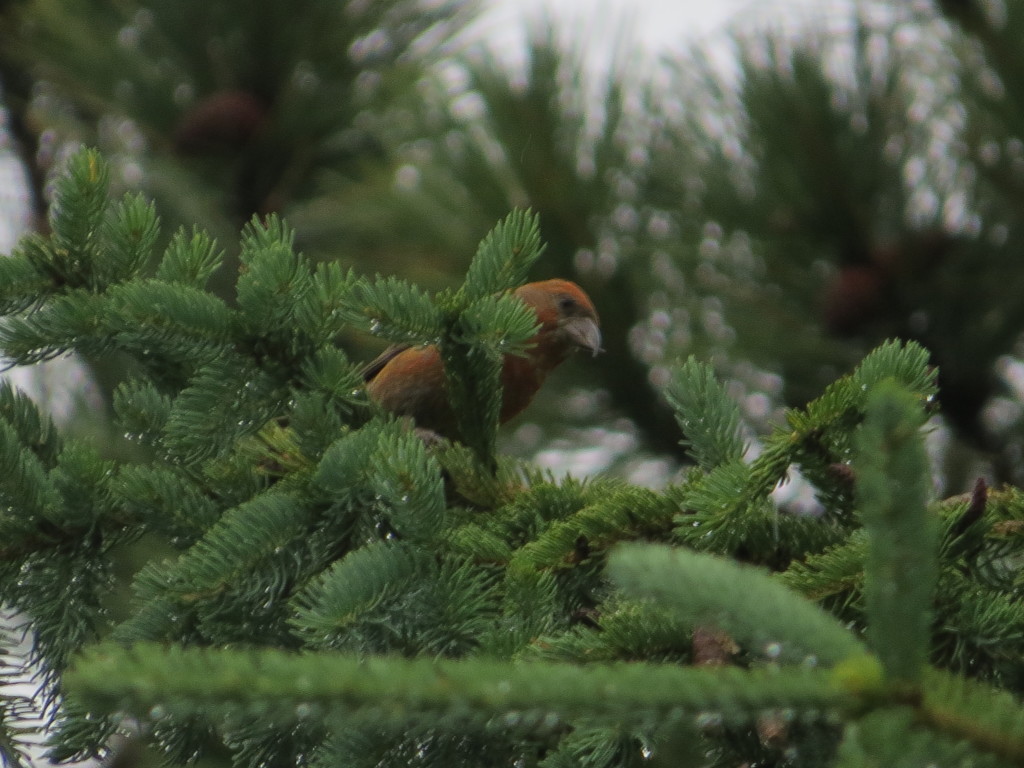
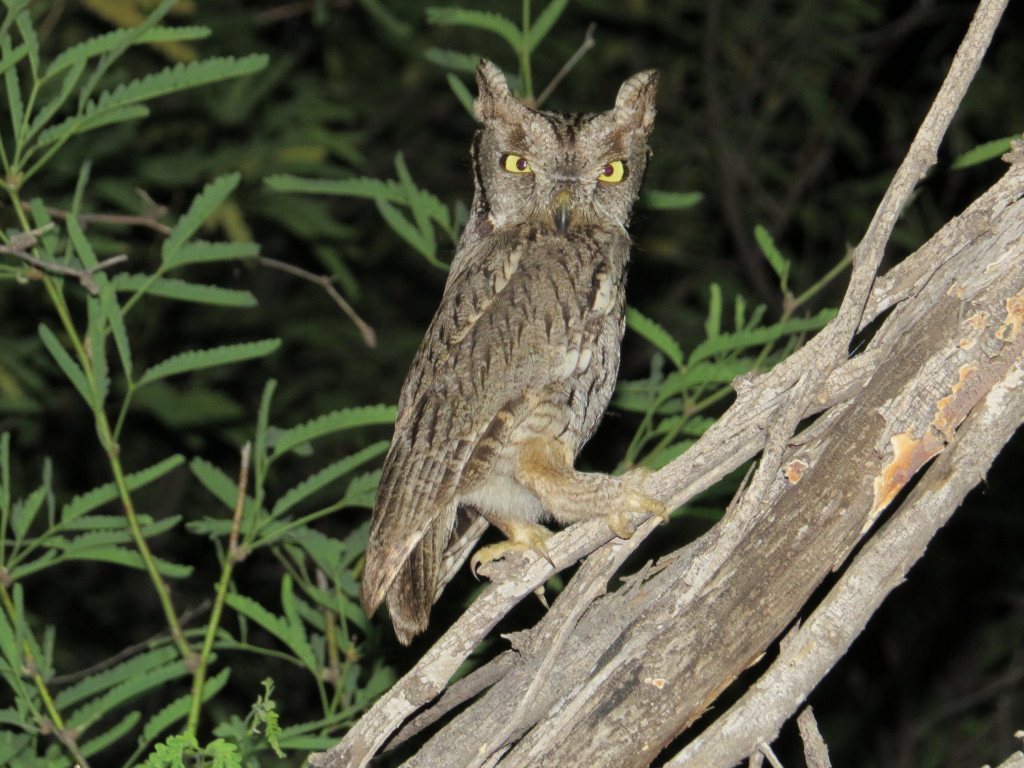 This is probably one of the most common Owls of all my Owl lifers. But rarity status alone does not make for the best experiences. What made this bird so fun was the context in which it occurred. First, night-birding with flashlights adds a whole new level excitement to this hobby. Chris Rohrer said it best when he said it makes you feel like a little kid again to be outside after dark past bedtime. Second, this Owl was so cooperative for Tommy DeBardeleben and me that we got to pose for some laughter-inducing selfies. This is probably the most fun I’ve ever had birding.
This is probably one of the most common Owls of all my Owl lifers. But rarity status alone does not make for the best experiences. What made this bird so fun was the context in which it occurred. First, night-birding with flashlights adds a whole new level excitement to this hobby. Chris Rohrer said it best when he said it makes you feel like a little kid again to be outside after dark past bedtime. Second, this Owl was so cooperative for Tommy DeBardeleben and me that we got to pose for some laughter-inducing selfies. This is probably the most fun I’ve ever had birding.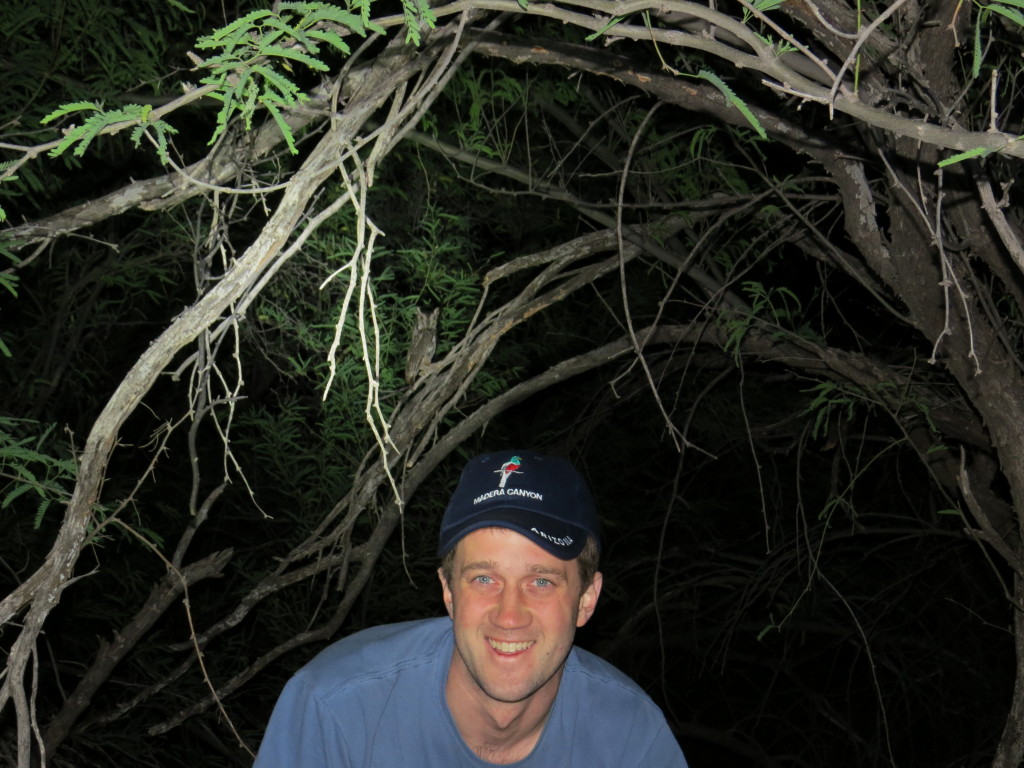
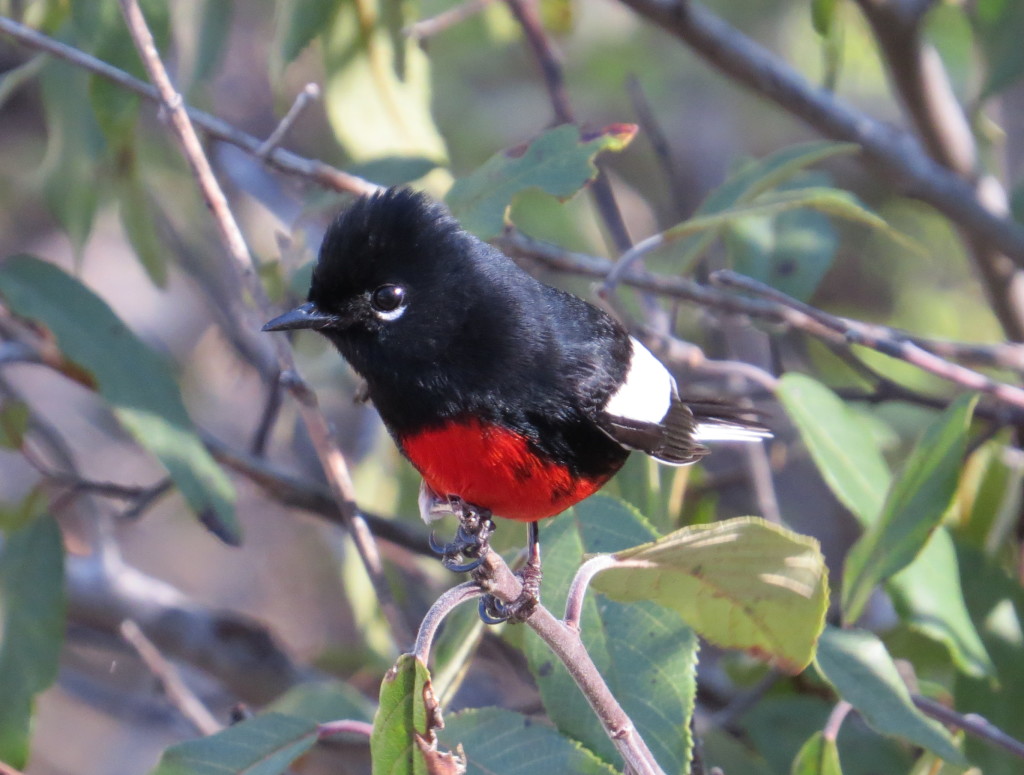 Wow. Just wow. Seeing them at my feet? Unbelievable.
Wow. Just wow. Seeing them at my feet? Unbelievable.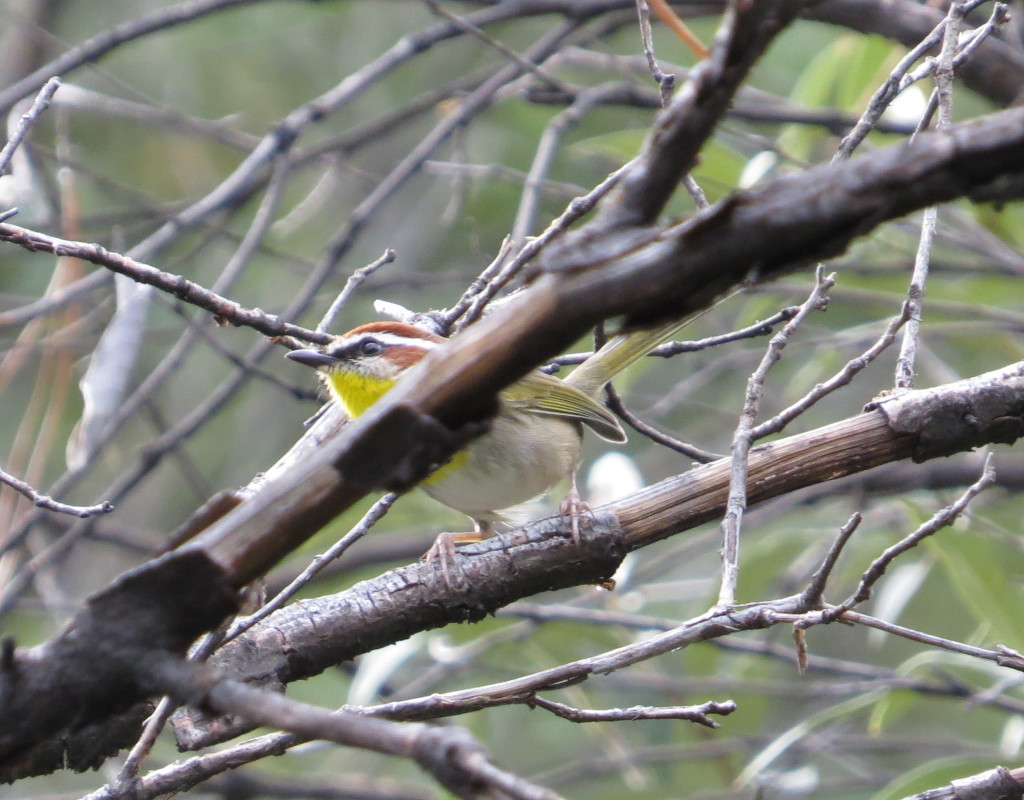 The Rufous-capped Warbler beat out the Pygmy Owl and the Oriole that day in Hunter Canyon. This rare Mexican visitor was the main target of AZ trip #2. I can’t believe I saw one. I can’t believe I got a photo.
The Rufous-capped Warbler beat out the Pygmy Owl and the Oriole that day in Hunter Canyon. This rare Mexican visitor was the main target of AZ trip #2. I can’t believe I saw one. I can’t believe I got a photo.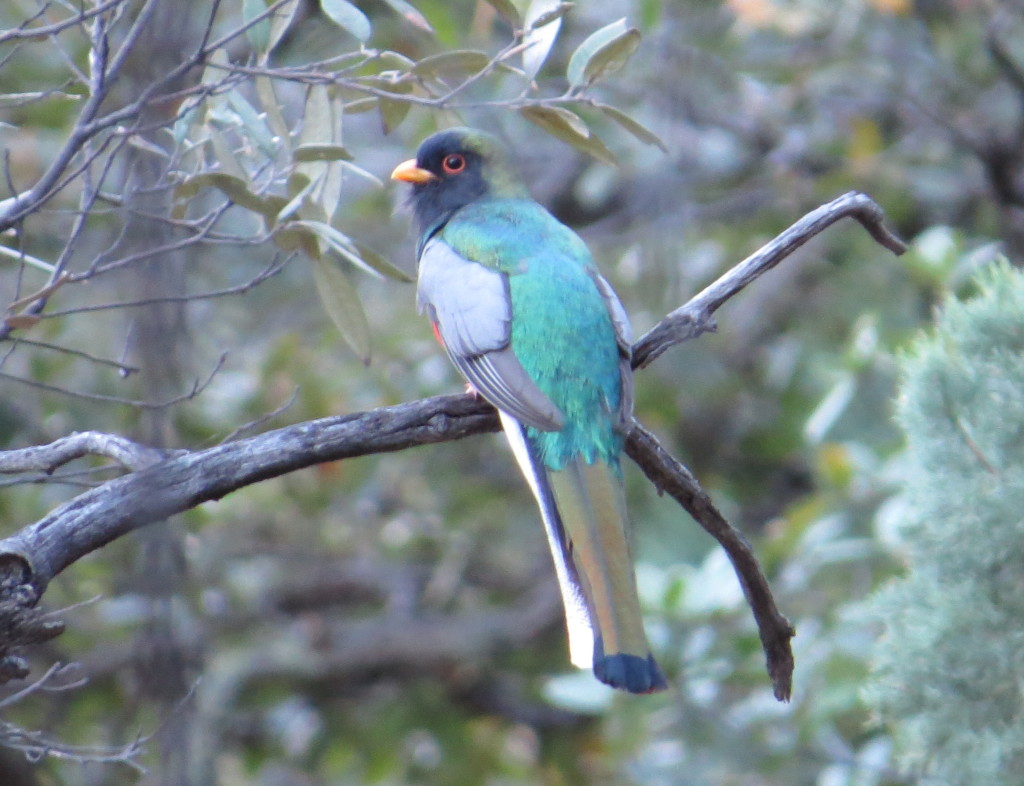 Can you believe a year in which Elegant Trogon doesn’t get the top slot? I mean, seriously? This was the main target for AZ trip #1. We were successful on the last morning. Tommy led us to victory that day. What a thrill it was to chase this bird up the mountainside in Madera Canyon. The Elegant Trogon Fantastic Four made for an epic team. A huge thanks goes out to these two guys for being responsible for most of the birds seen in this list, but this one especially. Any other year guys and it would have been tops!
Can you believe a year in which Elegant Trogon doesn’t get the top slot? I mean, seriously? This was the main target for AZ trip #1. We were successful on the last morning. Tommy led us to victory that day. What a thrill it was to chase this bird up the mountainside in Madera Canyon. The Elegant Trogon Fantastic Four made for an epic team. A huge thanks goes out to these two guys for being responsible for most of the birds seen in this list, but this one especially. Any other year guys and it would have been tops!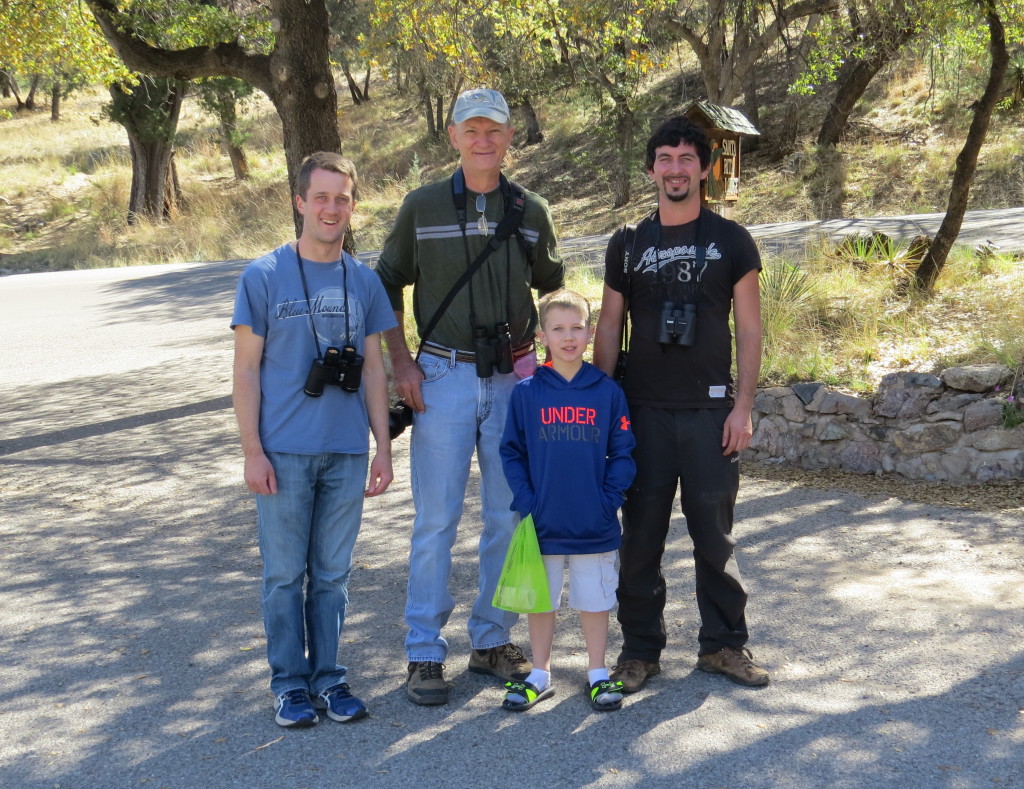 2. Gyrfalcon
2. Gyrfalcon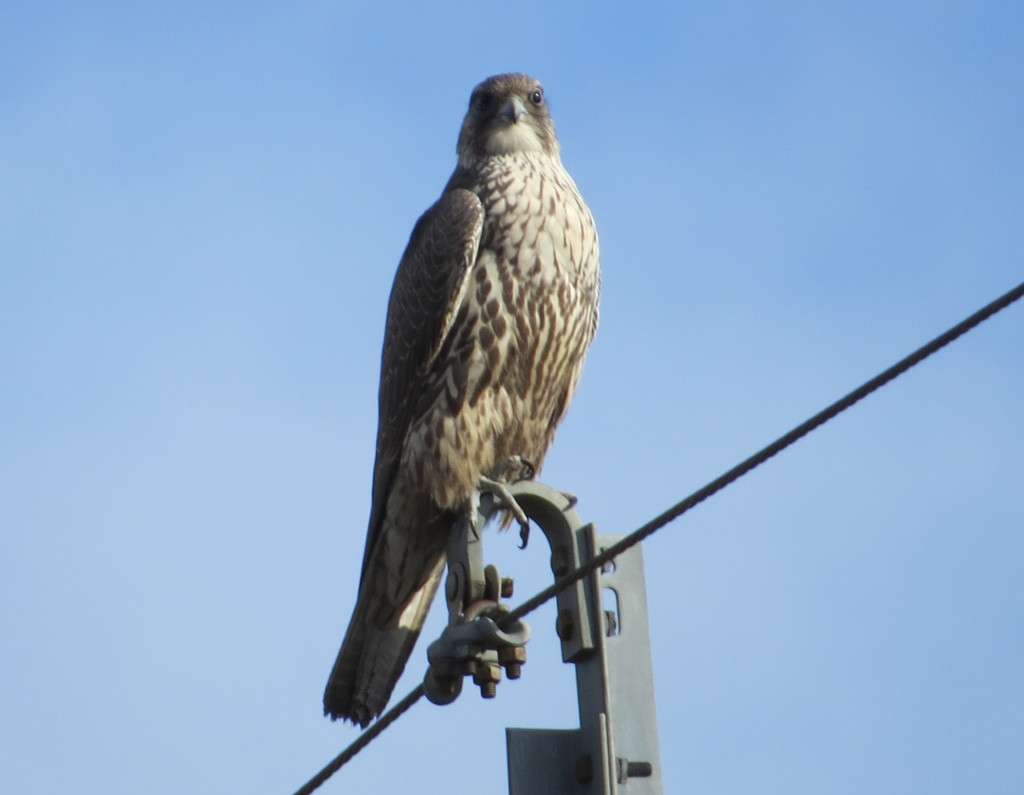 Now here’s one that I wasn’t expecting, as in at all, as in ever. 2015 was the year of the Gyrfalcon. I picked up my lifer in Superior, WI early in the year, but what catapulted this bird near the top of this list was when I accidentally stumbled on the bird pictured above right here in Kandiyohi County, giving me my state and county bird in one sweet shot with a good photo op to boot. Considering one hadn’t been seen in Minnesota in nearly three years, I was just a little excited when Bob Dunlap and a host of birding experts told me my misidentified Peregrine was actually a Gyr.
Now here’s one that I wasn’t expecting, as in at all, as in ever. 2015 was the year of the Gyrfalcon. I picked up my lifer in Superior, WI early in the year, but what catapulted this bird near the top of this list was when I accidentally stumbled on the bird pictured above right here in Kandiyohi County, giving me my state and county bird in one sweet shot with a good photo op to boot. Considering one hadn’t been seen in Minnesota in nearly three years, I was just a little excited when Bob Dunlap and a host of birding experts told me my misidentified Peregrine was actually a Gyr.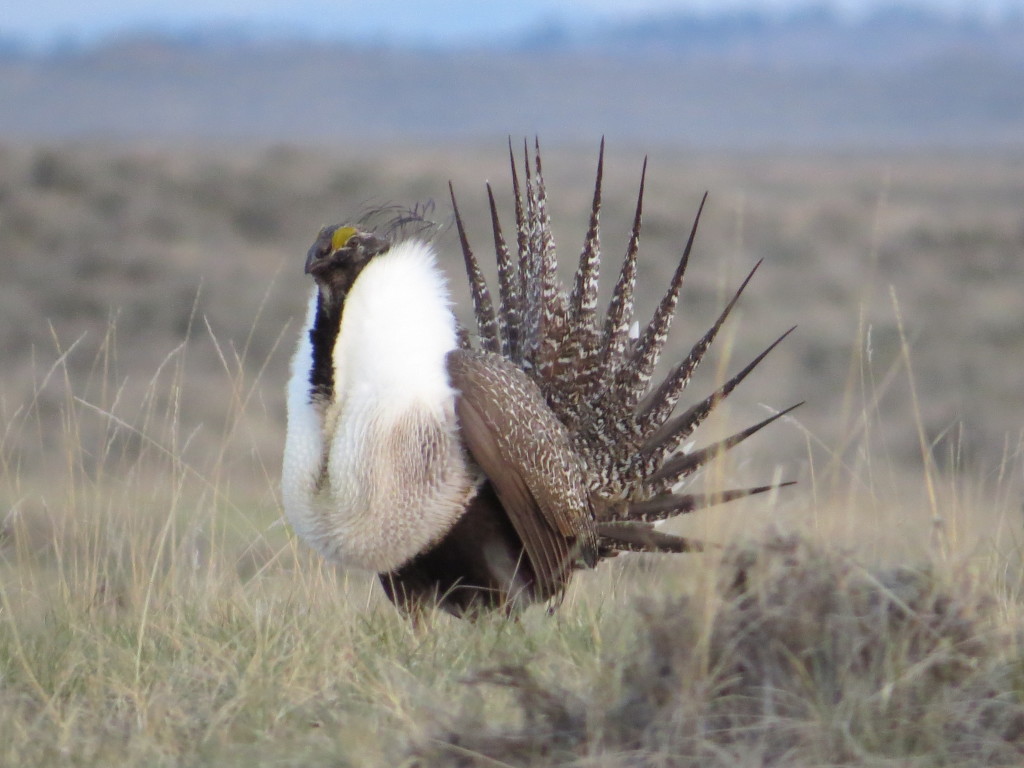 This bird had the top spot locked down before 2015 even began. This was a very special bird that Evan and I made a special trip to Montana to see. We got this lifer in the company of my dad who researched this bird extensively in the 1970s for the Montana Fish&Game Department (presently called the Montana Department of Fish, Wildlife, and Parks). We didn’t just see this bird. From a blind we got to observe the males doing their elaborate courtship displays on the lek. There was no better way to add this bird to the life list. The Greater Sage-Grouse was hands-down the best bird of 2015. A special thanks goes out to John Carlson for setting up the adventure, Charlie Eustace for joining us, Leo and Jo Jurica for hosting us, and to my dad for humoring my idea. It was a pleasure to meet John and Charlie and go on a very memorable outing together.
This bird had the top spot locked down before 2015 even began. This was a very special bird that Evan and I made a special trip to Montana to see. We got this lifer in the company of my dad who researched this bird extensively in the 1970s for the Montana Fish&Game Department (presently called the Montana Department of Fish, Wildlife, and Parks). We didn’t just see this bird. From a blind we got to observe the males doing their elaborate courtship displays on the lek. There was no better way to add this bird to the life list. The Greater Sage-Grouse was hands-down the best bird of 2015. A special thanks goes out to John Carlson for setting up the adventure, Charlie Eustace for joining us, Leo and Jo Jurica for hosting us, and to my dad for humoring my idea. It was a pleasure to meet John and Charlie and go on a very memorable outing together.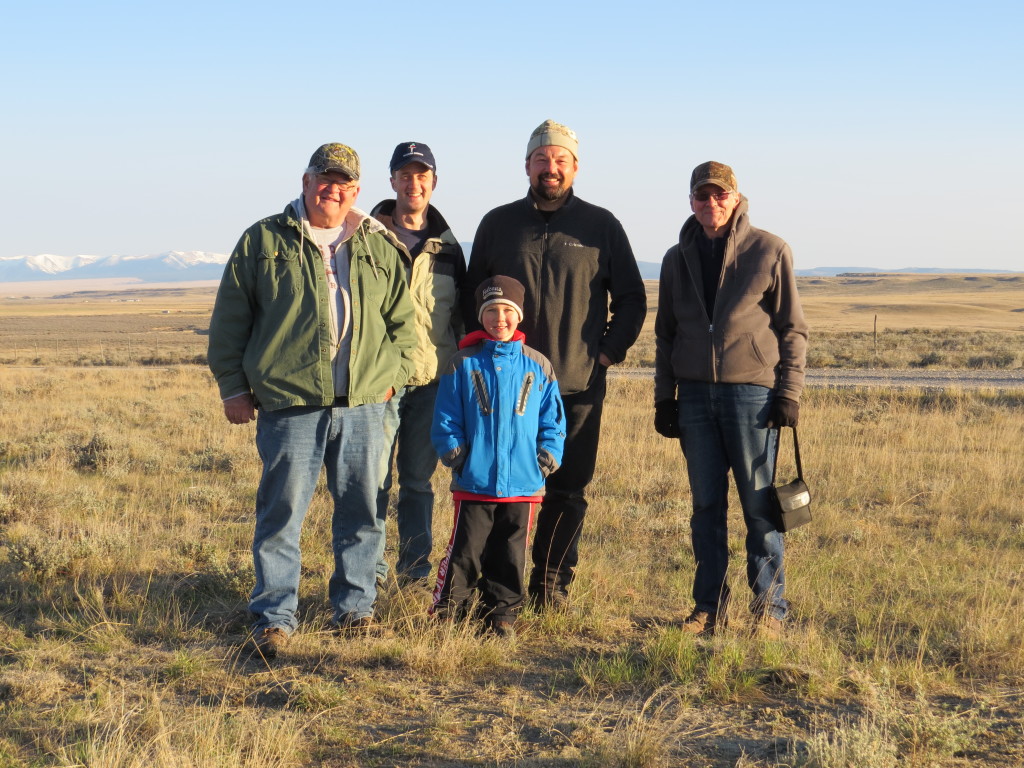
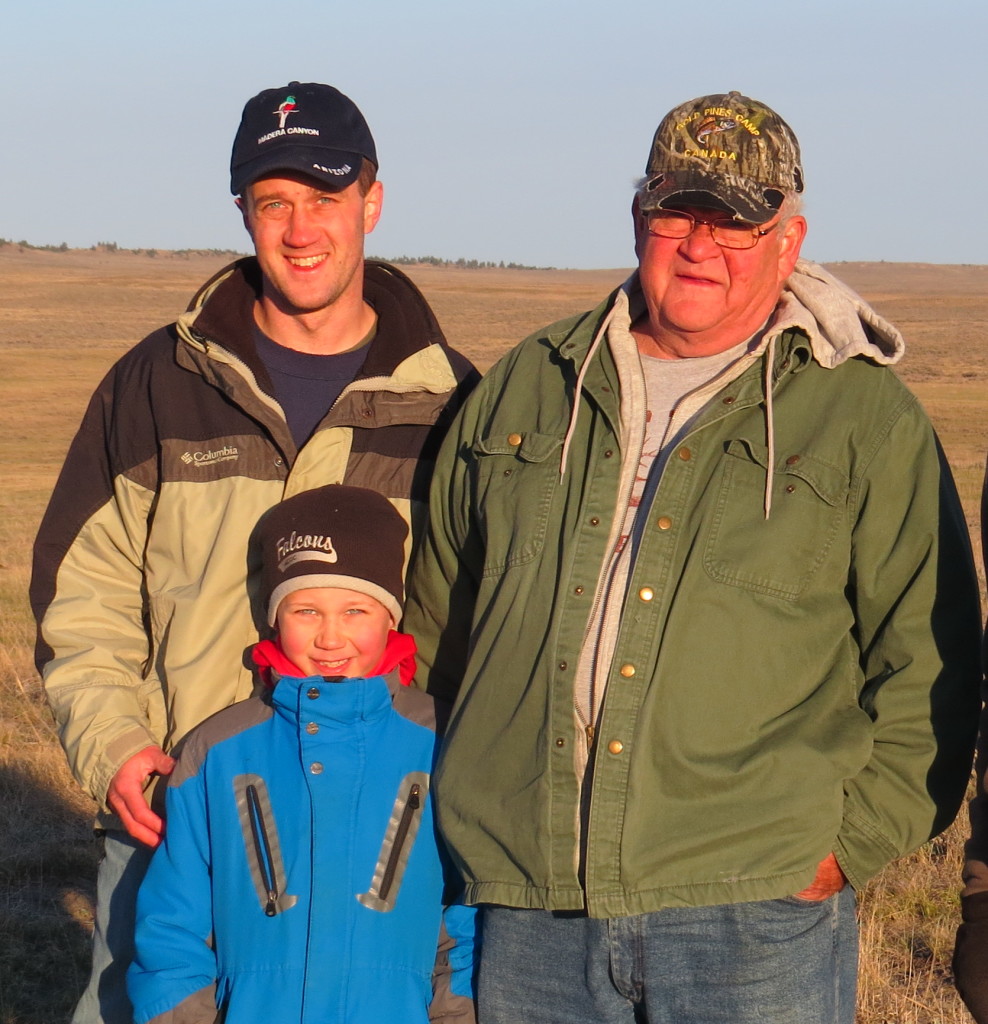
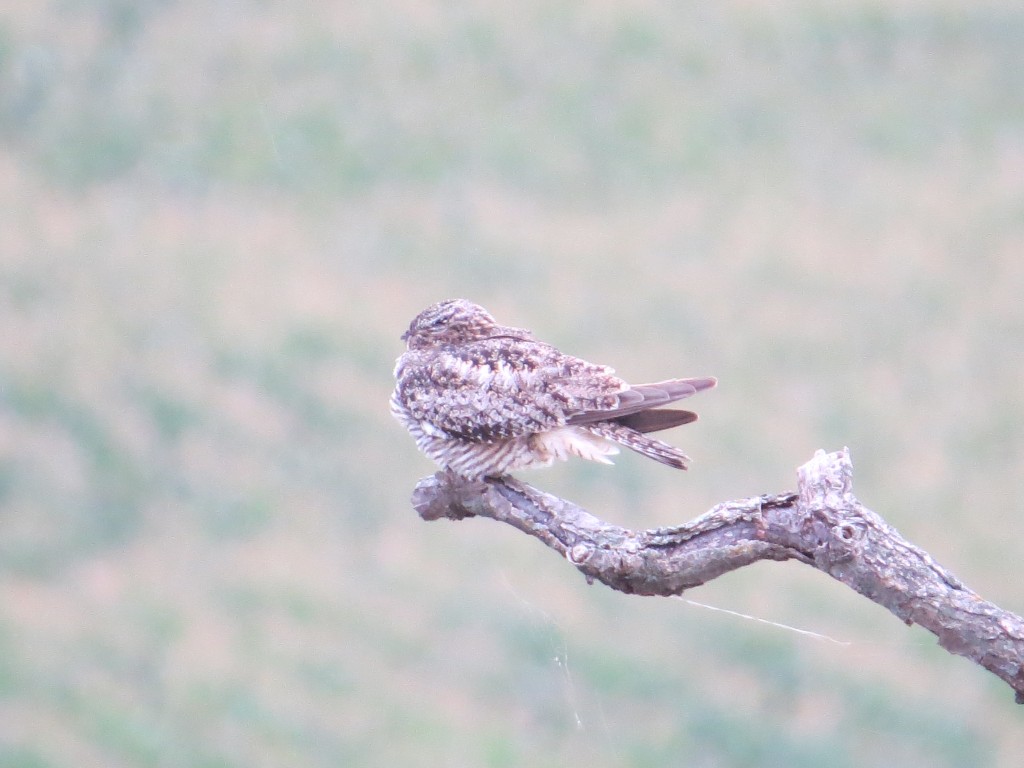

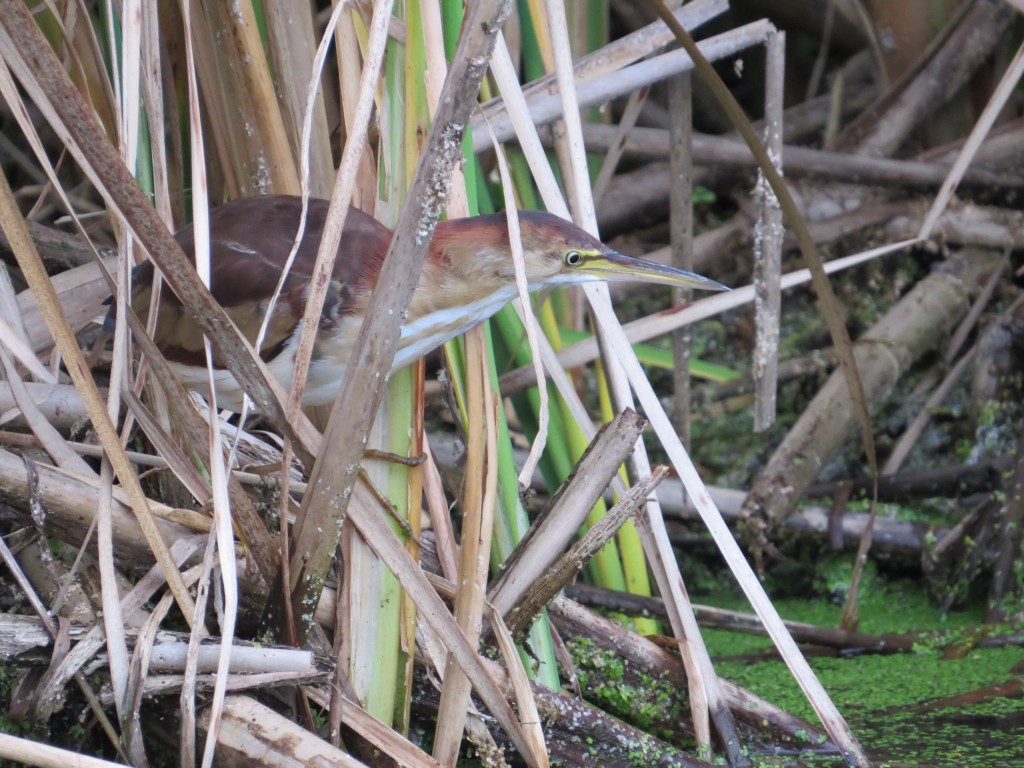 And one of the birders who helped us find this bird was none other than Stan Tekiela!
And one of the birders who helped us find this bird was none other than Stan Tekiela!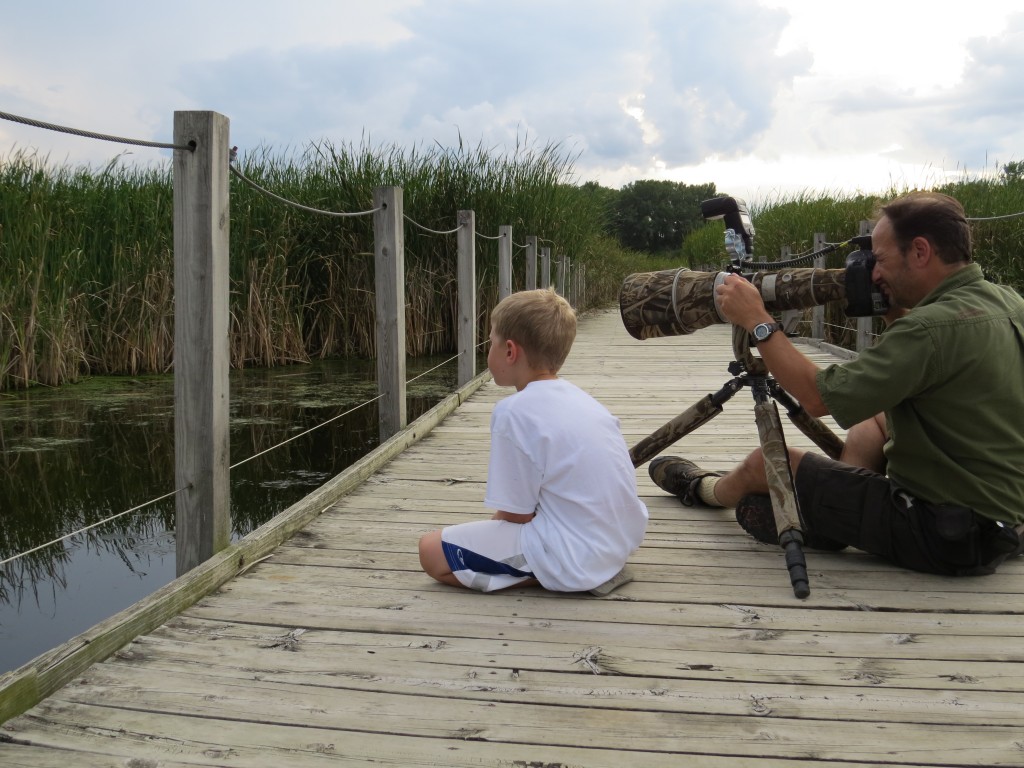
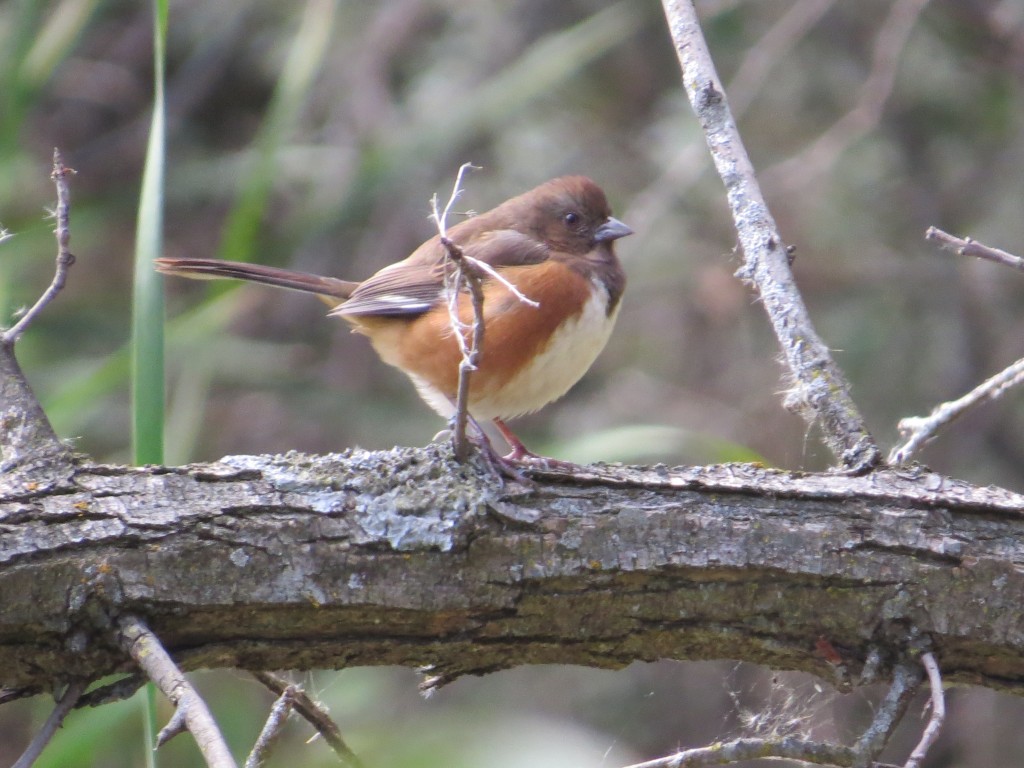
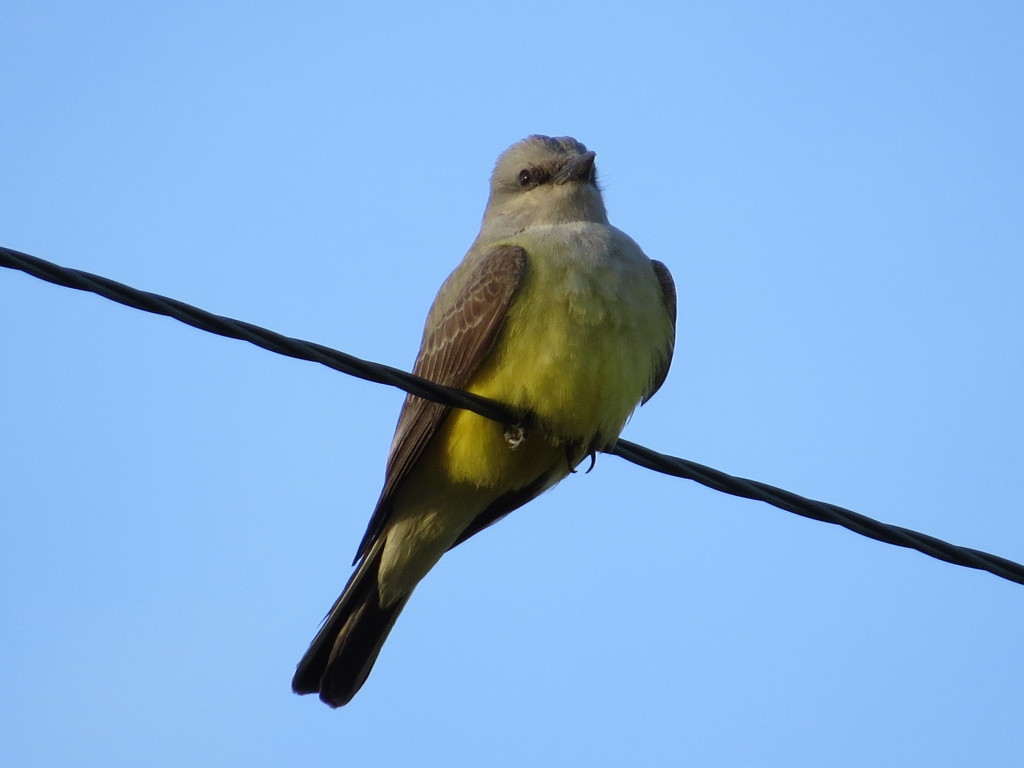
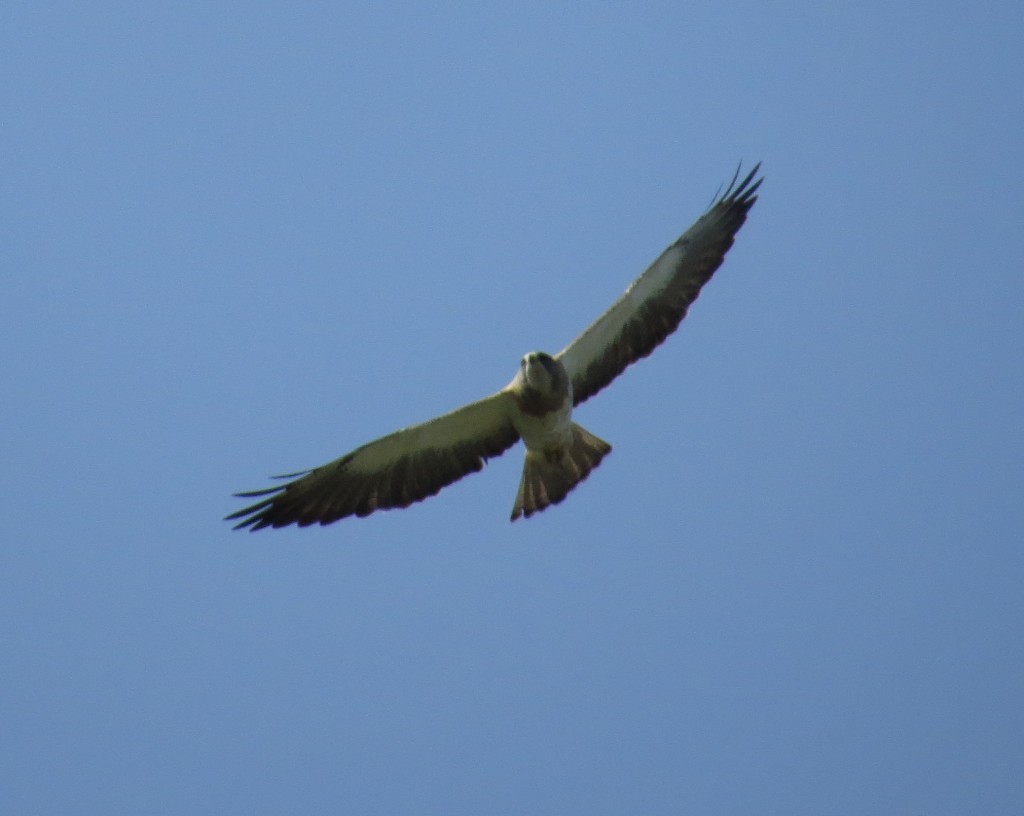
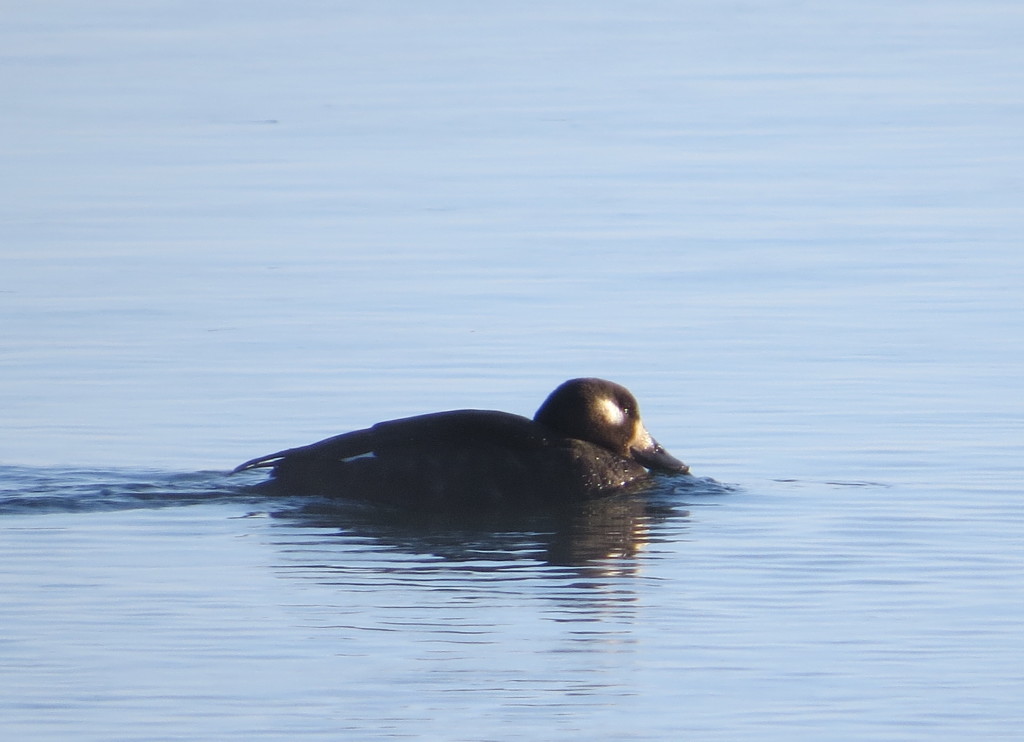
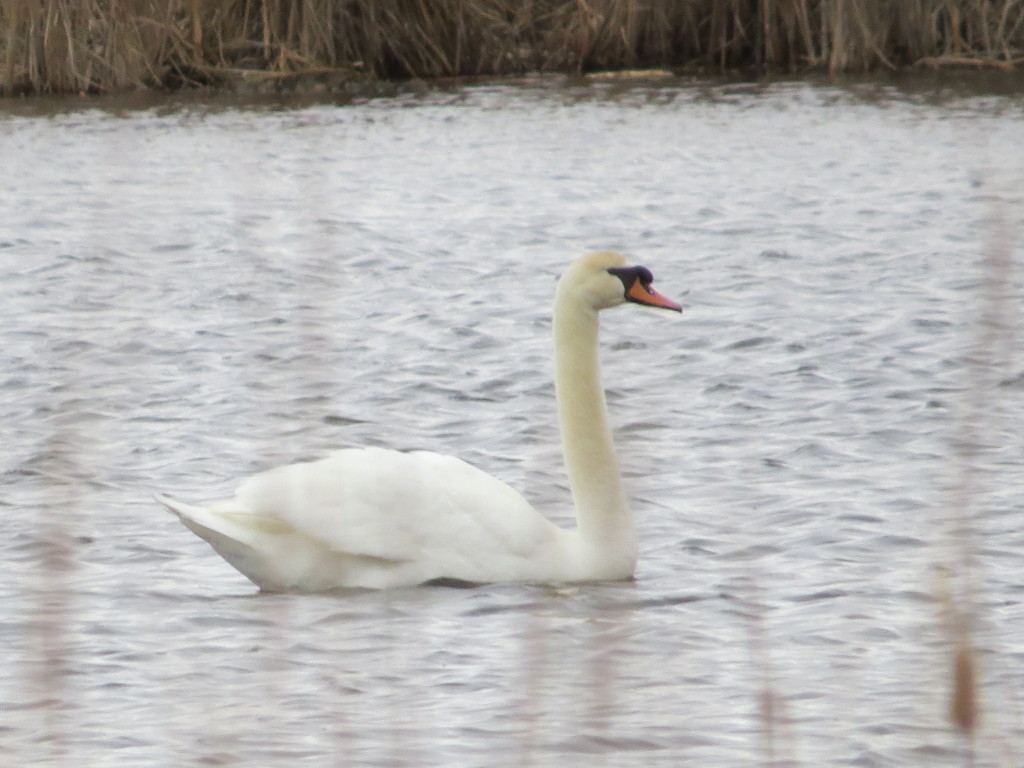
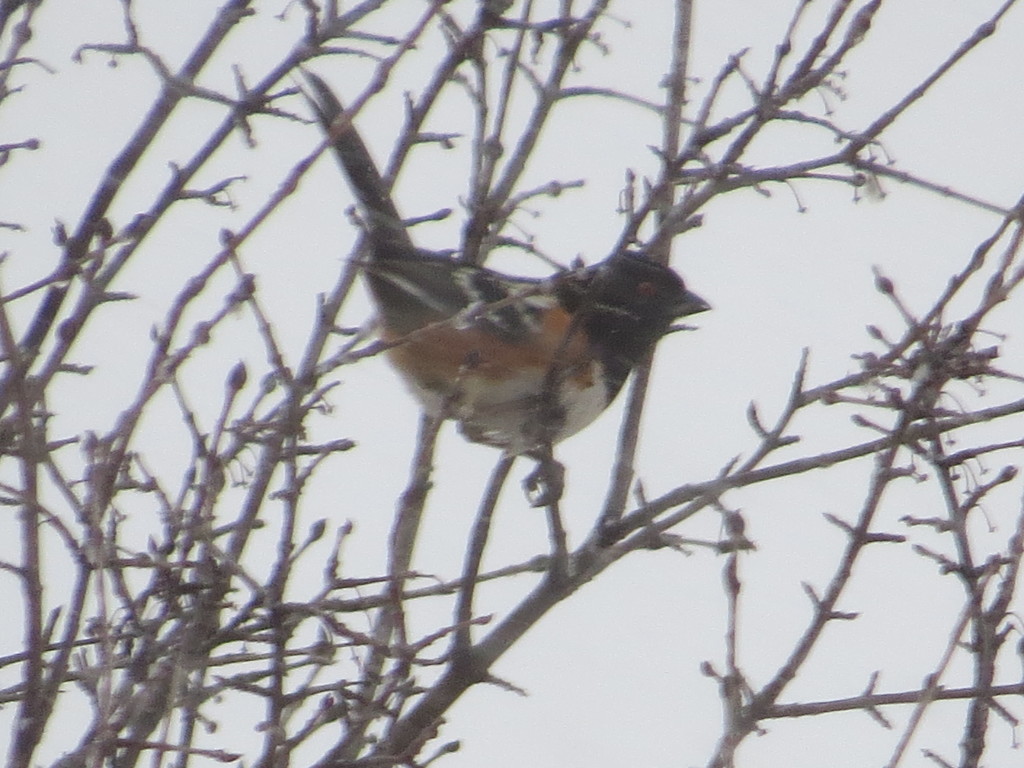

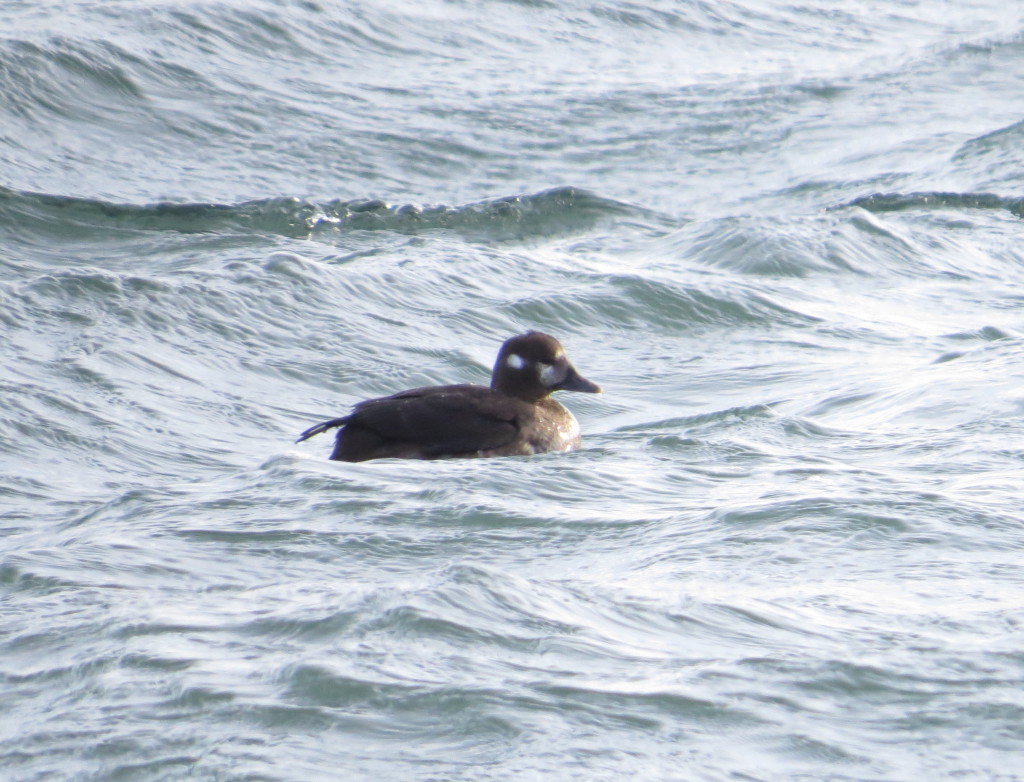
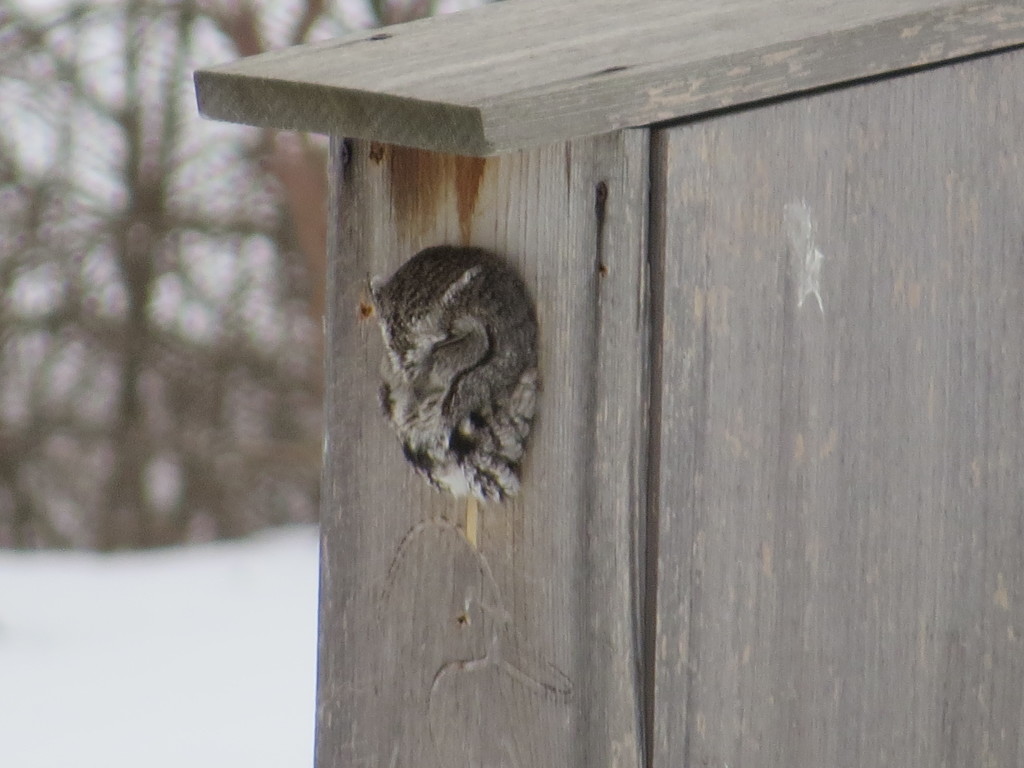
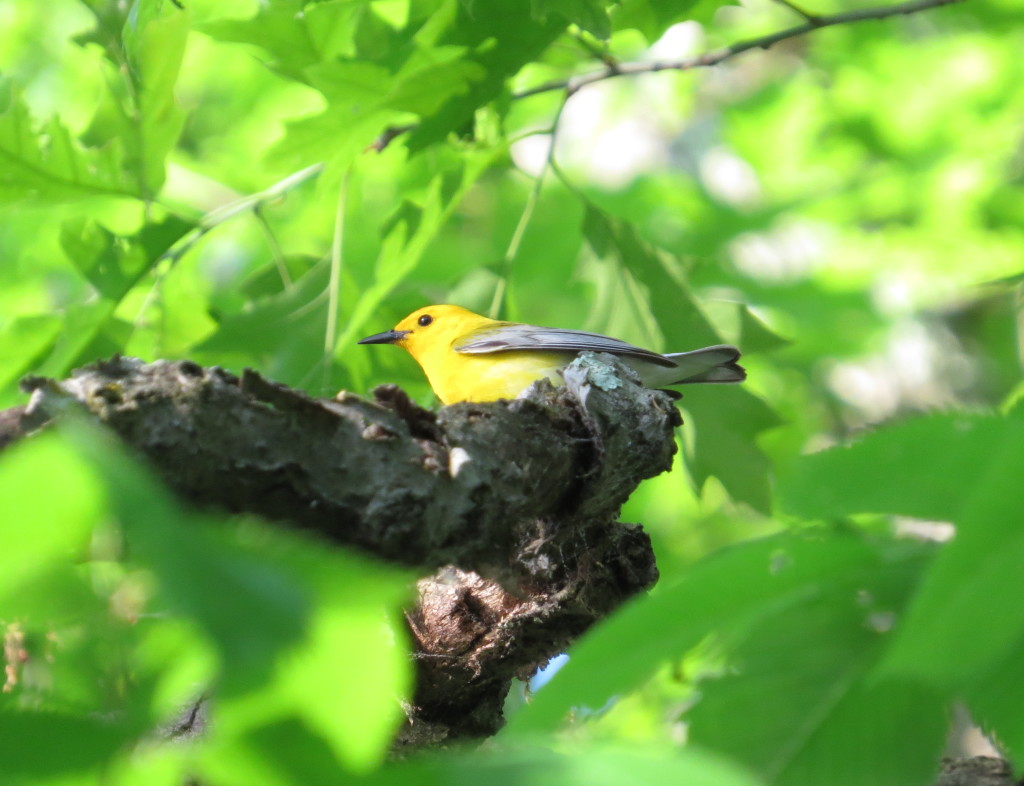
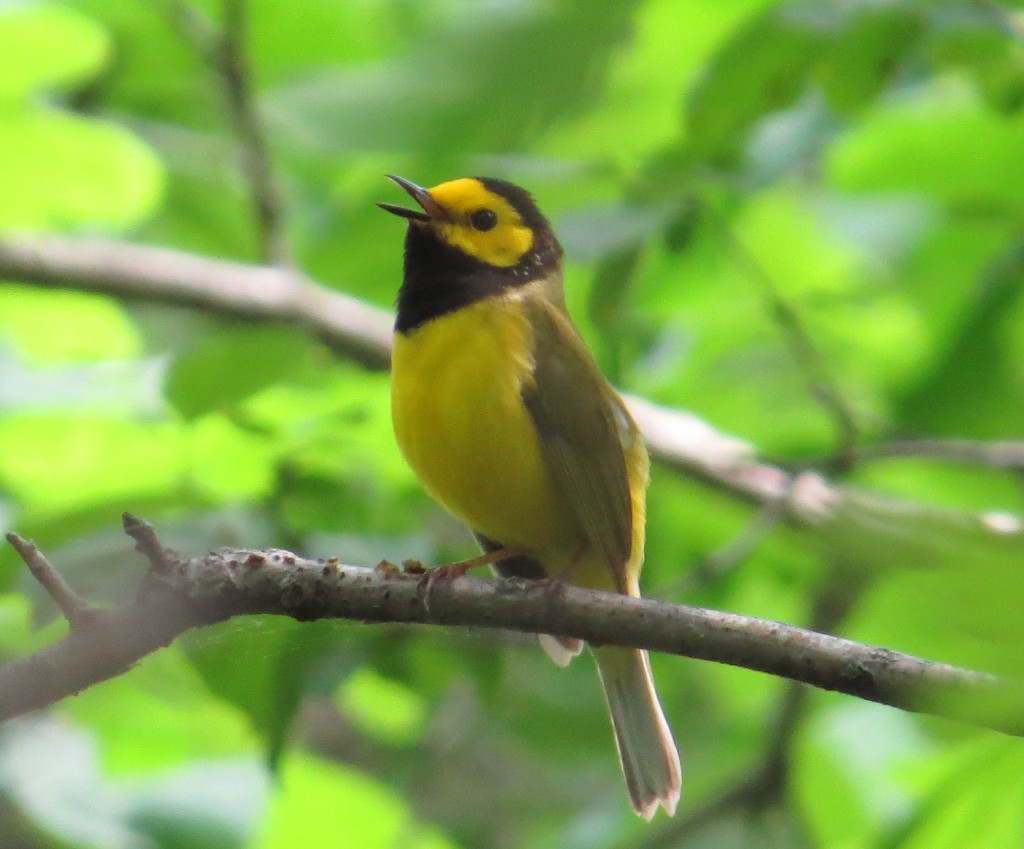
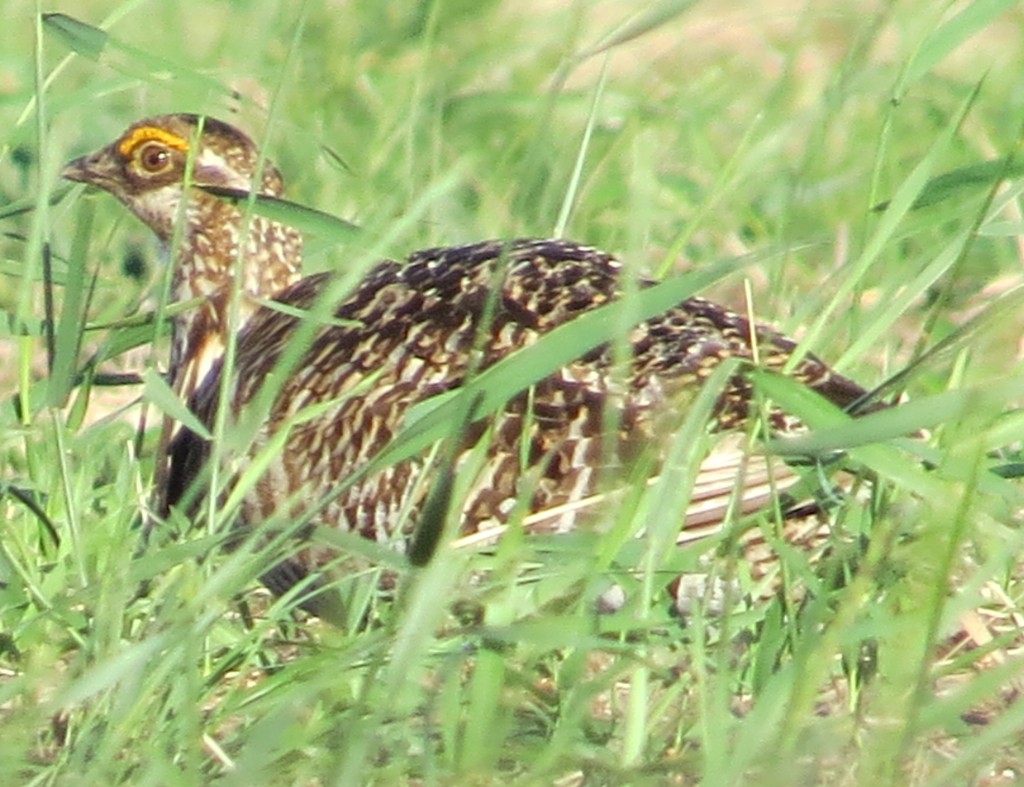

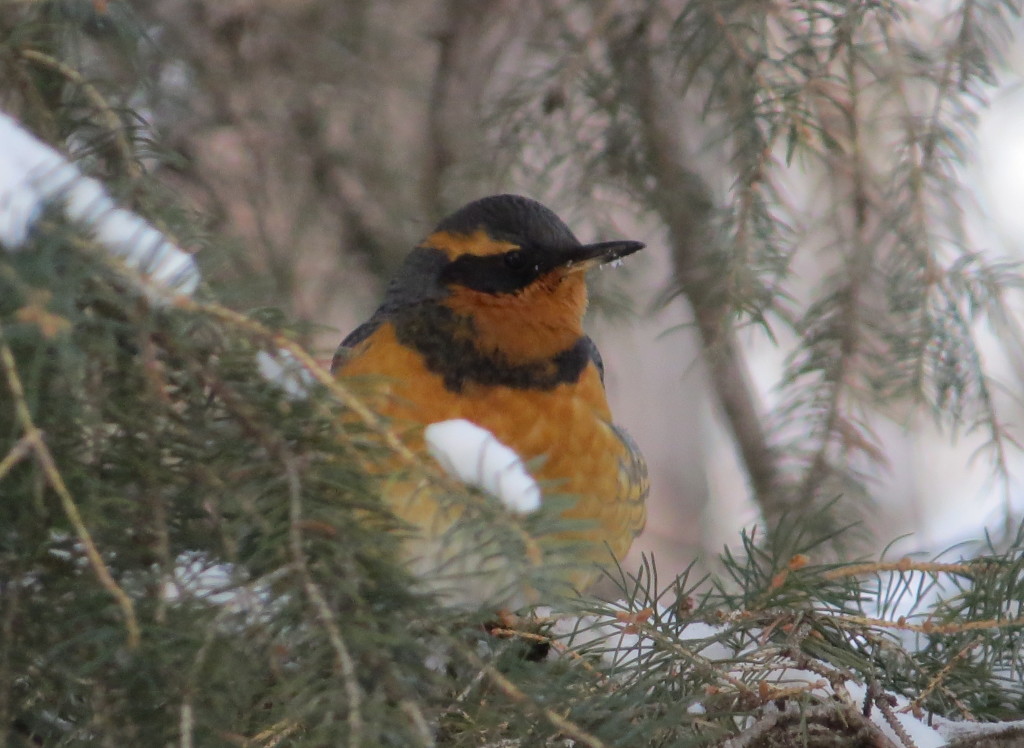
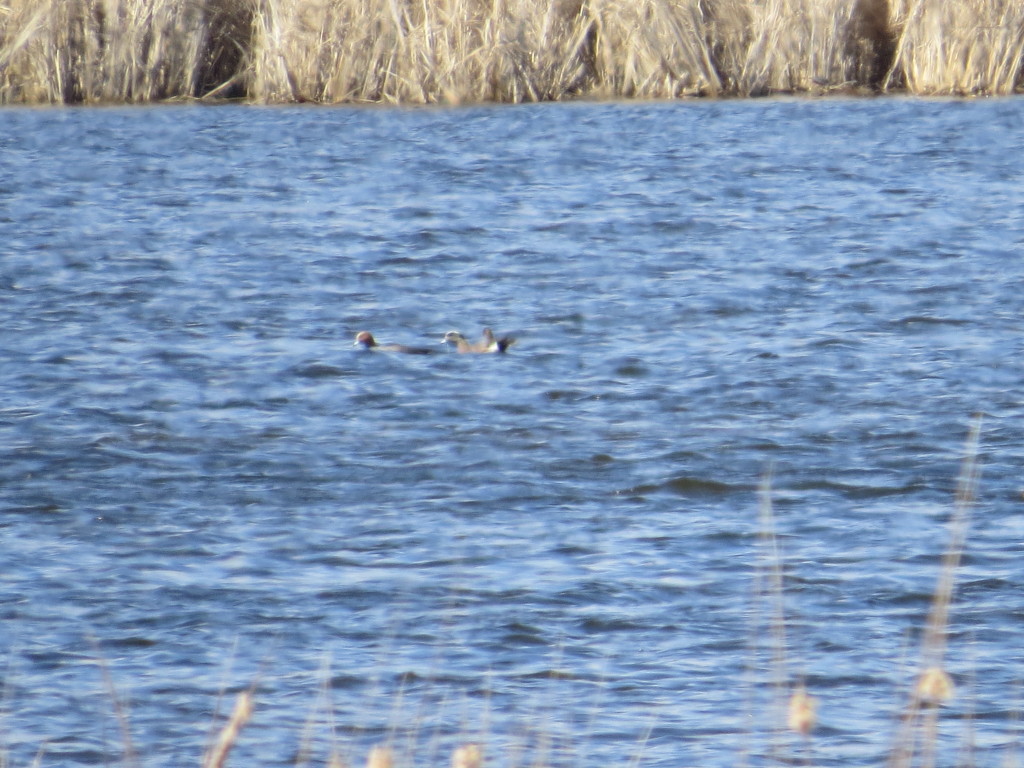
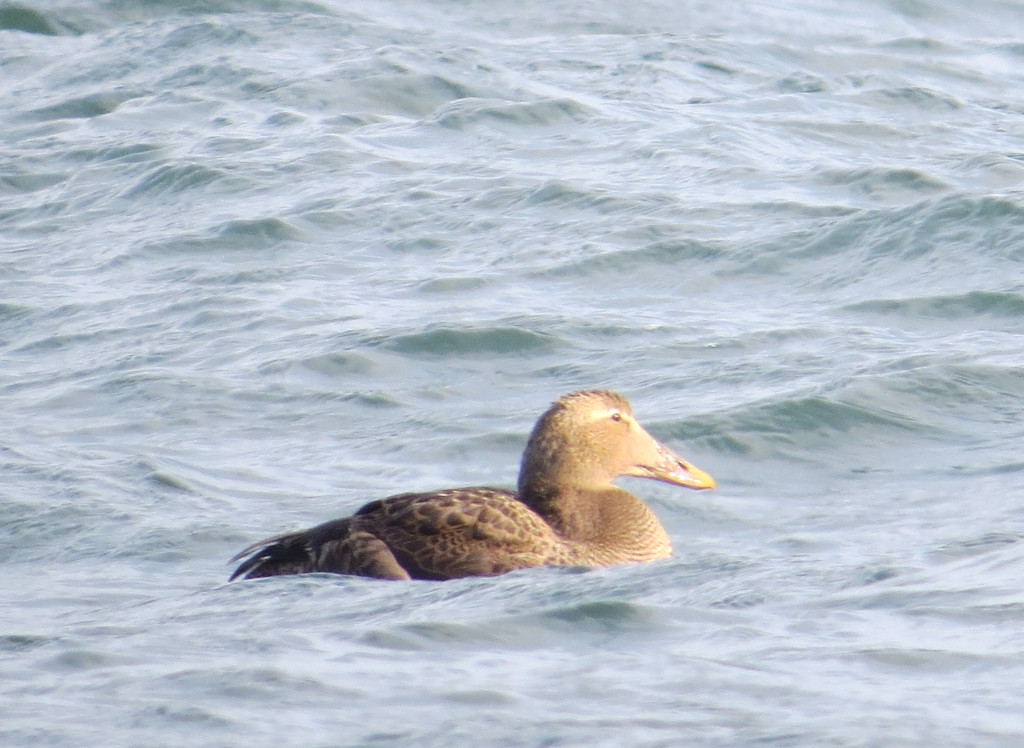
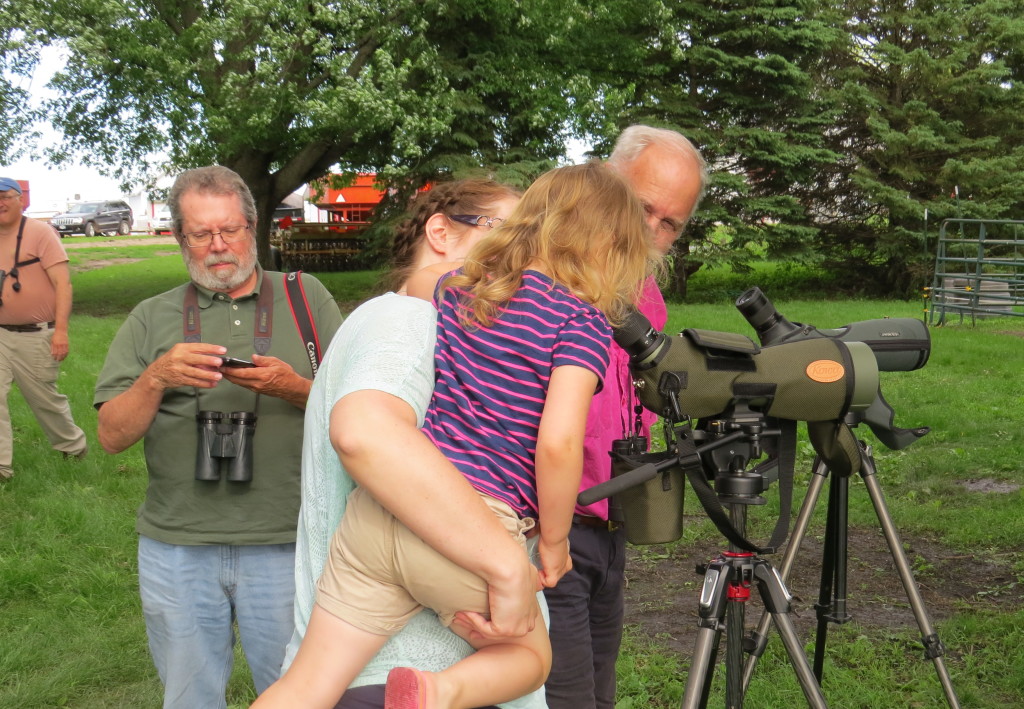
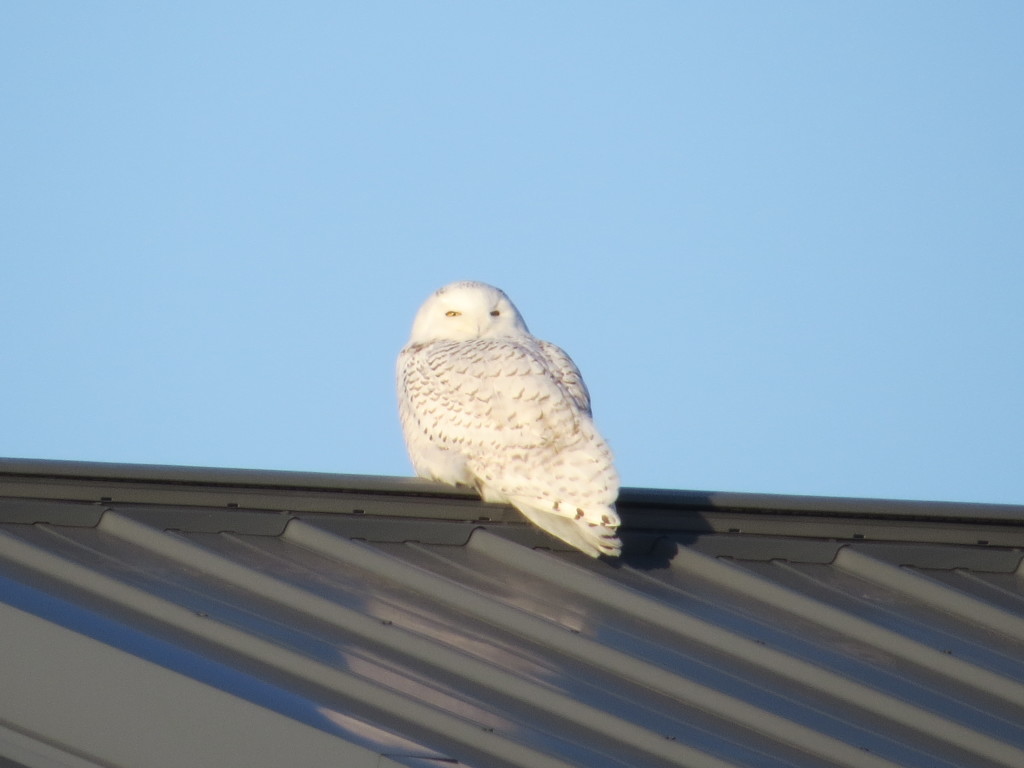
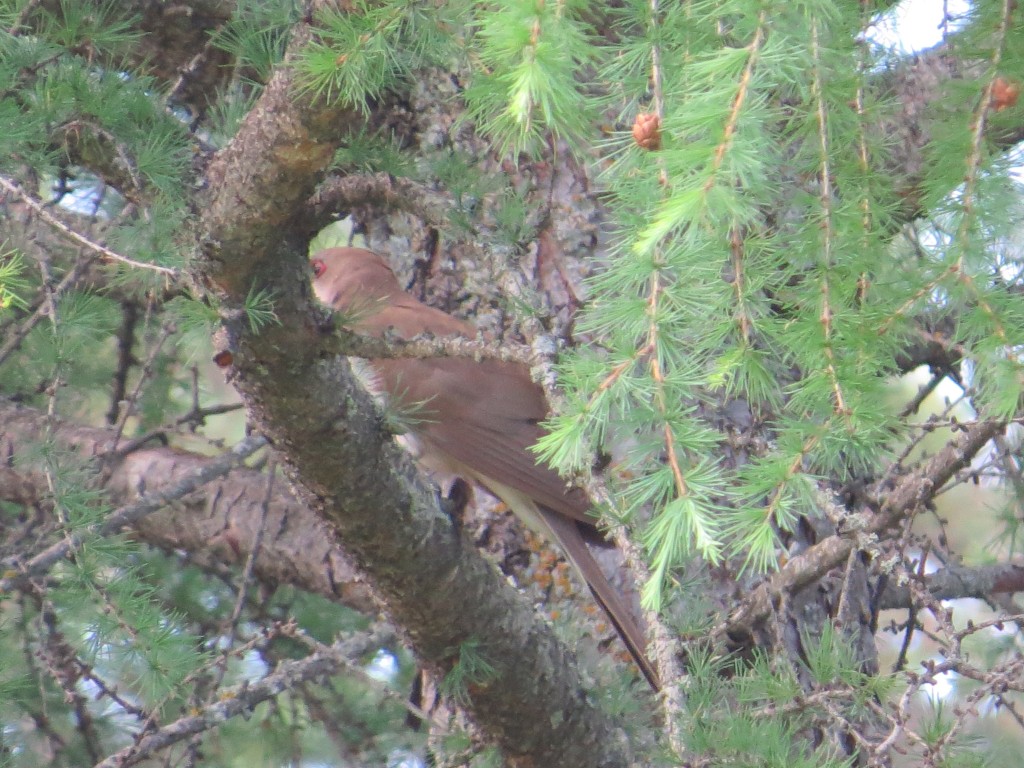
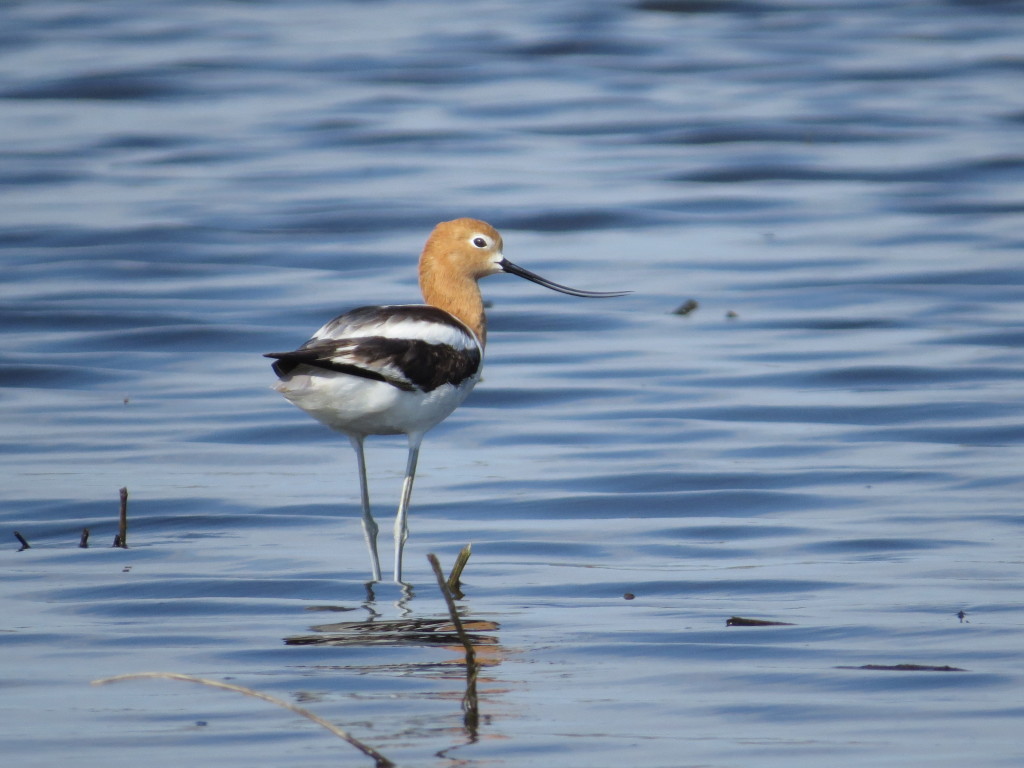
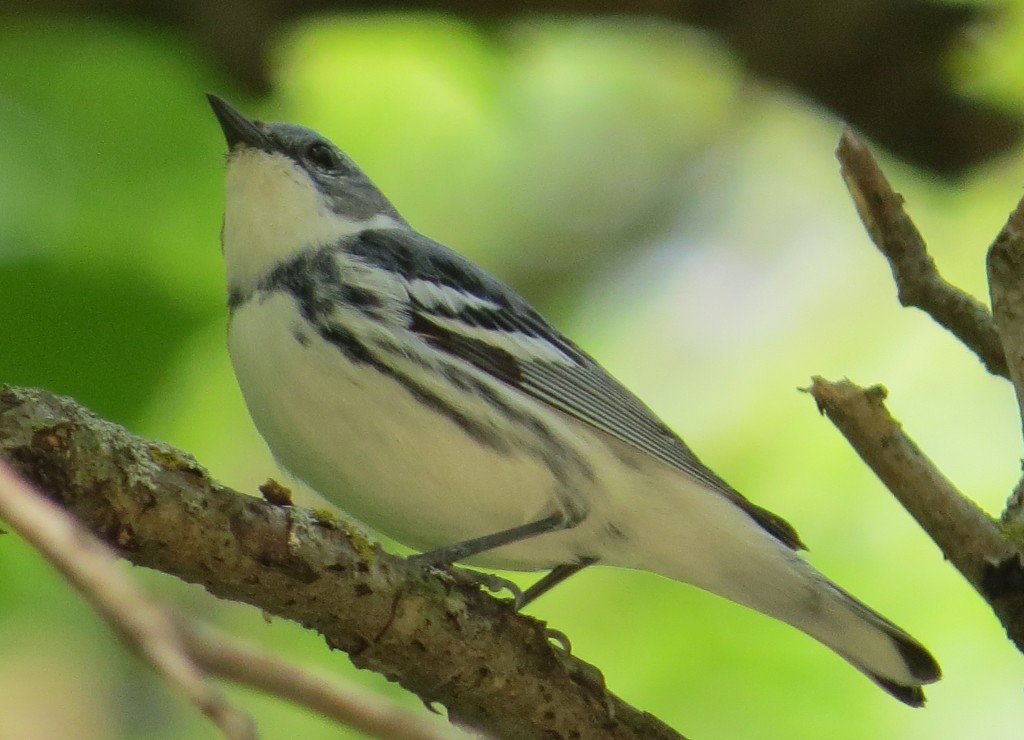 6. Chestnut-collared Longspur
6. Chestnut-collared Longspur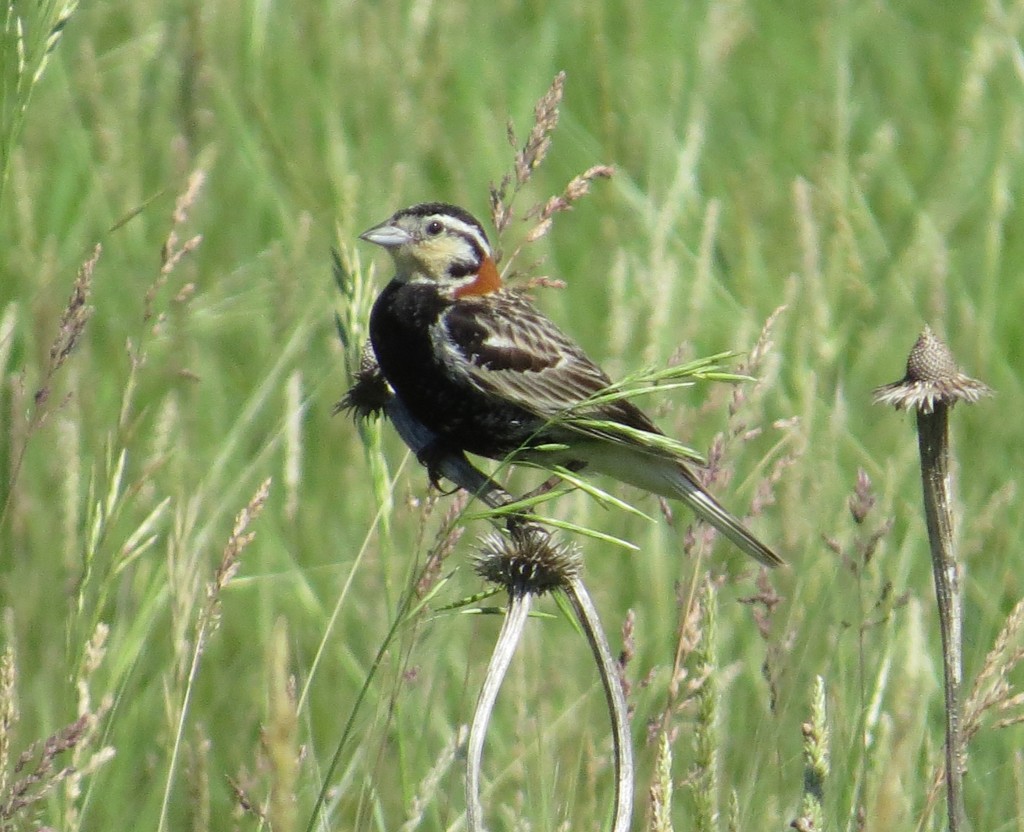
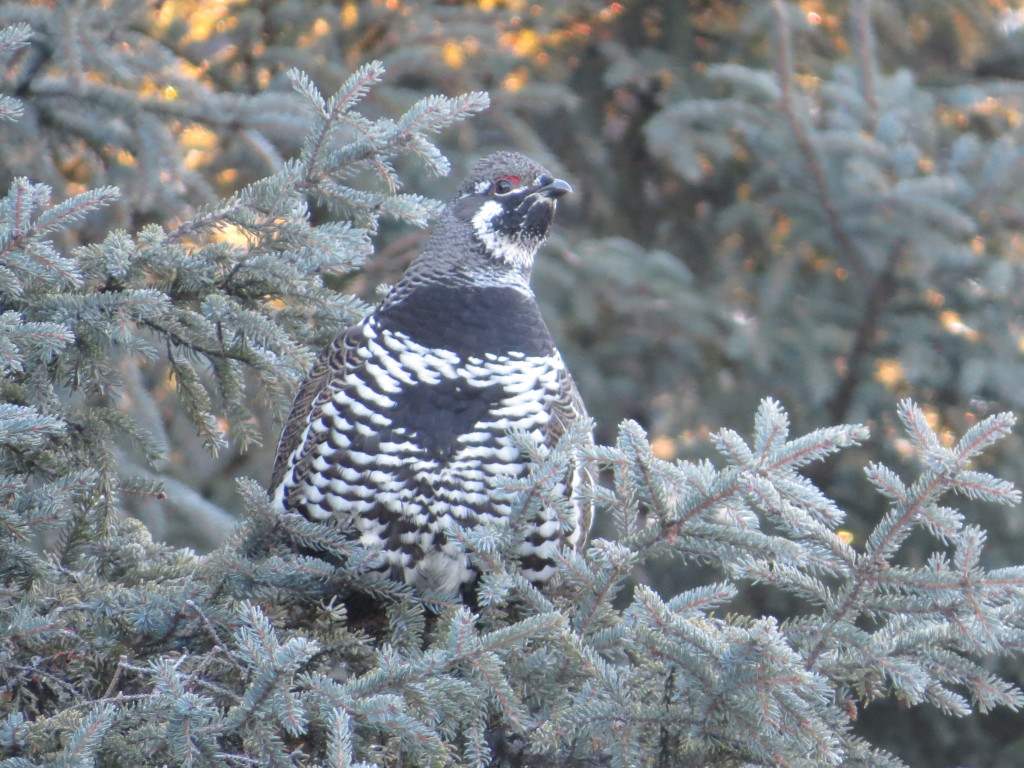
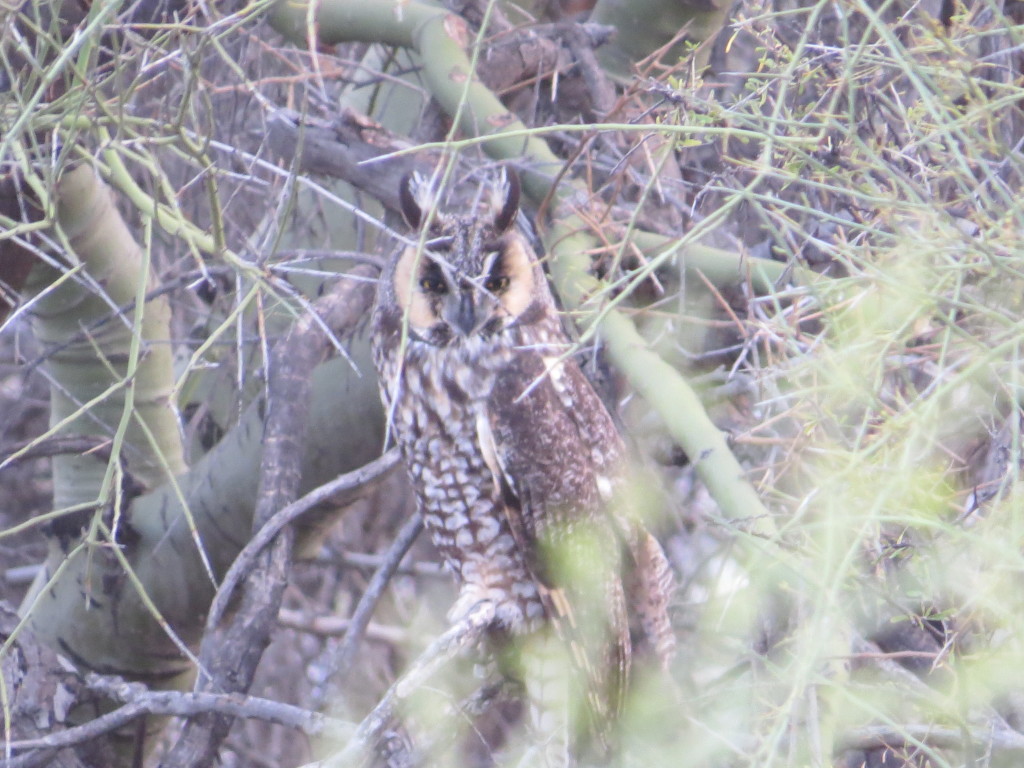
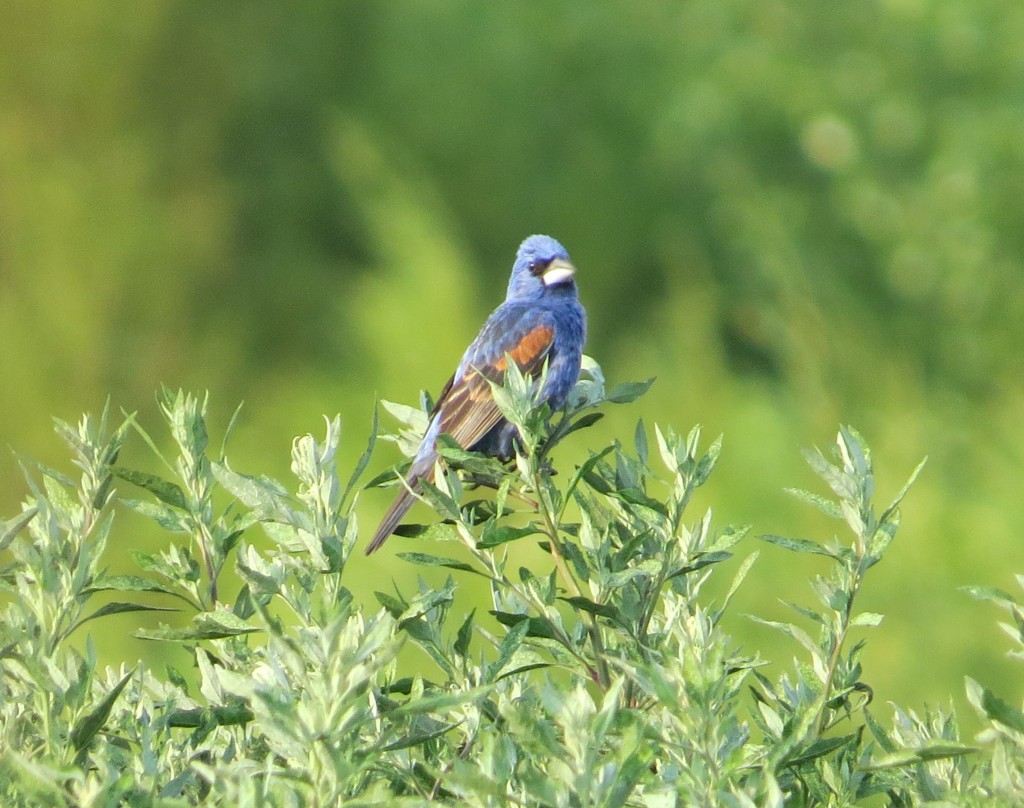
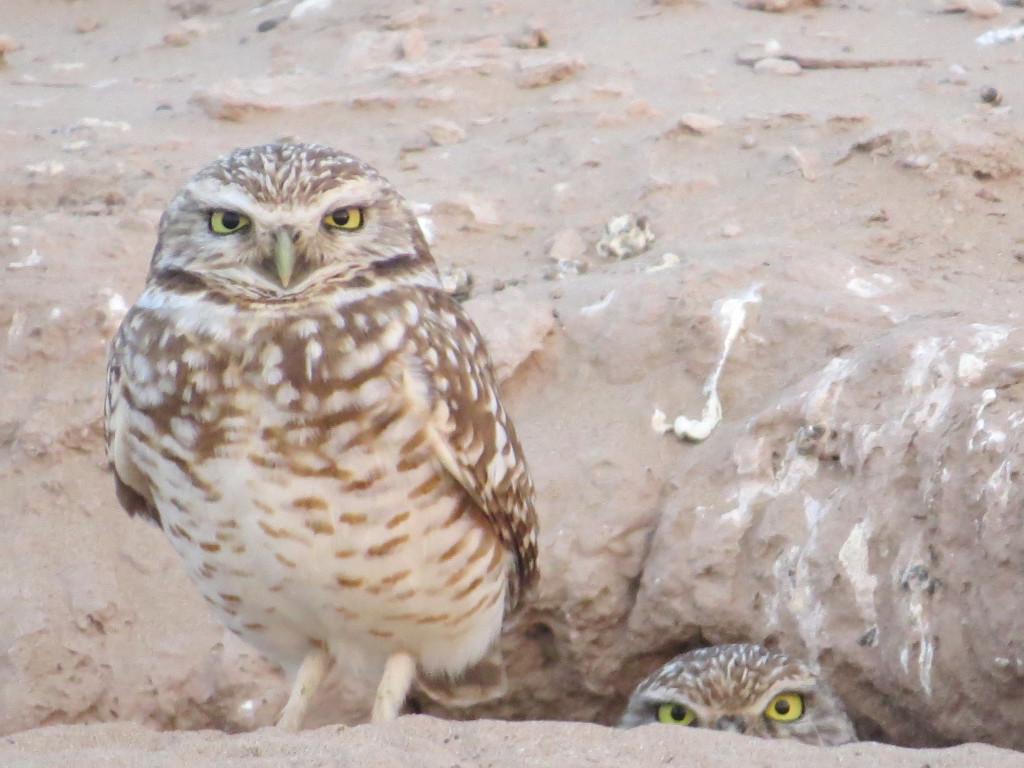
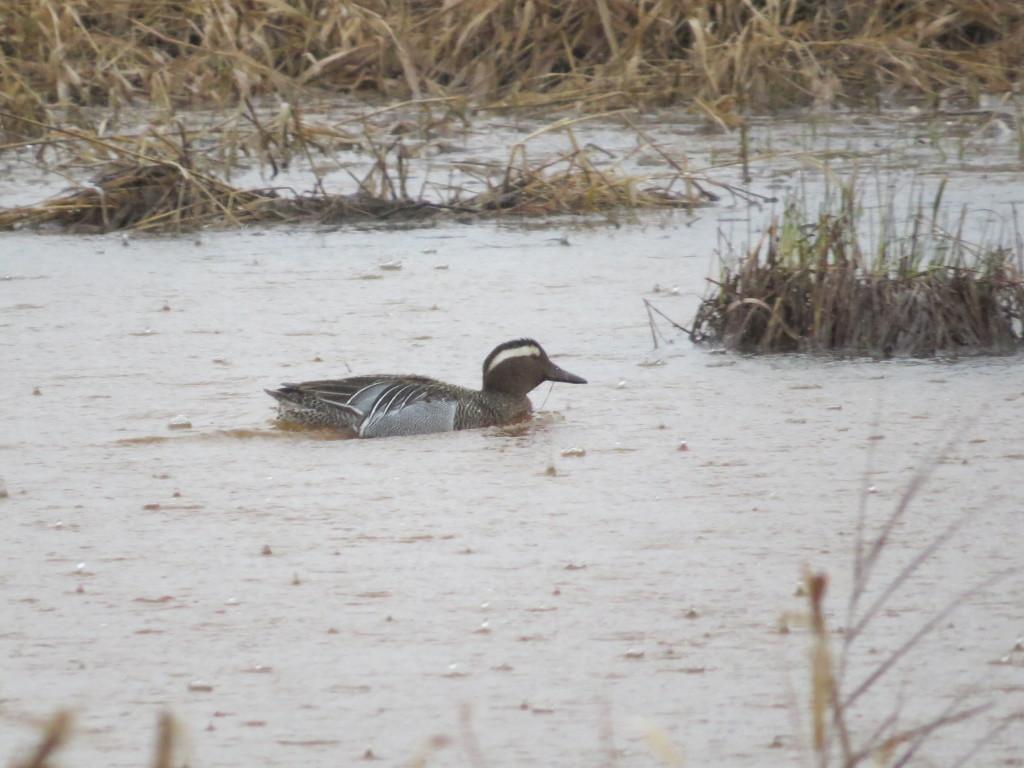
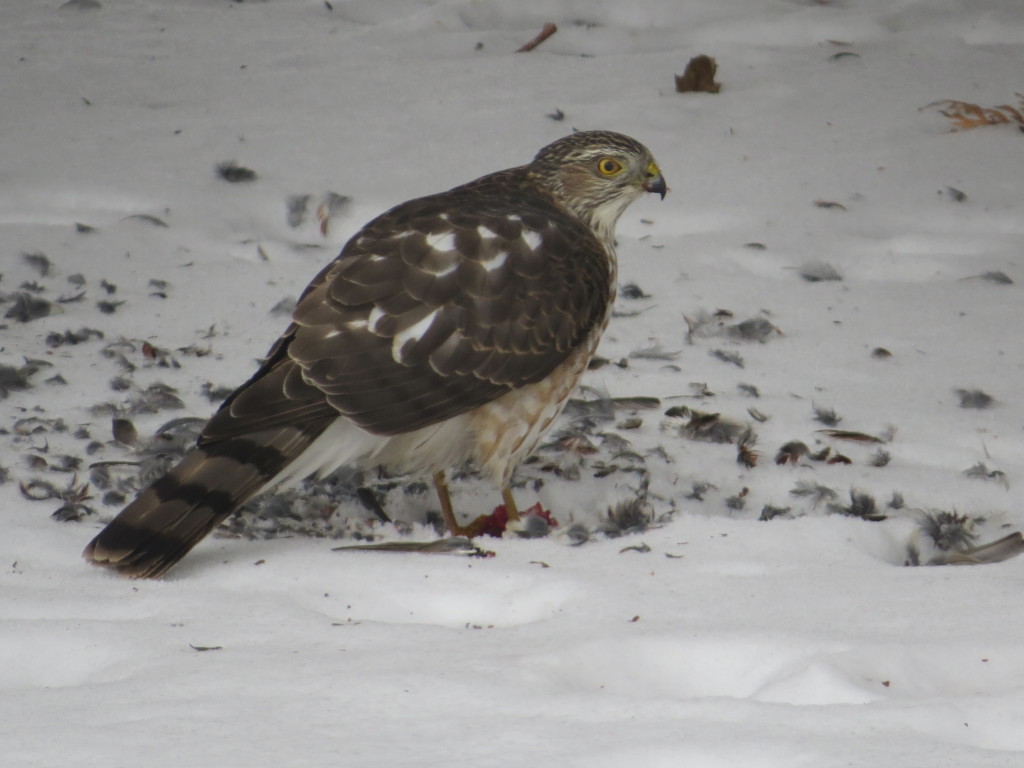
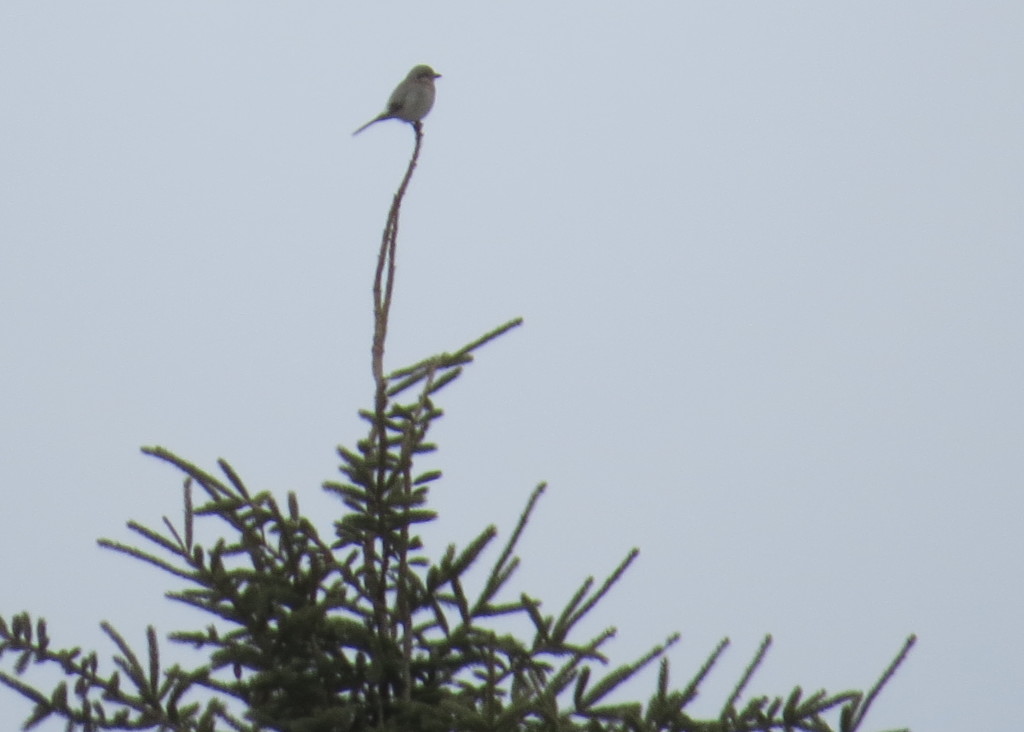
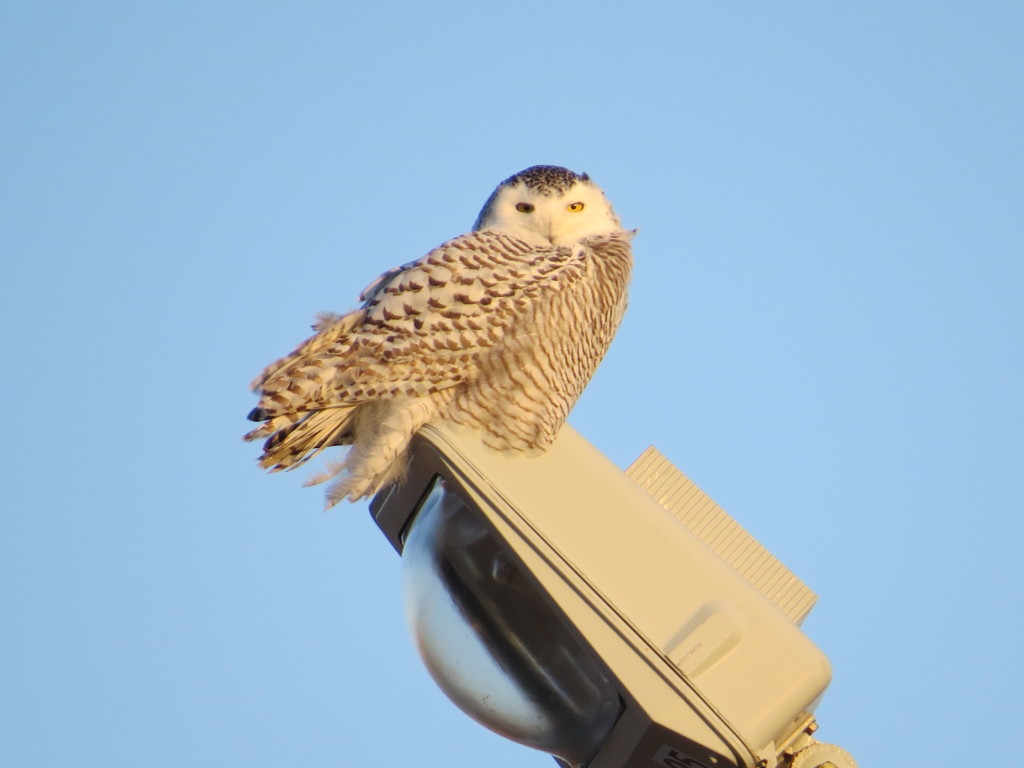
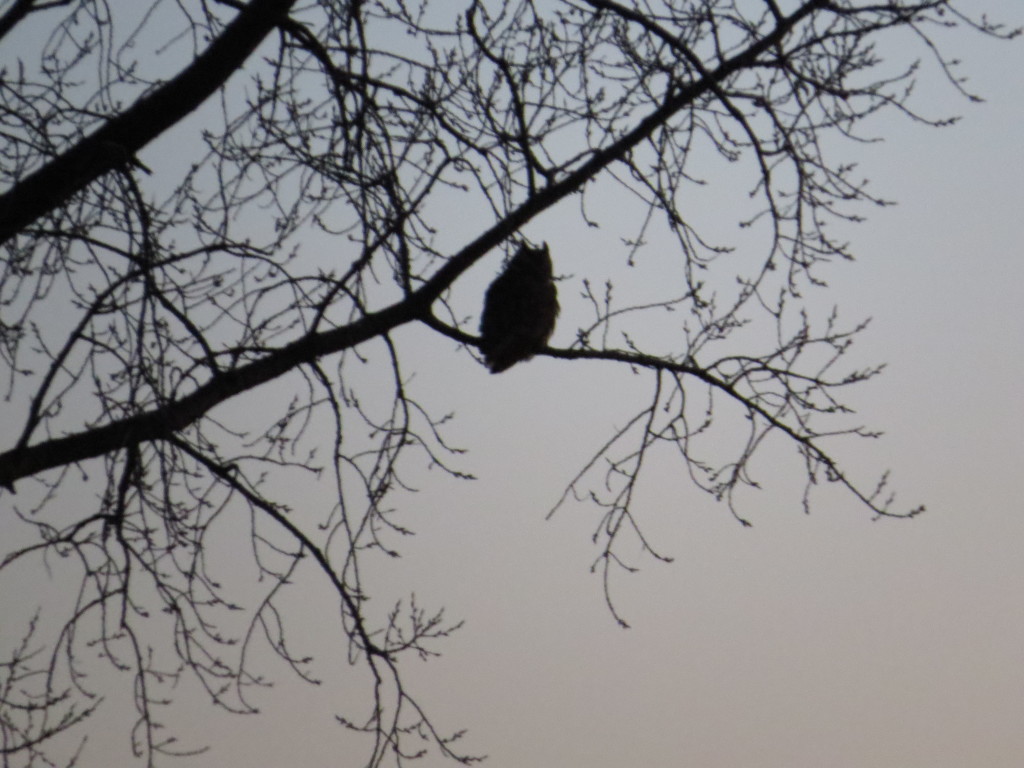 So as the sun sets on each winter day with minimal birding activity, thoughts drift more and more to spring migration and planned spring trips to Arizona and Montana, when the bird life will be overwhelming in new and old birds alike.
So as the sun sets on each winter day with minimal birding activity, thoughts drift more and more to spring migration and planned spring trips to Arizona and Montana, when the bird life will be overwhelming in new and old birds alike.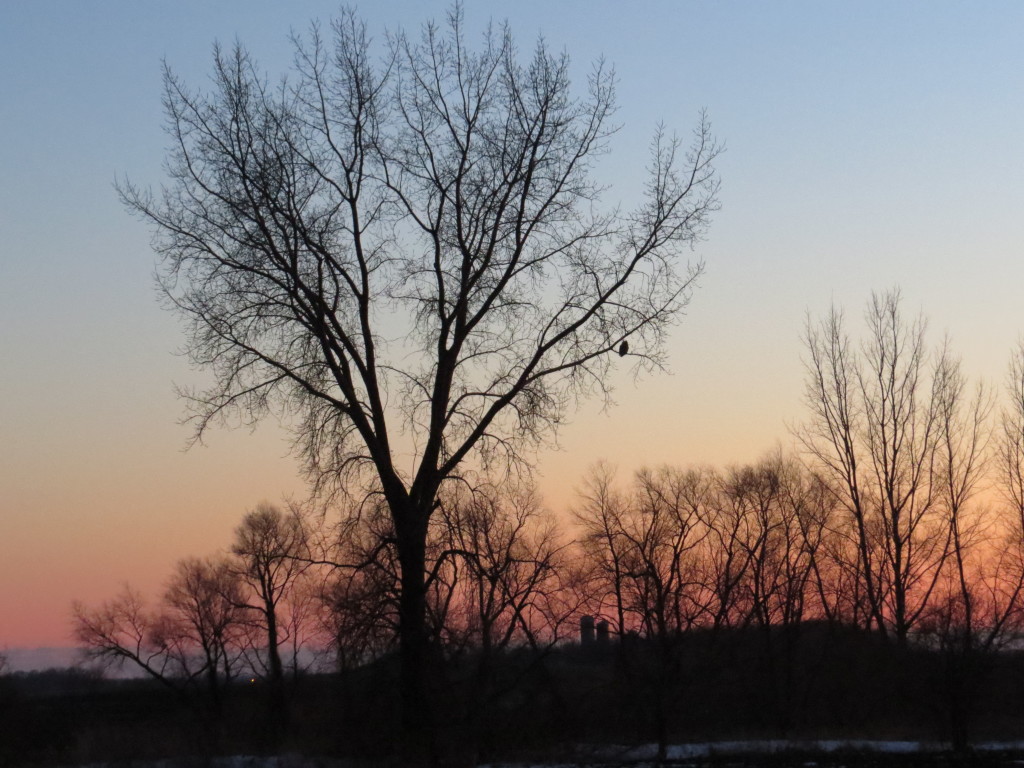
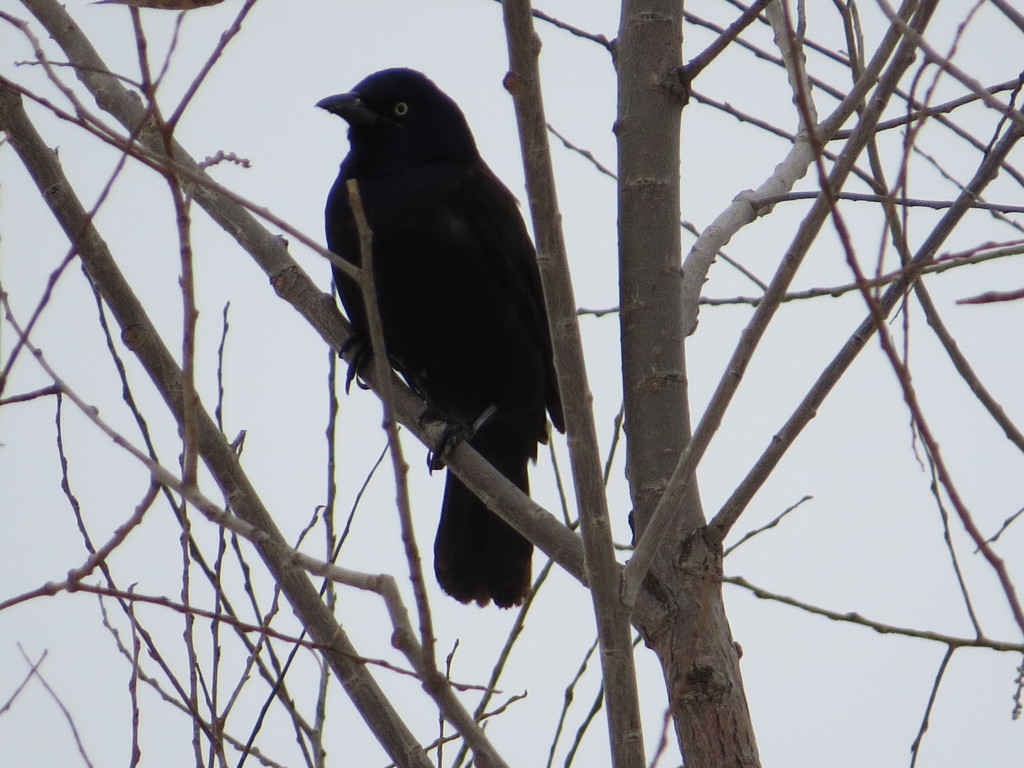 We also had the only Sharp-shinned Hawk of the day. He was feeder watching too.
We also had the only Sharp-shinned Hawk of the day. He was feeder watching too.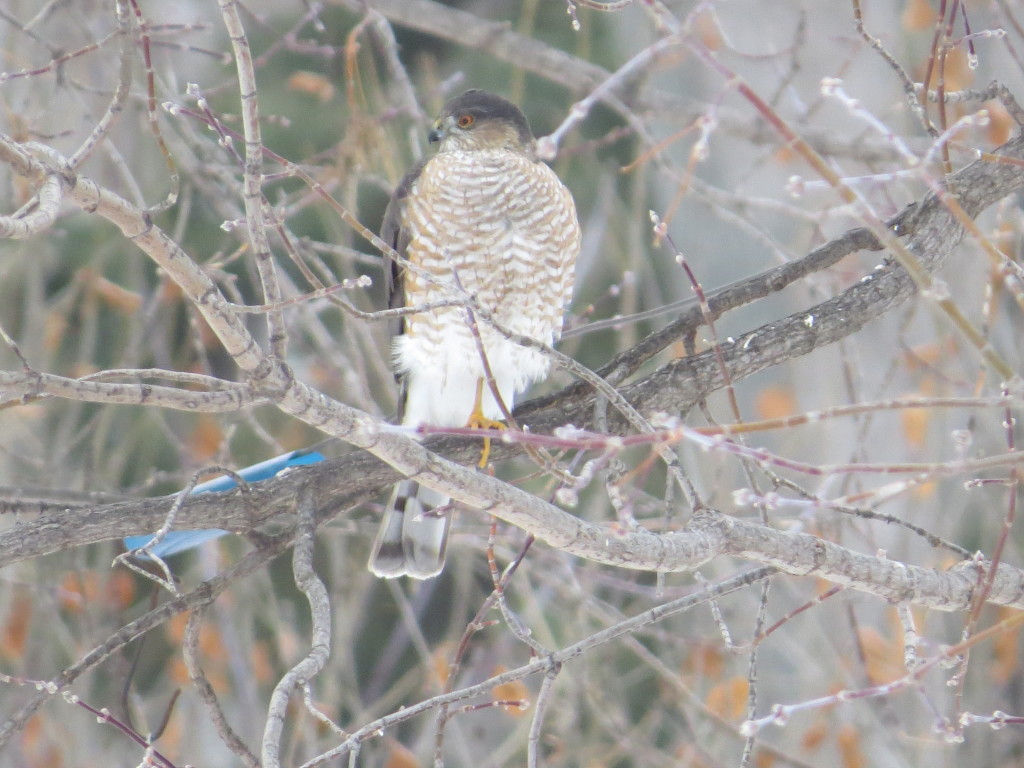
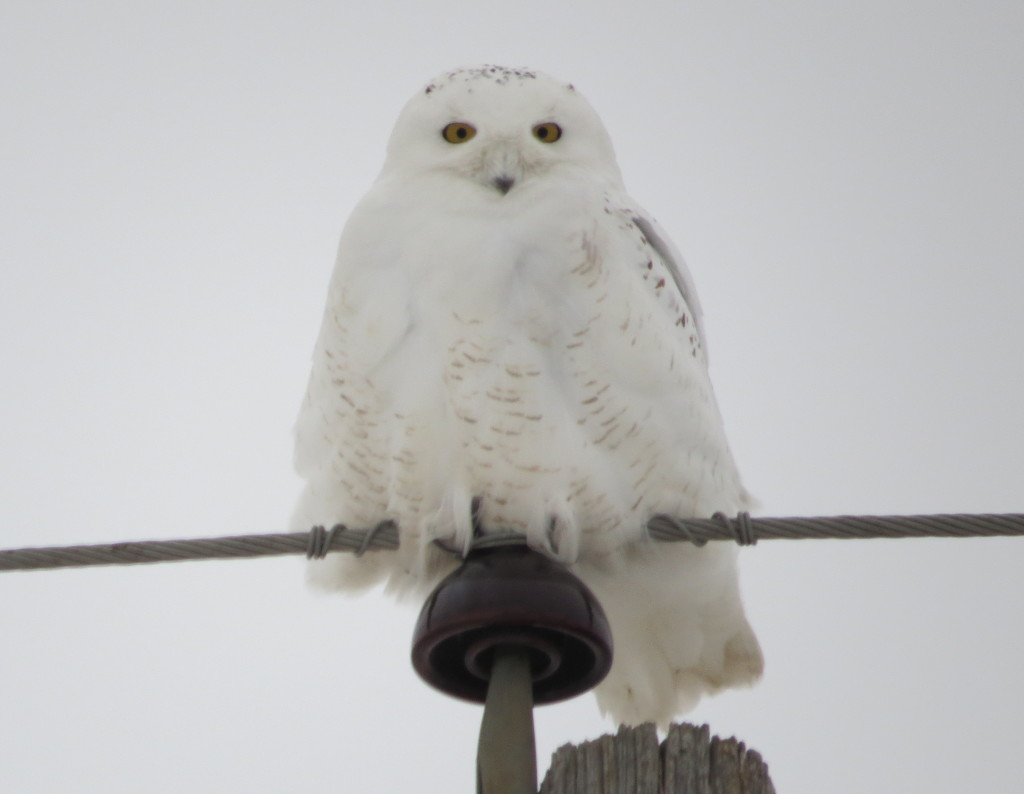
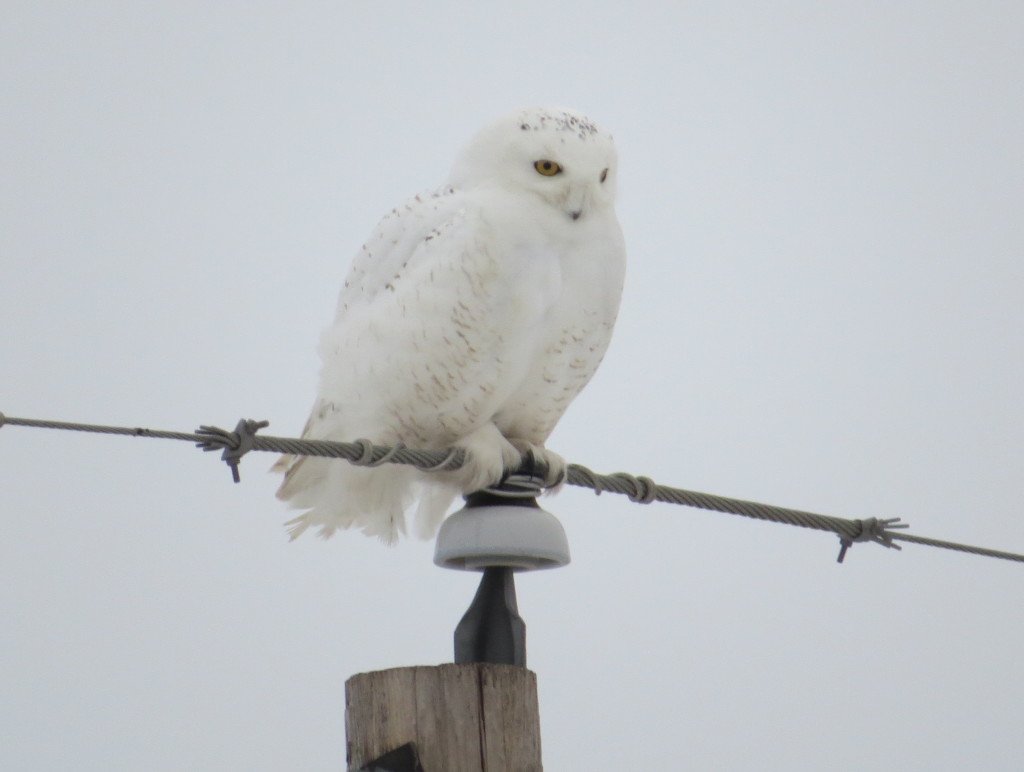
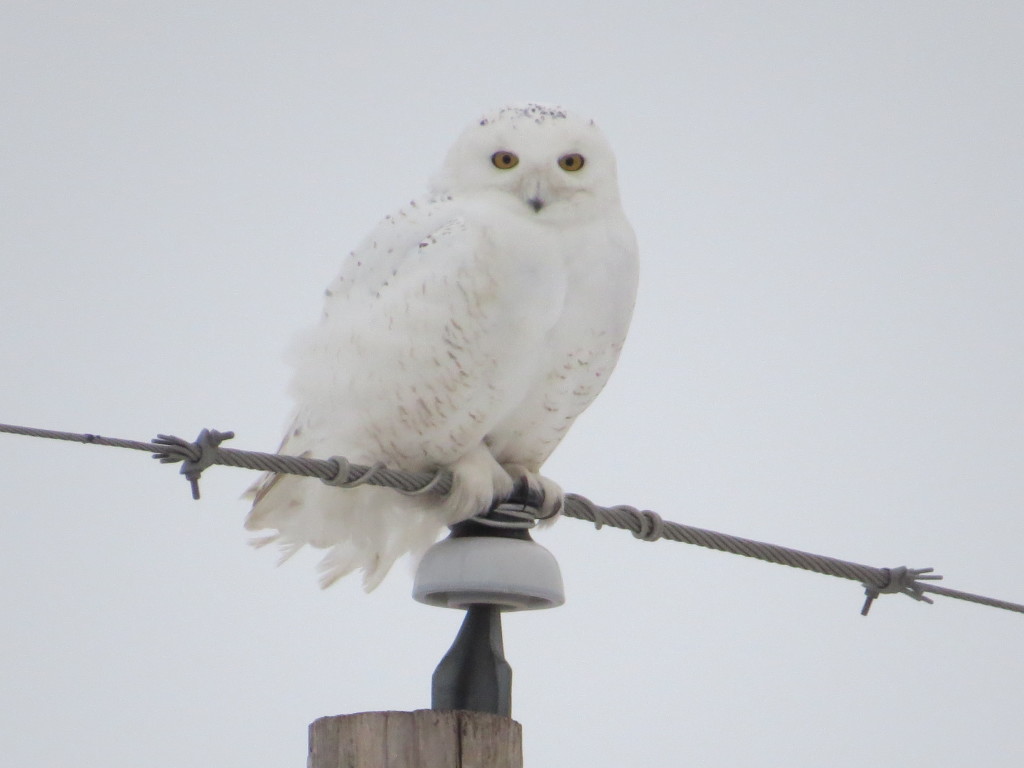
 10 and 2. Eyes straight. I couldn’t be distracted by birds and such on the drive; my focus was on the road and those who patrol it as we hurtled down the highway. With a slightly elevated heart rate for over three hours, I was racing to get home from Duluth and the North Shore to get on the scene of a great bird before sundown. The bird that had been upgraded to the top of the priority list that we were now straining to reach was none other than the Snowy Owl. And with a blizzard that was forecast to dump a lot of snow on us late that night, this was the last easy day to find a white bird.
10 and 2. Eyes straight. I couldn’t be distracted by birds and such on the drive; my focus was on the road and those who patrol it as we hurtled down the highway. With a slightly elevated heart rate for over three hours, I was racing to get home from Duluth and the North Shore to get on the scene of a great bird before sundown. The bird that had been upgraded to the top of the priority list that we were now straining to reach was none other than the Snowy Owl. And with a blizzard that was forecast to dump a lot of snow on us late that night, this was the last easy day to find a white bird.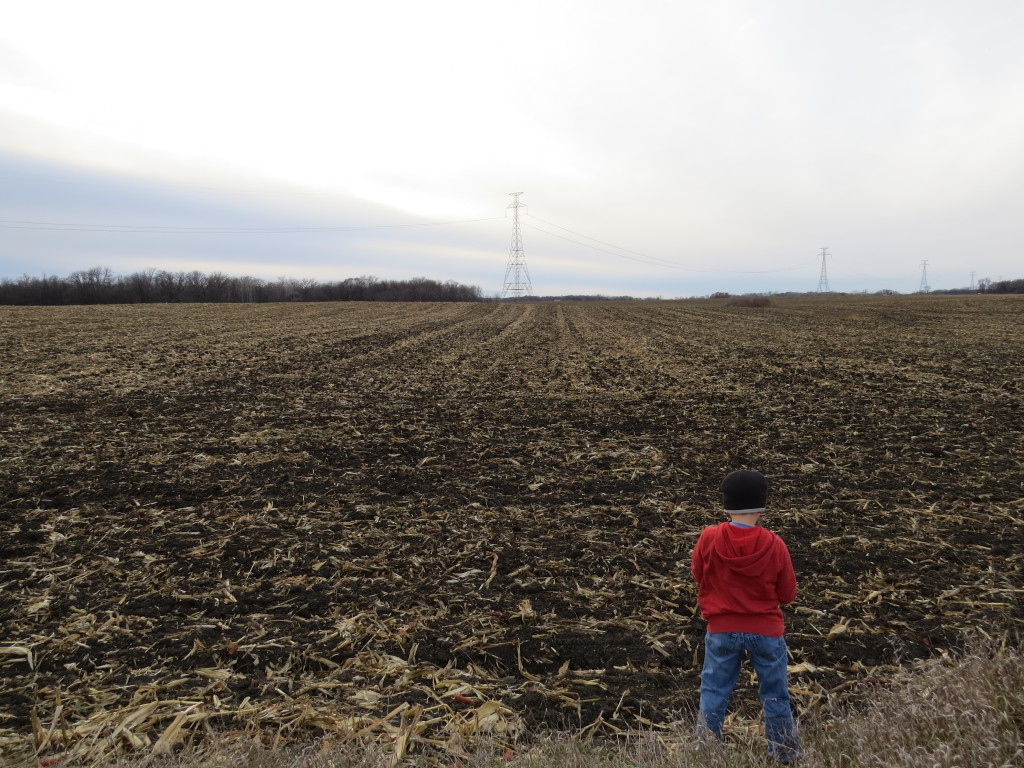
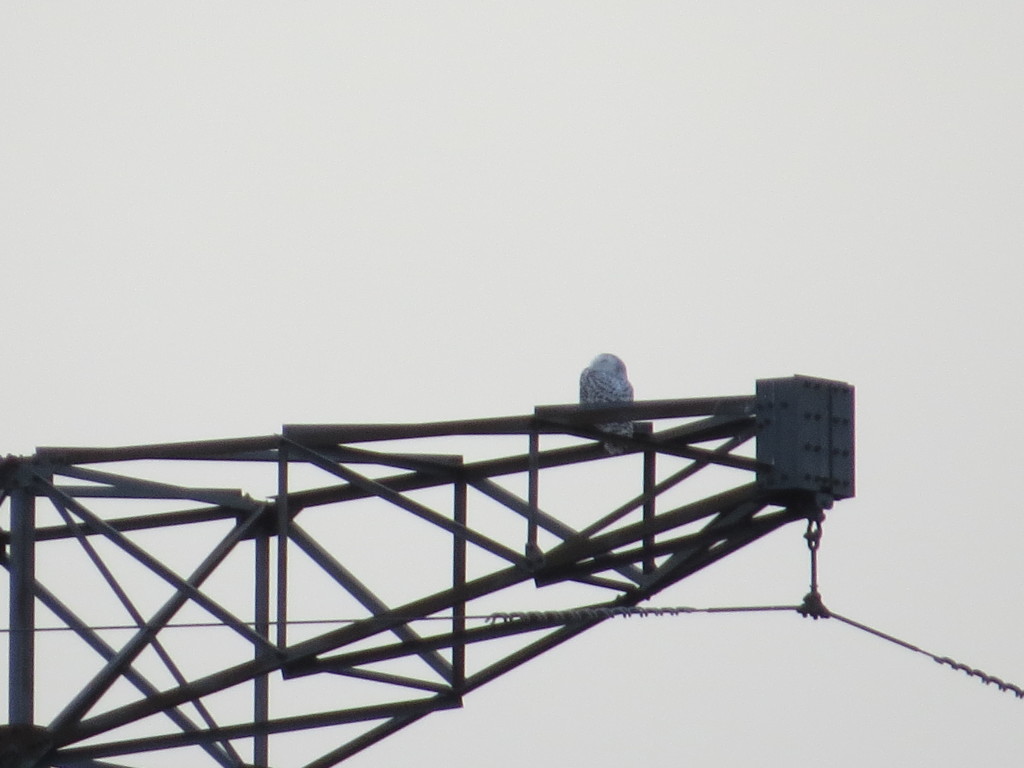
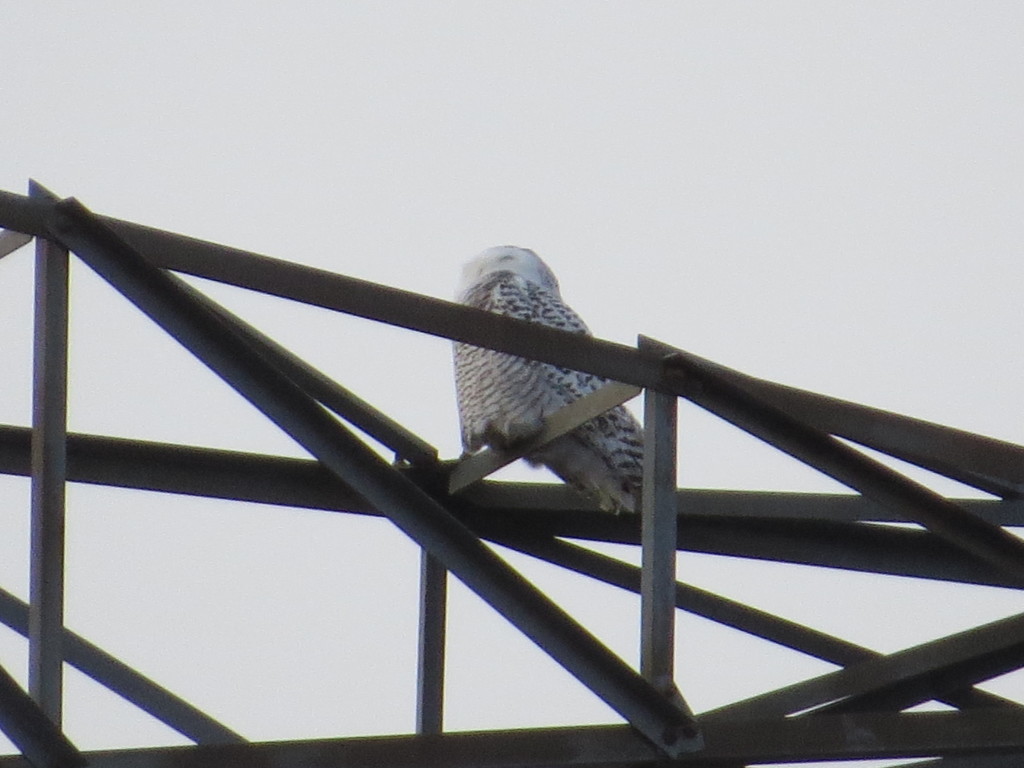 Just as shocking as the owl’s height was its coloration. Mike saw an all-white Snowy at 10 yards just 5 miles away a few days ago. This was definitely a second Snowy Owl. Are we in for an echo year of another big irruption? As of this writing, according to the sources Jeff Grotte has pulled together, there have now been 10 Snowies in Minnesota already! Jeff has put together a great Facebook group called “Owl About Minnesota” with lots of great photos and intel.
Just as shocking as the owl’s height was its coloration. Mike saw an all-white Snowy at 10 yards just 5 miles away a few days ago. This was definitely a second Snowy Owl. Are we in for an echo year of another big irruption? As of this writing, according to the sources Jeff Grotte has pulled together, there have now been 10 Snowies in Minnesota already! Jeff has put together a great Facebook group called “Owl About Minnesota” with lots of great photos and intel.